Best full-frame mirrorless camera 2025: top options from Canon, Sony, Nikon and more
The top full-frame mirrorless cameras you can buy today
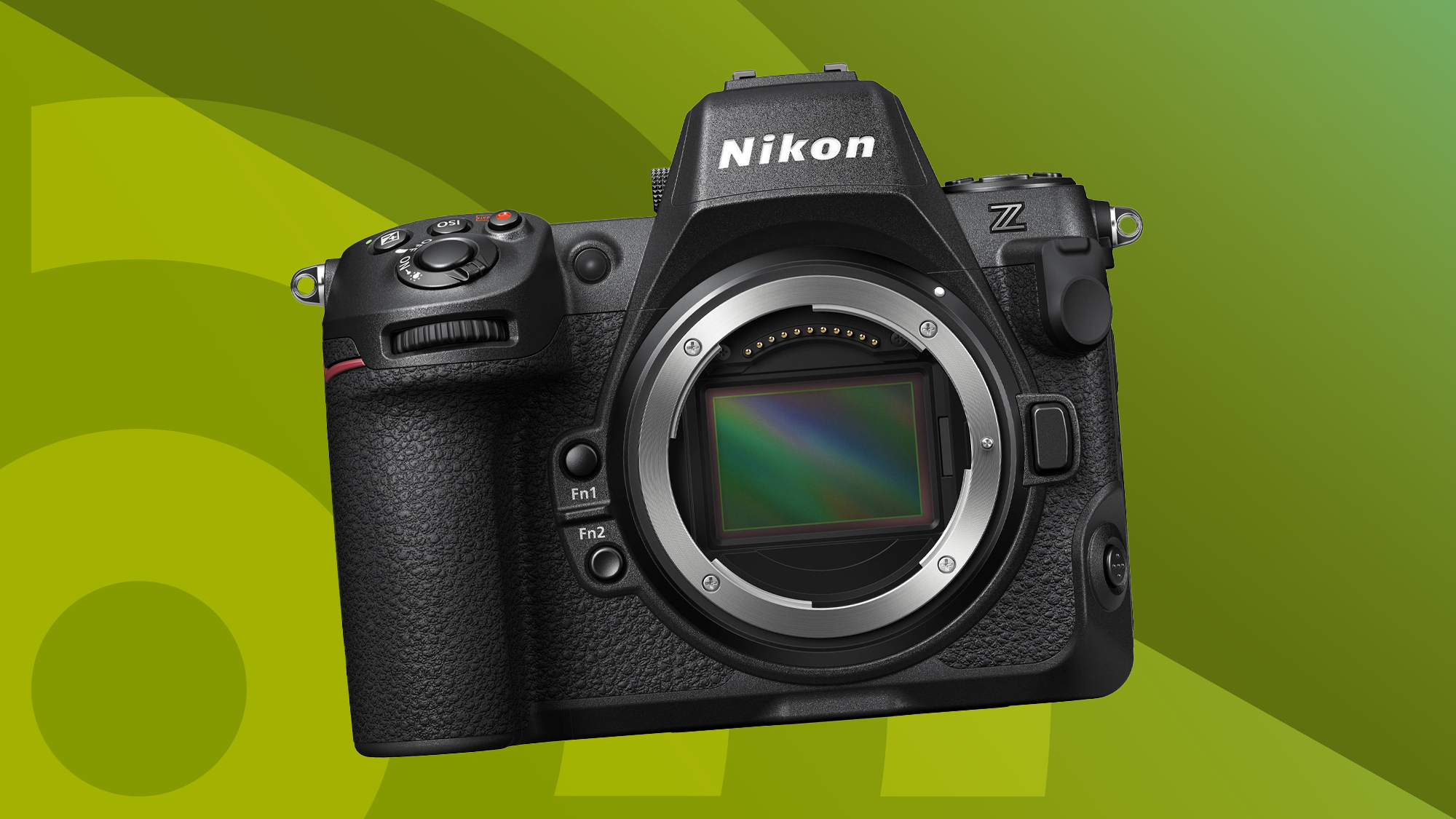
The best full-frame mirrorless cameras are at the forefront of photography in 2025, and increasingly for video too. Combining a large sensor with rapid burst speeds, cutting-edge autofocus and often powerful video performance, the top options from the likes of Canon, Nikon and Sony are right up there with the best cameras you can buy today.
Such is the standard of full-frame mirrorless performance that choosing the right one can be a challenge. That’s why we’ve put together this guide, to help you find the ideal camera for what you want to shoot. We’ve extensively tested the best options and highlighted our top picks for each type of photographer and filmmaker, whether you prioritize speed or detail, or want the best of both.
If we had to pick a personal favorite, it would be the Nikon Z8. A hybrid workhorse with a high-res sensor and relatively compact proportions, it sets the standard for full-frame image versatility. But you’ll find a lot more depth below, with specific camera recommendations for different needs and budgets, plus further buying tips and links to today's best prices from trusted retailers.
Top 3 picks
The summary below will give you an instant overview of the best full-frame mirrorless cameras you can buy in 2025. When you find one that fits your needs and budget, use the links beneath each entry to read our in-depth review.
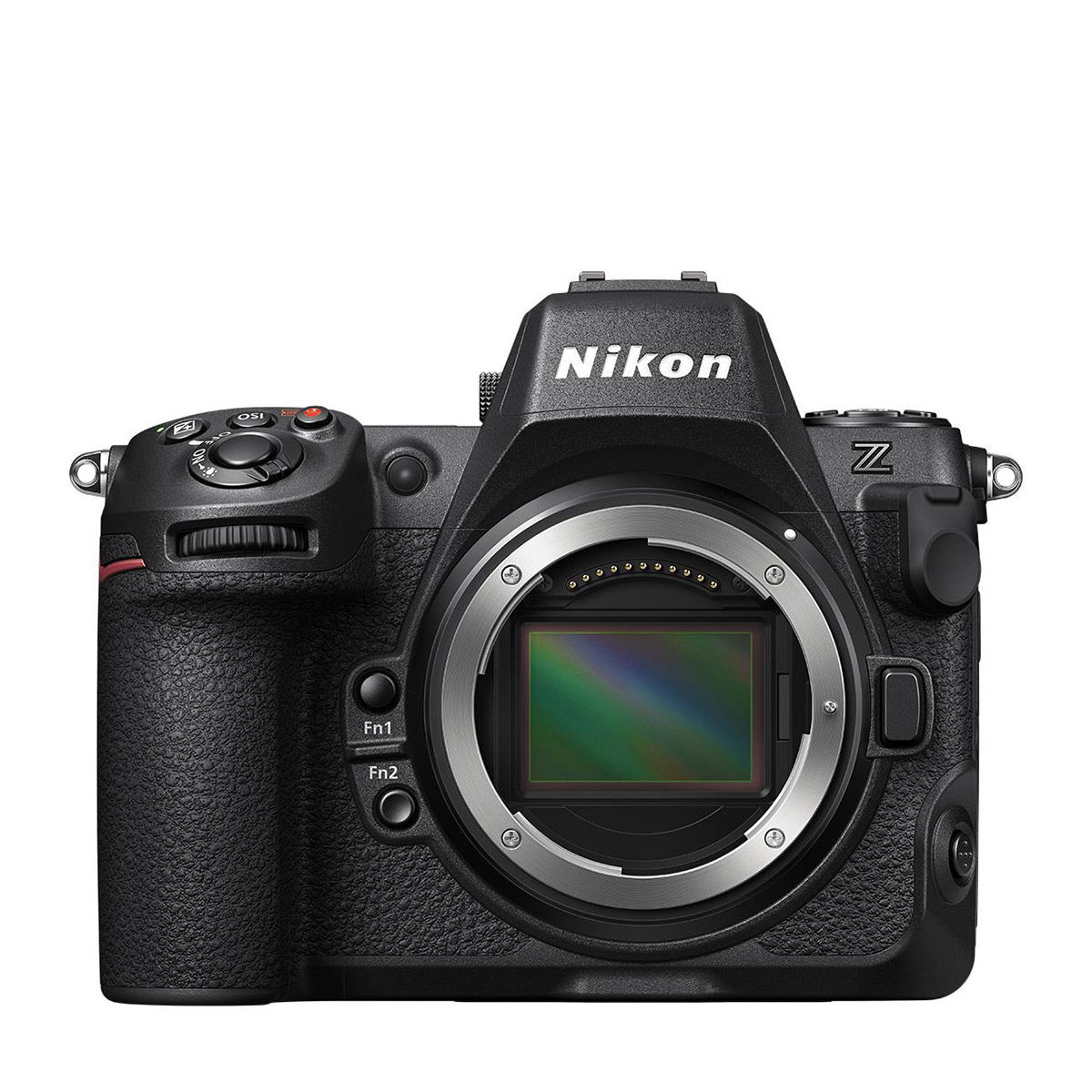
The best hybrid
Putting the power of the Z9 into a smaller body, the Nikon Z8 is a pro hybrid that shoots stunning stills and video with its cutting-edge 45.7MP sensor.
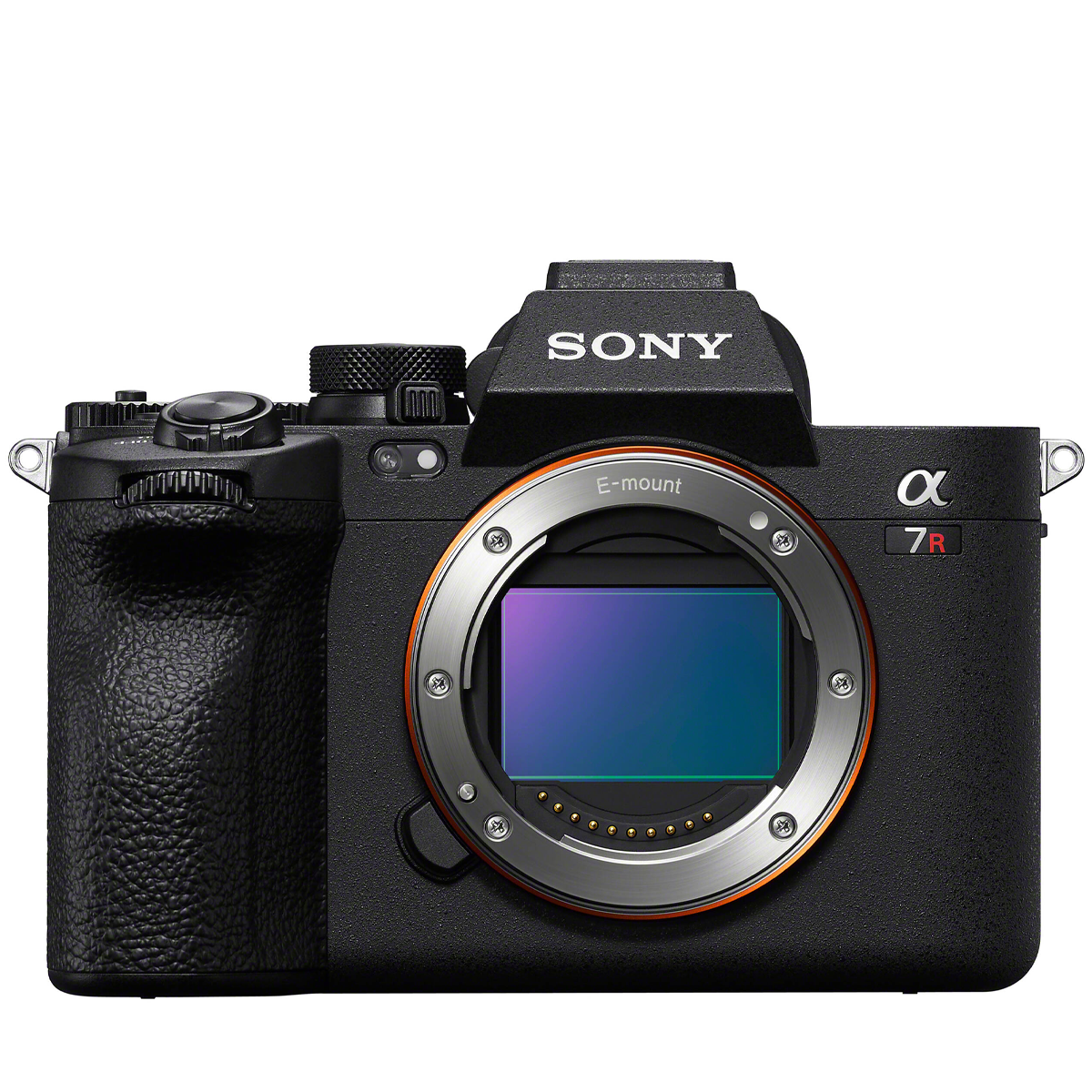
The best for detail
A powerful processor, excellent autofocus and high-res 61MP sensor combine to produce outstanding image quality when paired with the best glass.
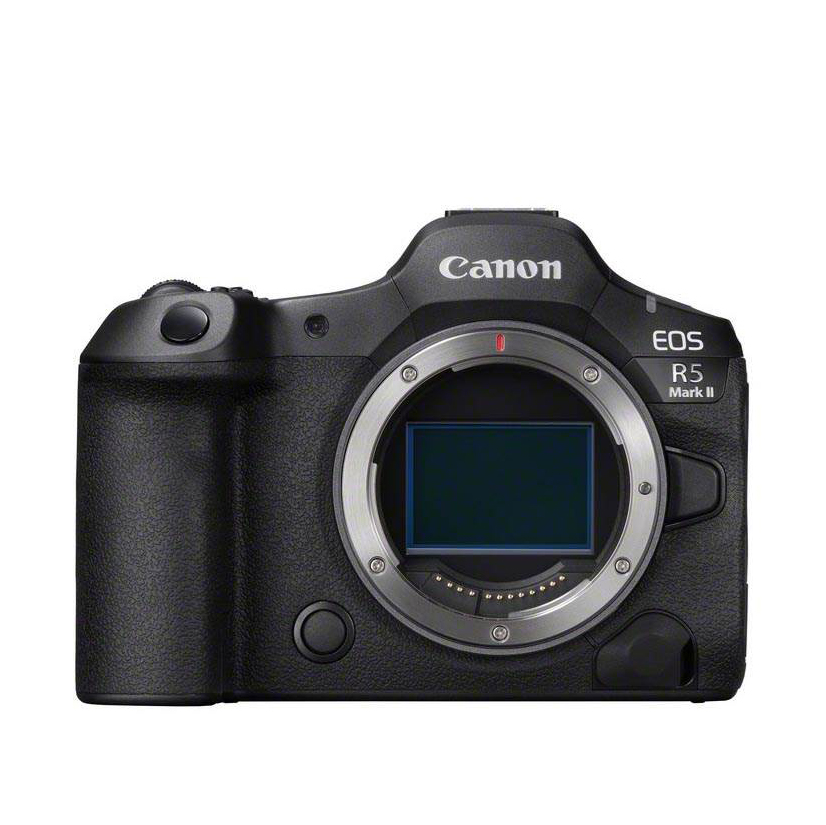
The best Canon
Canon’s best-ever stills camera combines cutting-edge AF, solid IBIS and a 45MP sensor with in-camera upscale editing, making it a powerful and versatile tool for full-frame photography and video.
Best by use-case
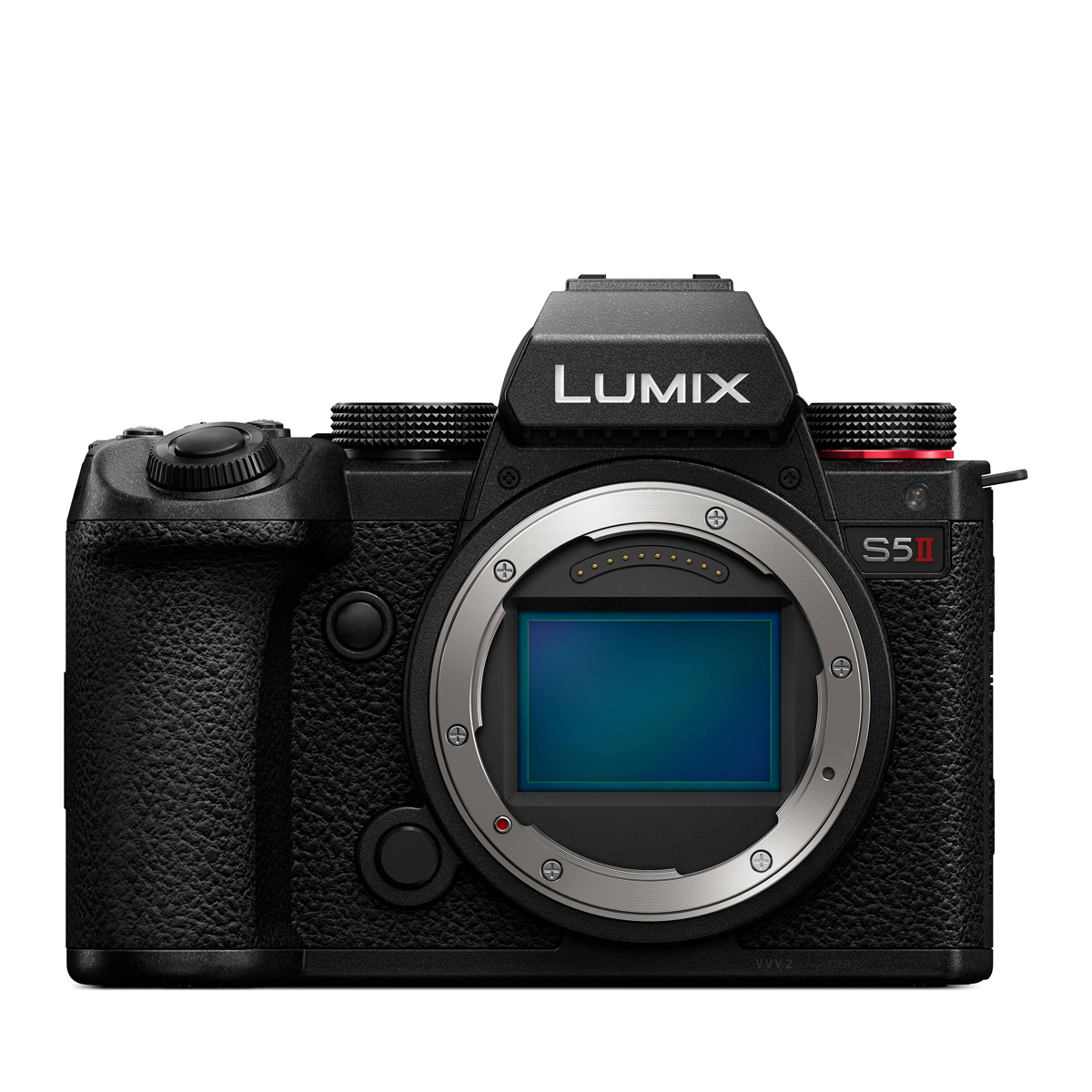
The best for video
Capturing uncropped 6K/30p video with the help of phase detection AF, the Lumix S5 II picks up from its predecessor as a powerhouse for video creators.
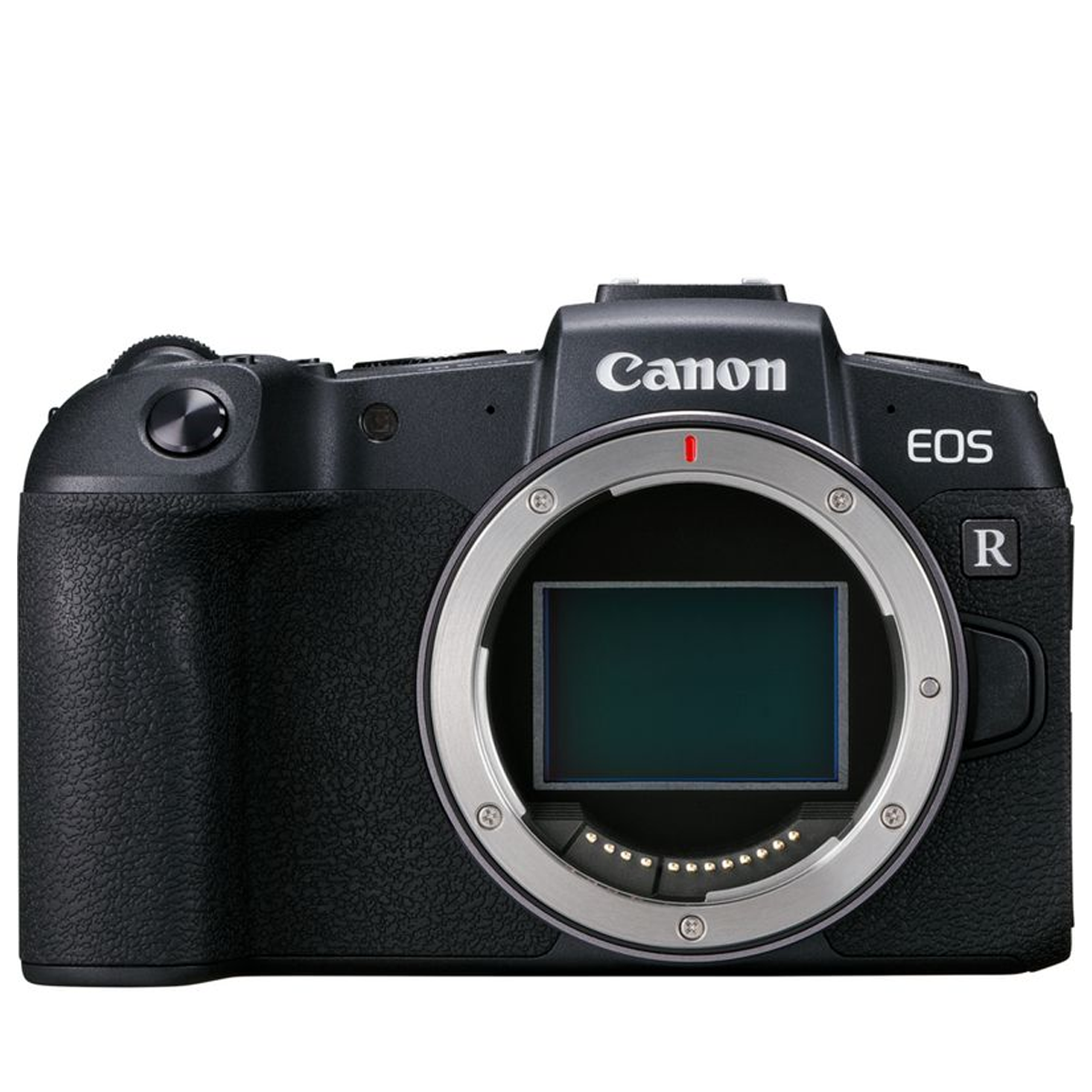
The best cheap option
Cheap is a relative term, but the Canon EOS RP is a compact, feature-packed full-frame mirrorless camera that represents great value for money.
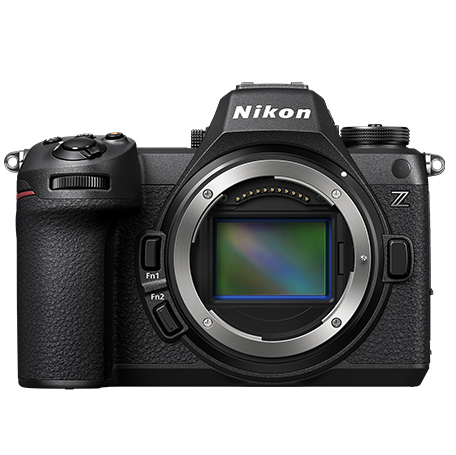
Nikon's best full-frame for most people
A surprisingly big upgrade from the Z6 II, the Z6 III has better autofocus, shooting speed and video performance, plus it costs much less than the Z8.
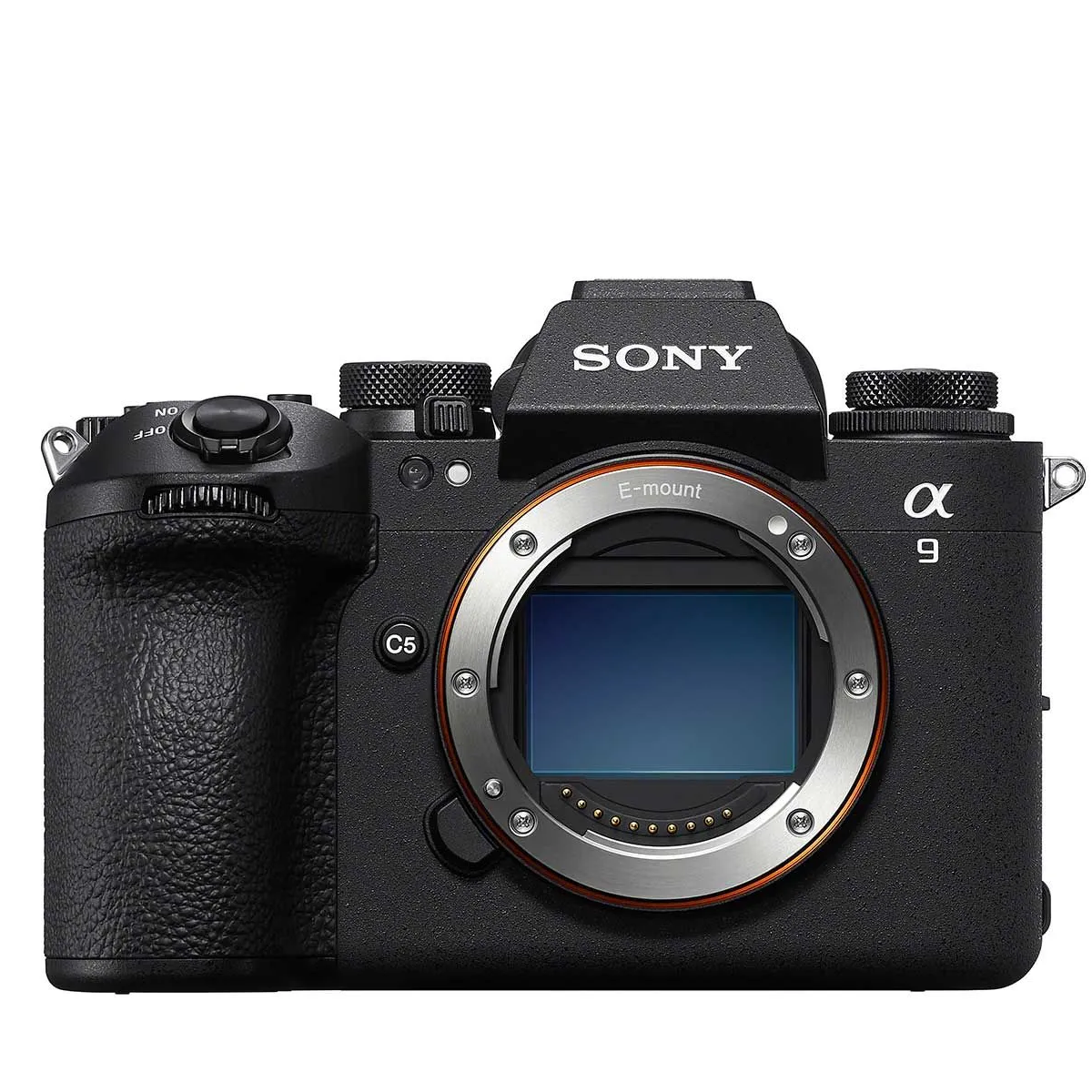
The best for speed
Thanks to a global shutter and rapid Bionz XR processor, the Sony A9 III can shoot at up to 120fps, making it a clear winner in the speed stakes.
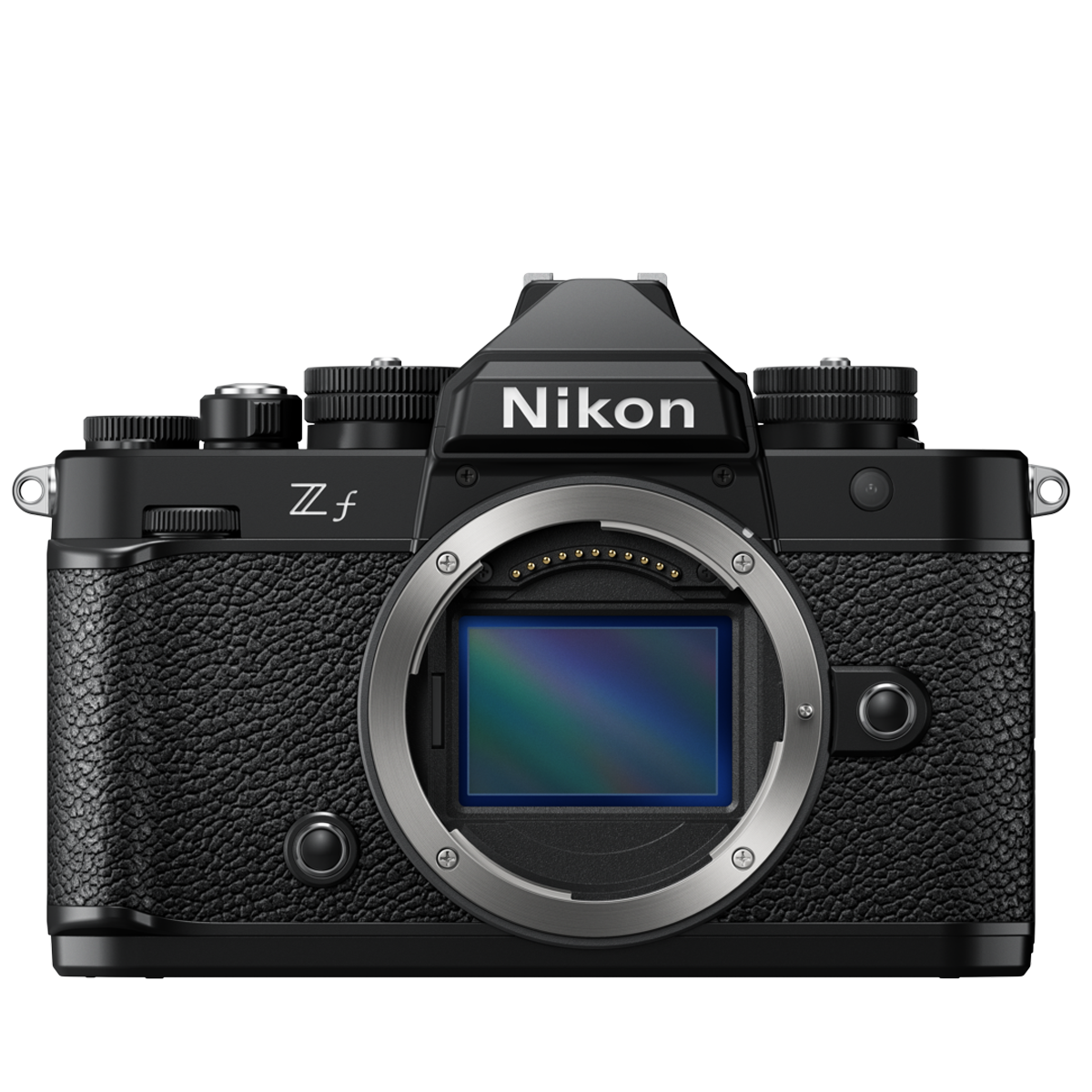
The best retro
With a beautiful design inspired by the Nikon FM2, the Zf pairs a gorgeous retro look and feel with modern full-frame mirrorless performance.
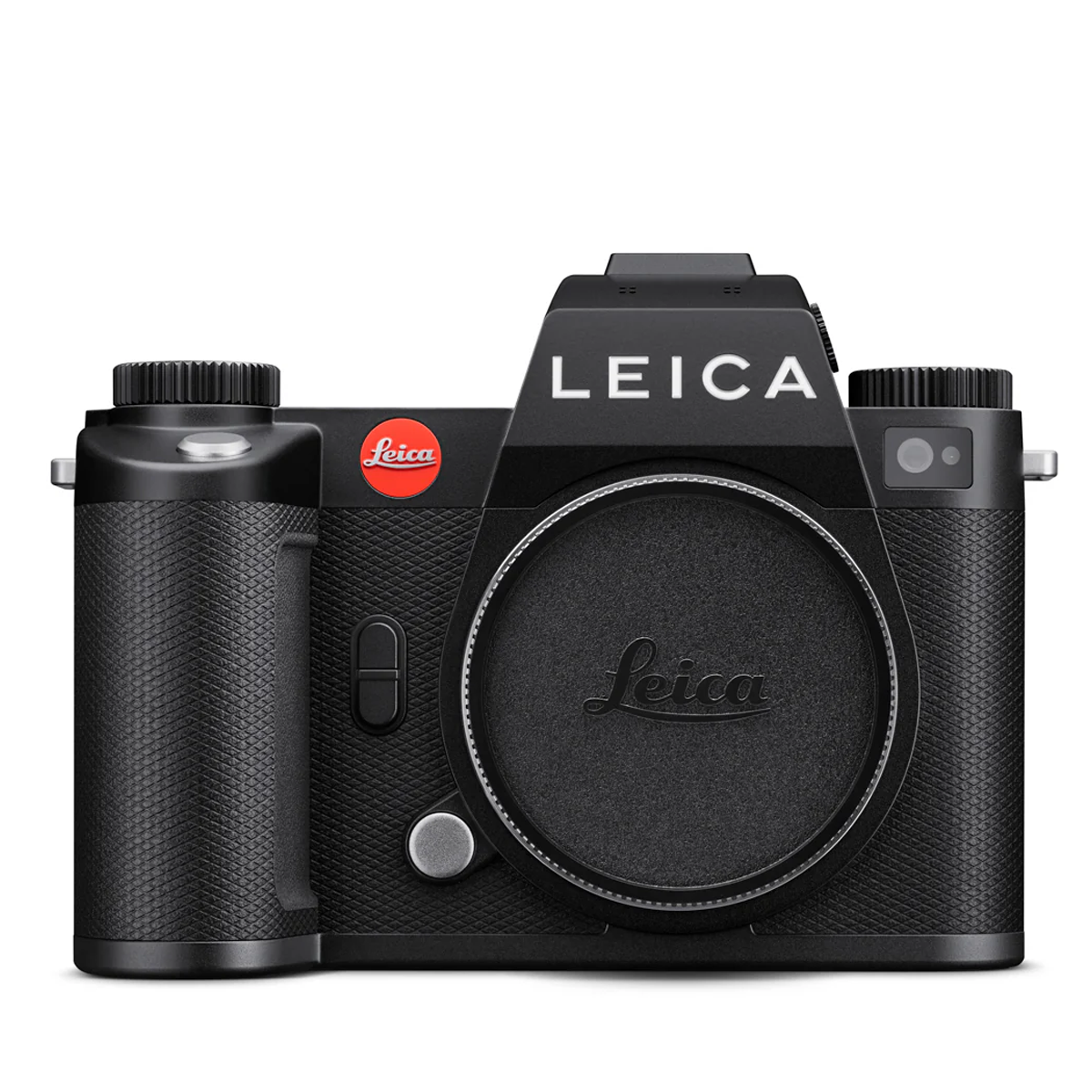
The best design
Leica’s best L-mount camera to date, the SL3 combines a 60MP sensor with phase-detect autofocus, an excellent interface and incredible build quality.

Tim is TechRadar's Cameras Editor. He has more than 15 years’ experience as a freelance photographer and tech journalist. During that time, Tim has had the opportunity to shoot with many of the top full-frame mirrorless cameras. From this experience, he’s developed a deep technical understanding of what sets the best options apart. He notes, “as you’ll see from our guide below, photographers are spoilt for choice when it comes to full-frame mirrorless cameras. Many of these are hybrids, but if you don’t plan to shoot much video, you can save money by choosing a stills-focused model.”
The best full-frame mirrorless cameras for 2025
Why you can trust TechRadar
Below you'll find full write-ups for each of the best full-frame mirrorless cameras in our list. We've tested each one extensively, so you can be sure that our recommendations can be trusted.
The best hybrid full-frame mirrorless camera
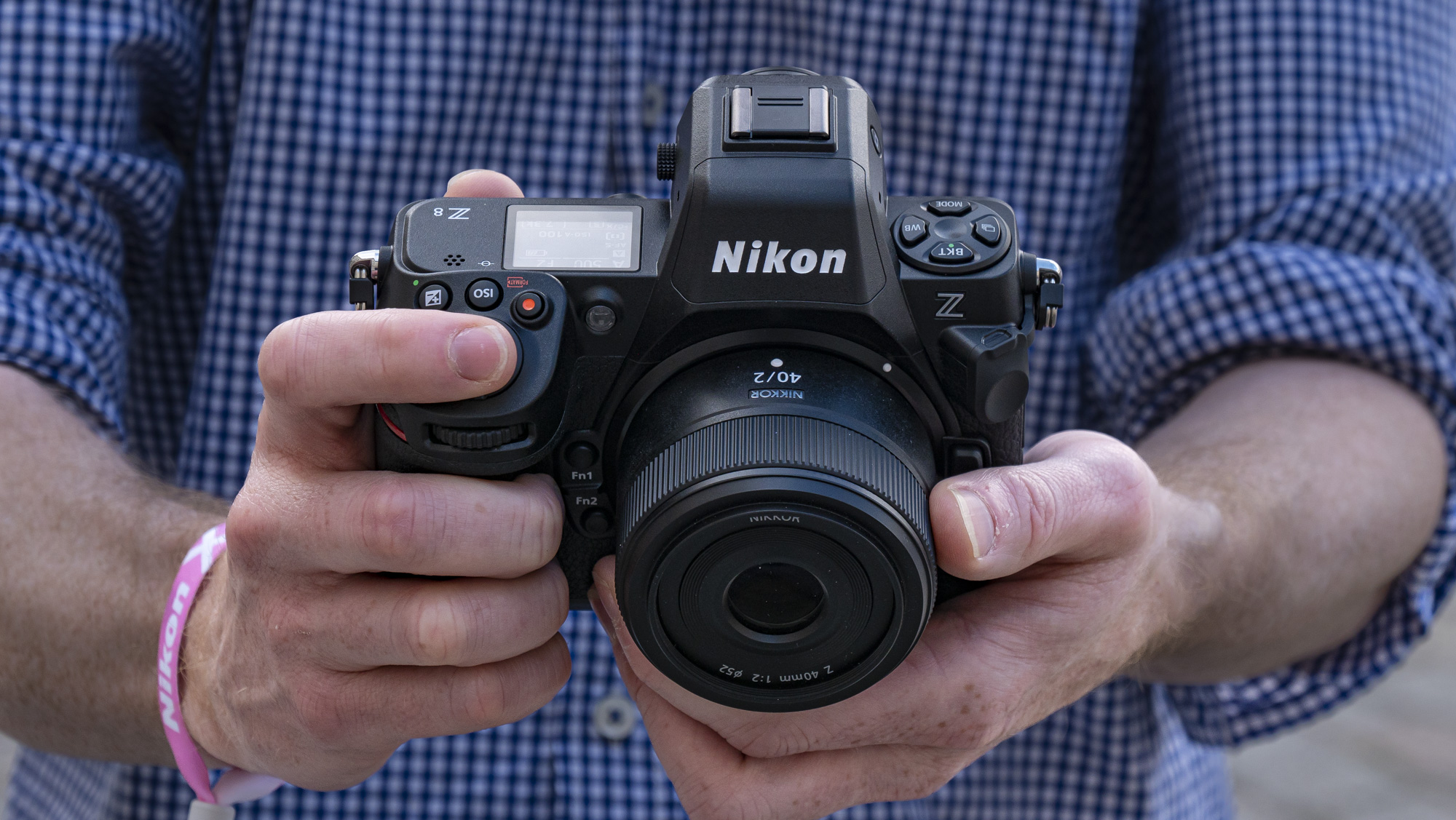
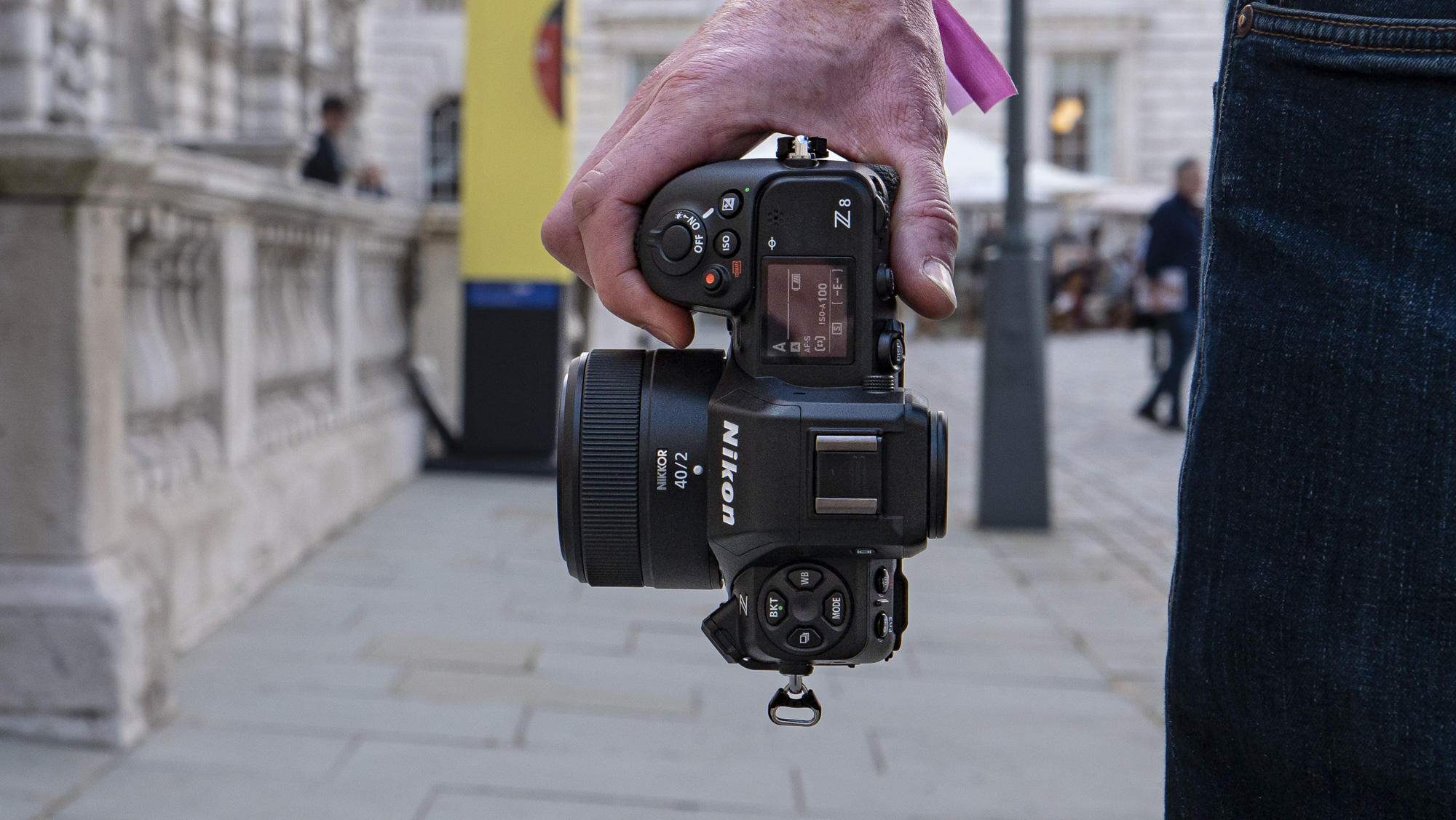
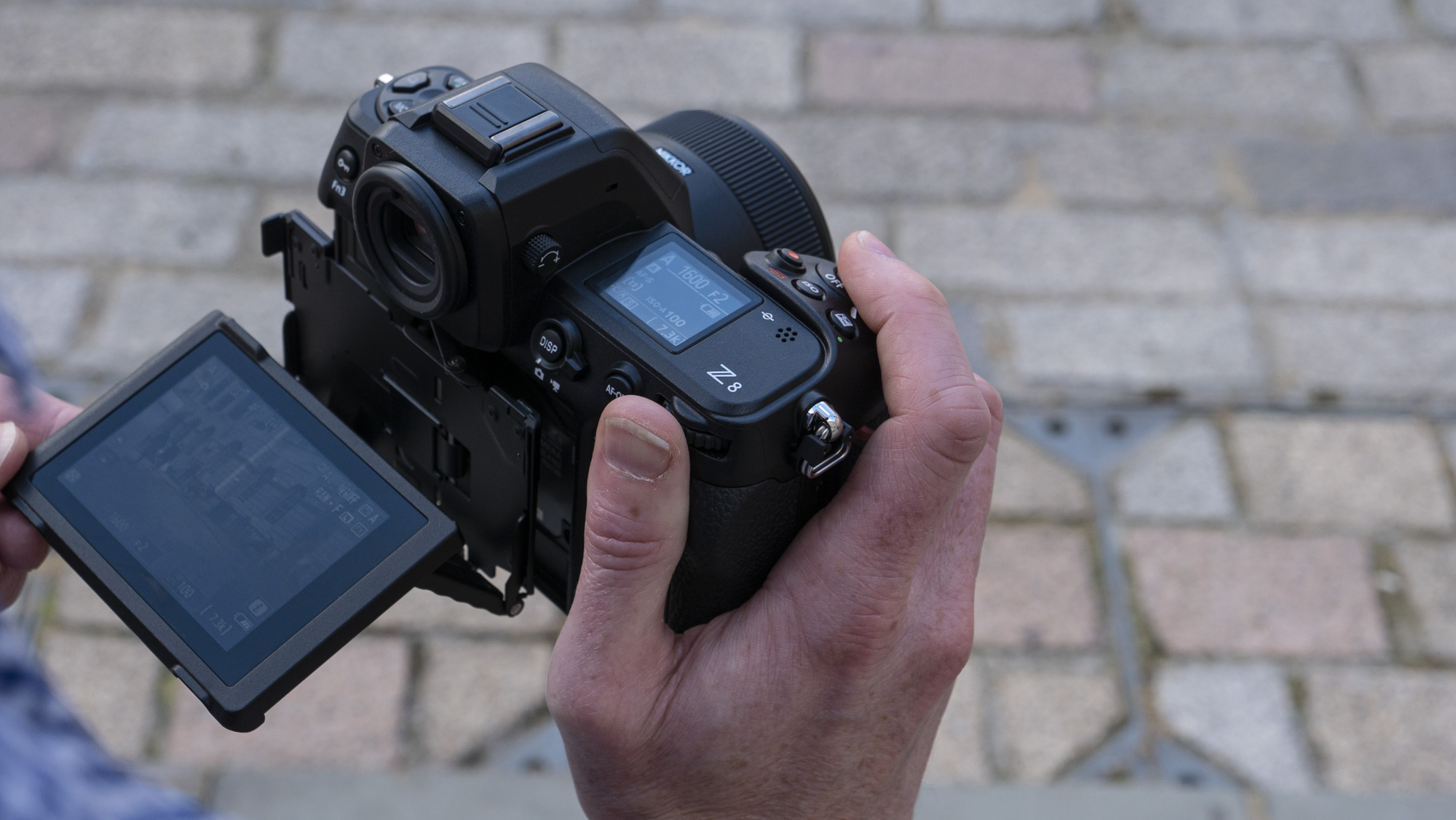
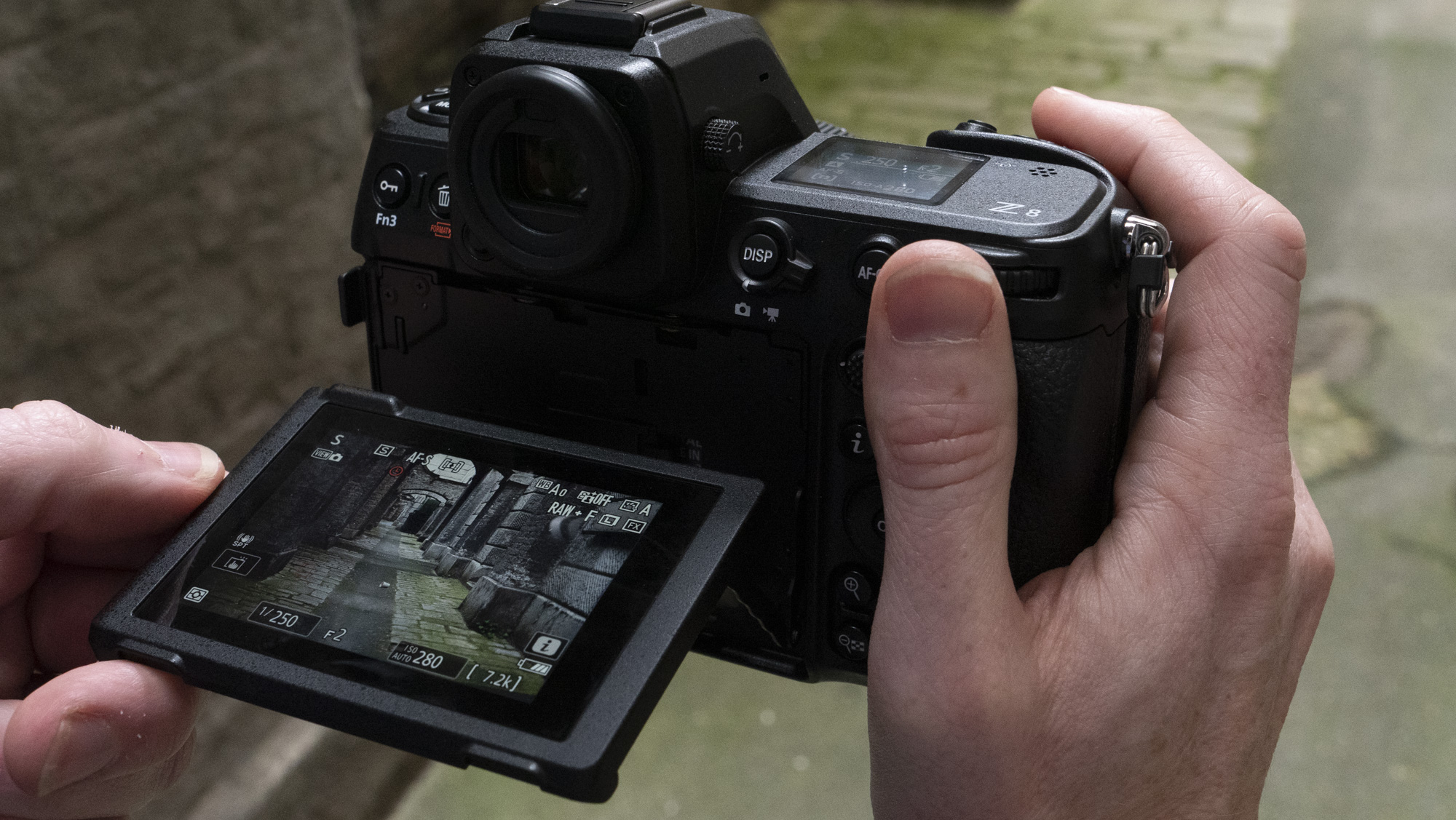
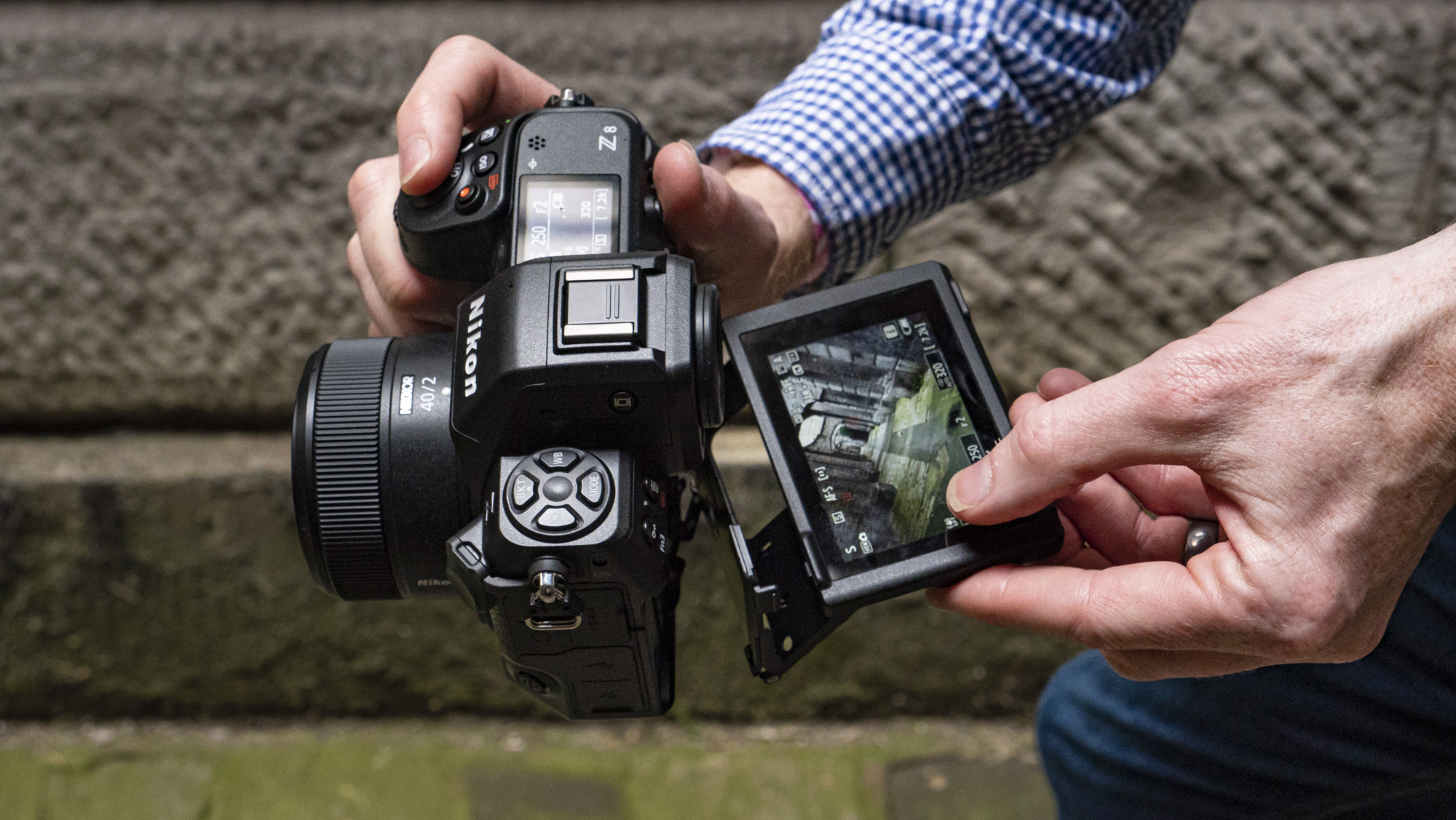
Specifications
Reasons to buy
Reasons to avoid
Nikon Z8 sample images
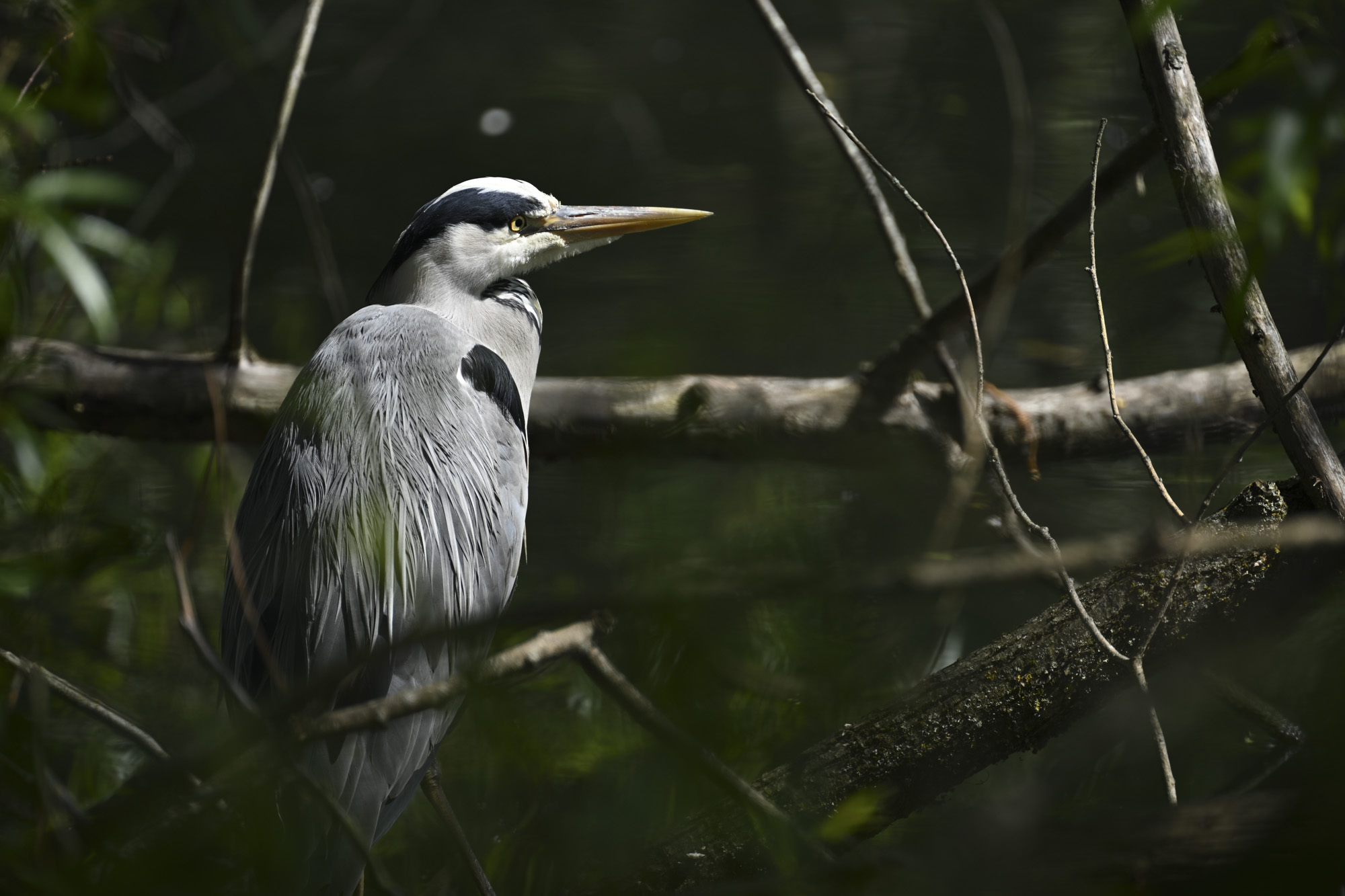
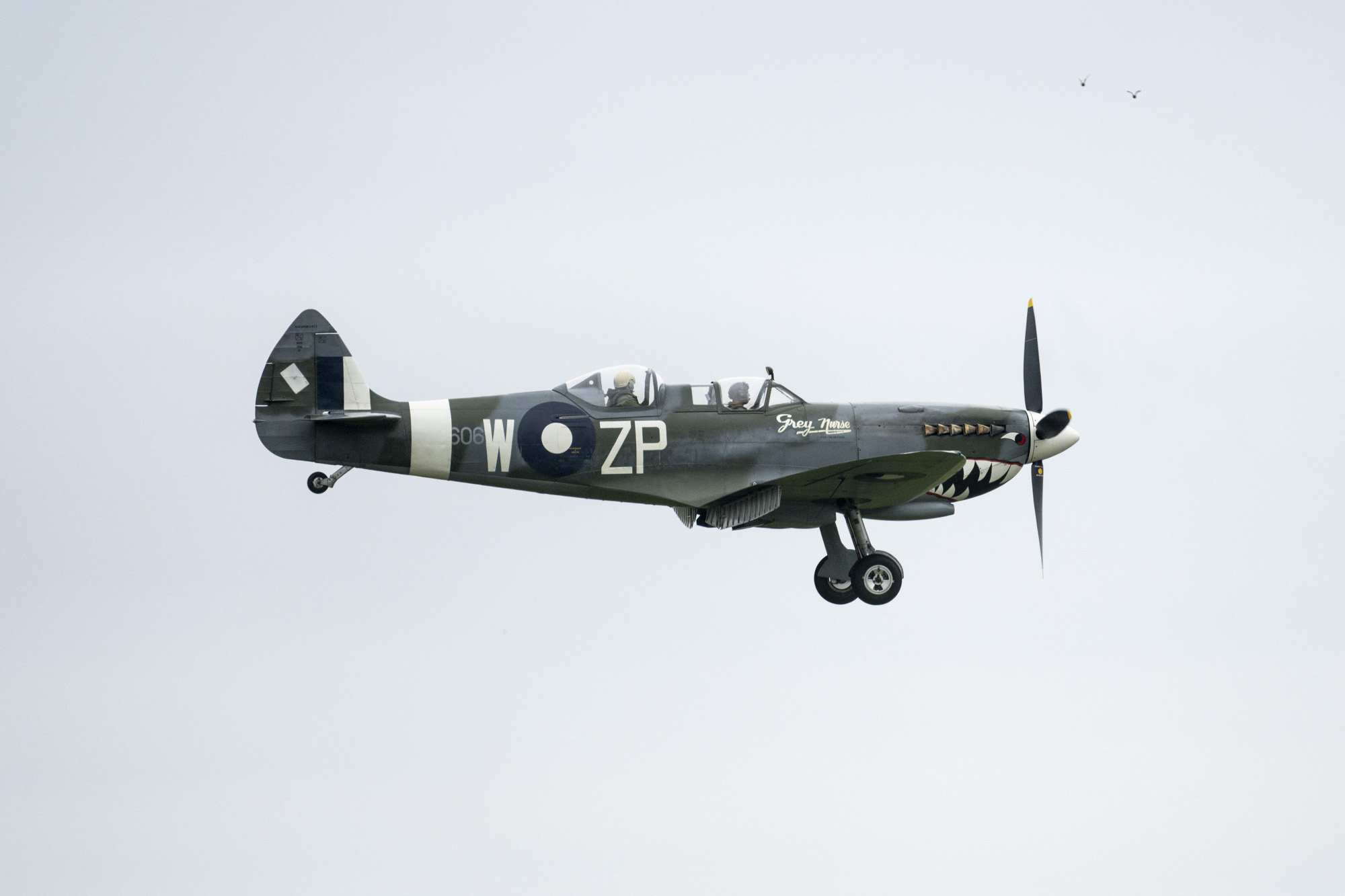
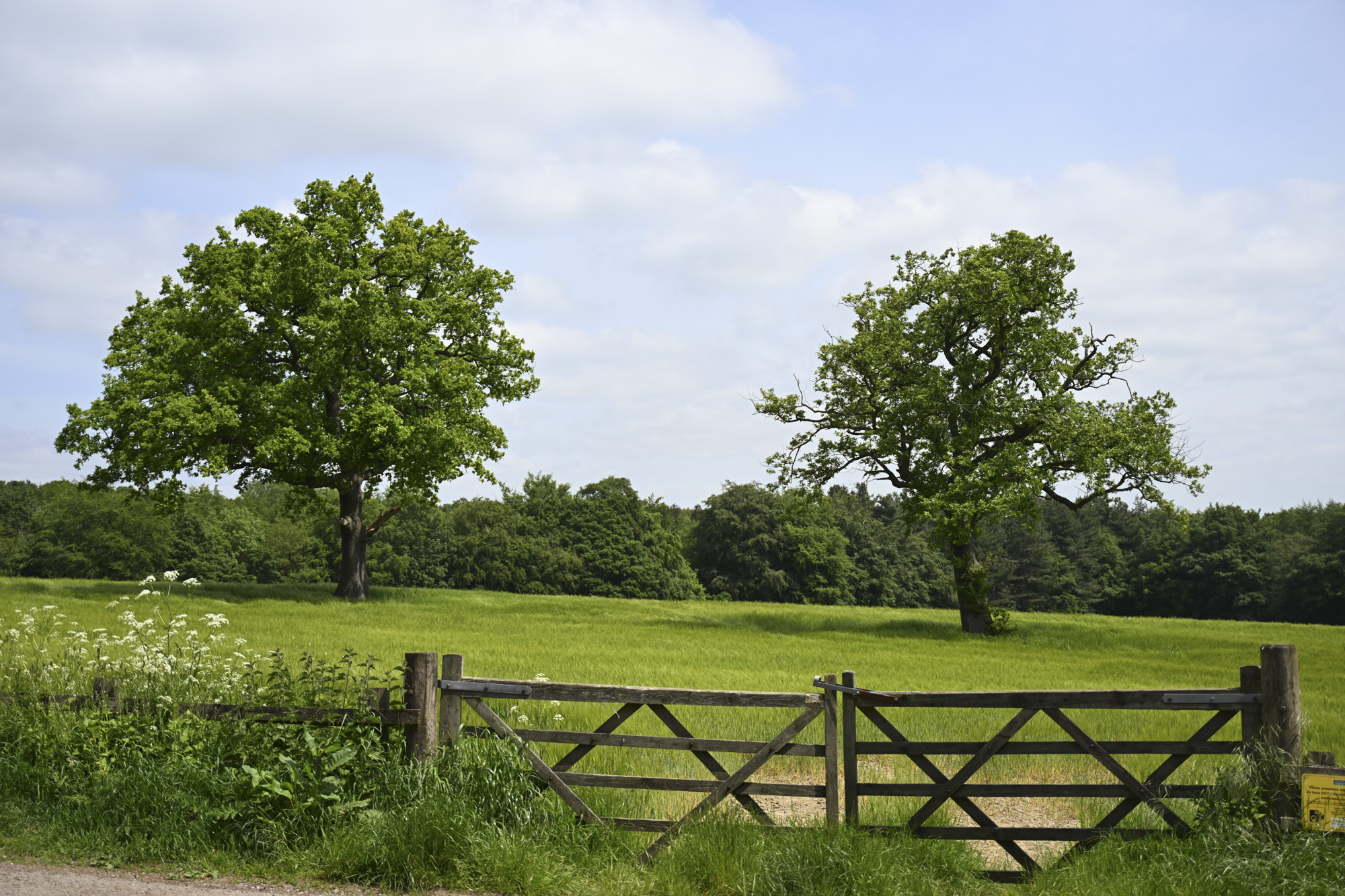
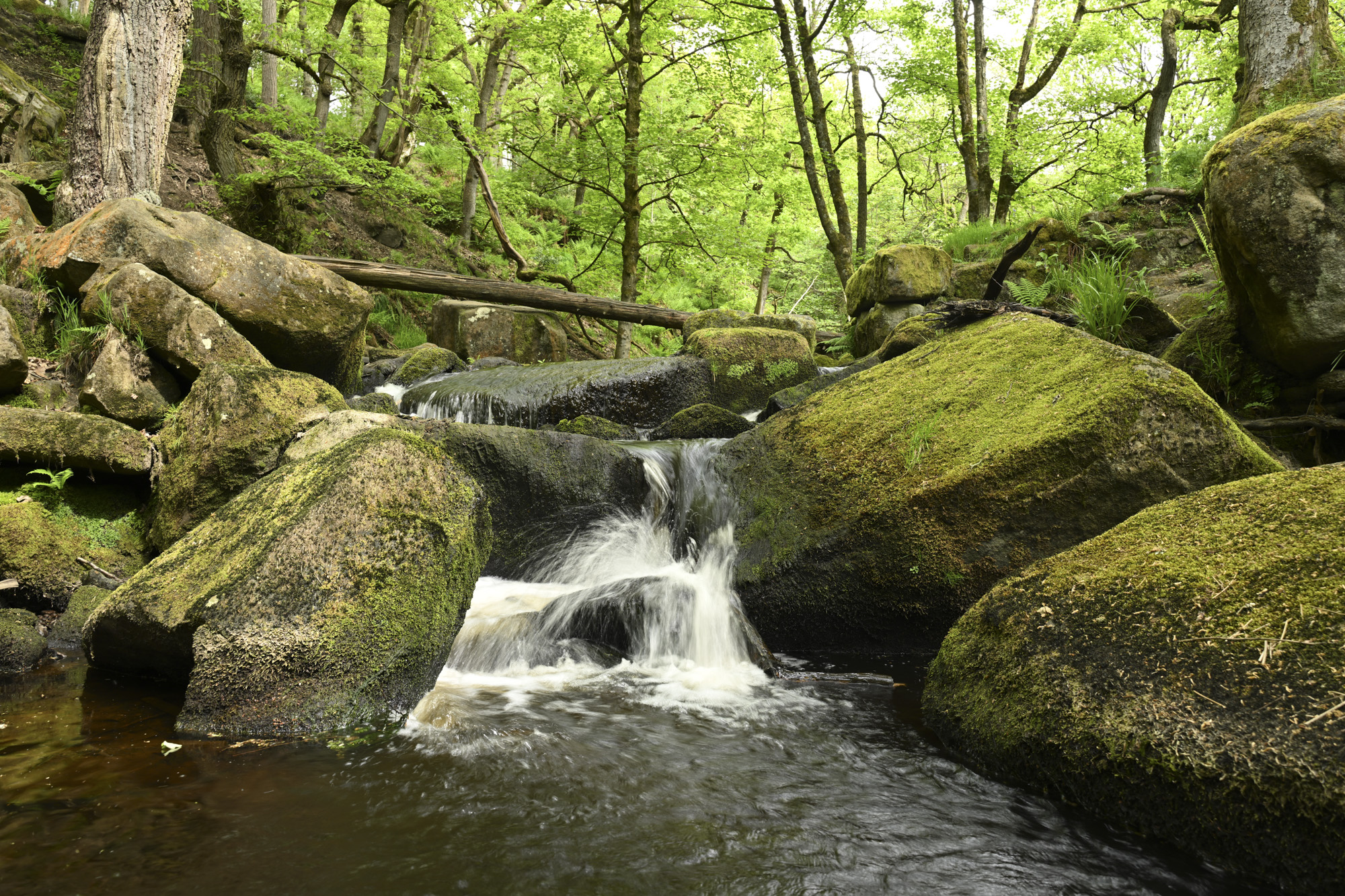
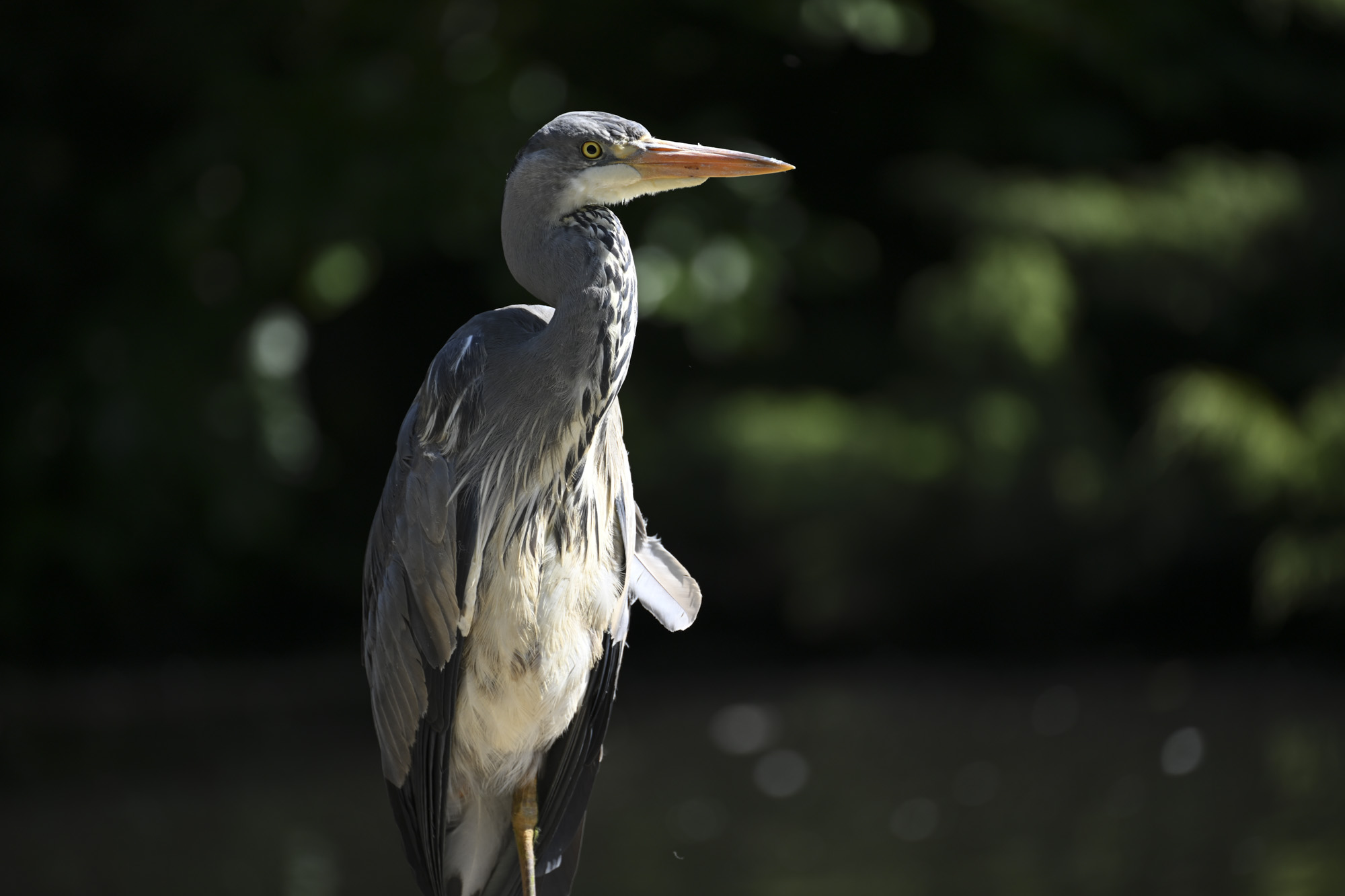
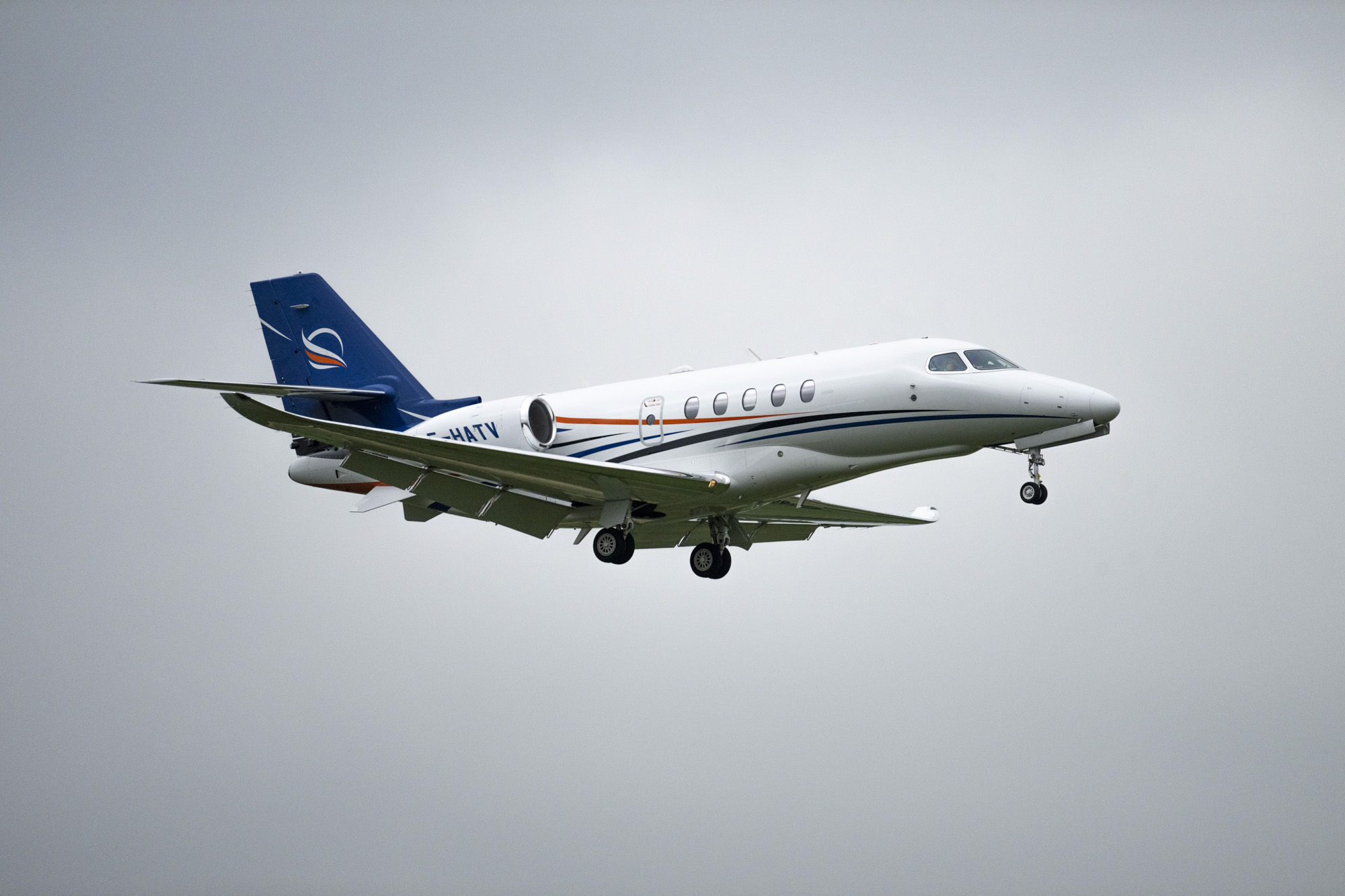

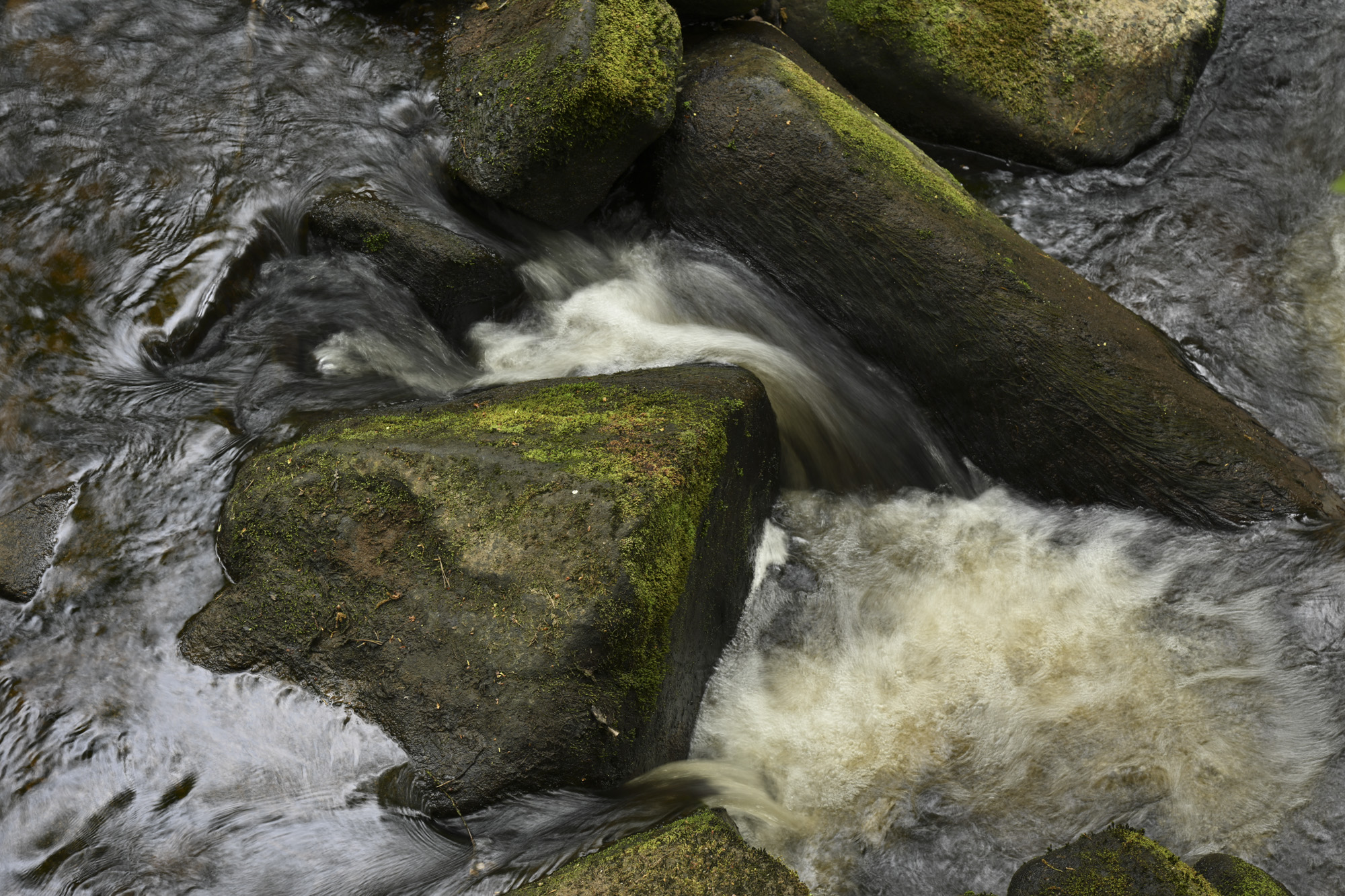
✅ You want an all-rounder: Whether you're shooting stills or video, the Z8 can capture almost everything well.
✅ You want a tidy flagship: Z9 specs in smaller, lighter packaging, the Z8 hits the size/performance sweet spot.
❌ You shoot handheld a lot: The Z8 has image stabilization, but its performance is only average.
❌ You want the highest resolution: 45MP is hardly low-res, but other rivals in this list go higher at 60MP.
Taking everything we love about the Nikon Z9 and squeezing it into a package that’s smaller, lighter and cheaper, we think the Nikon Z8 is the best full-frame mirrorless hybrid you can buy right now. In our tests, its 45.7MP sensor produced remarkable images, even in low light. While the Sony A7R V beats it for outright resolution, we found stills to be incredibly sharp when paired with the Nikkor Z MC 105mm f/2.8 VR S lens.
Our review also noted that its autofocus system is very impressive, aided by face, eye and animal detection that reliably recognizes and locks onto subjects. Video performance is no less impressive, with a huge arsenal of resolutions, frame rates and codecs to work with. The only caveat is that the Z8 can overheat during extended recording sessions. In pretty much every other way, though, this is the ultimate full-frame all-rounder.
Read more: Nikon Z8 review
The best full-frame mirrorless camera for detail
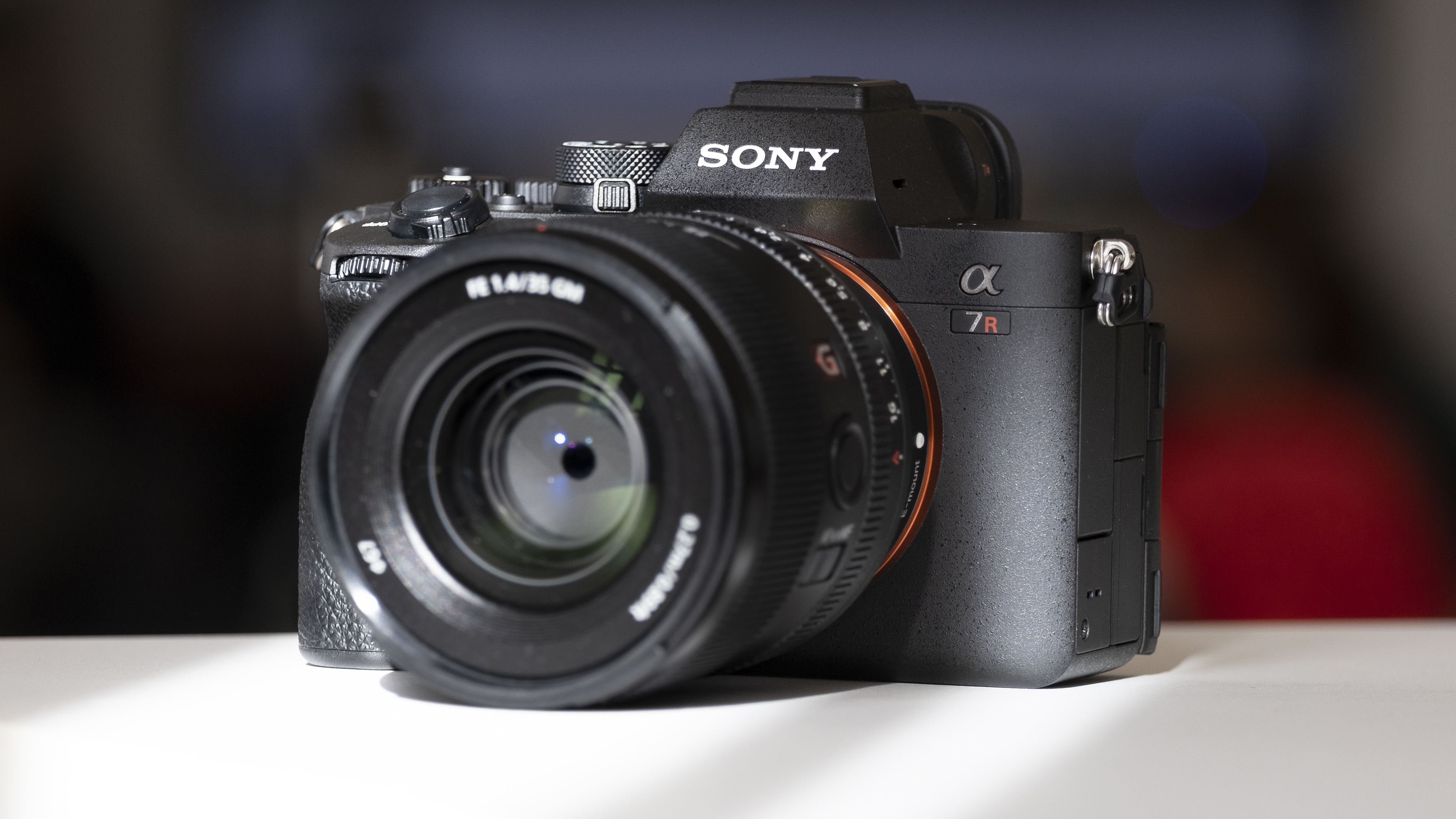
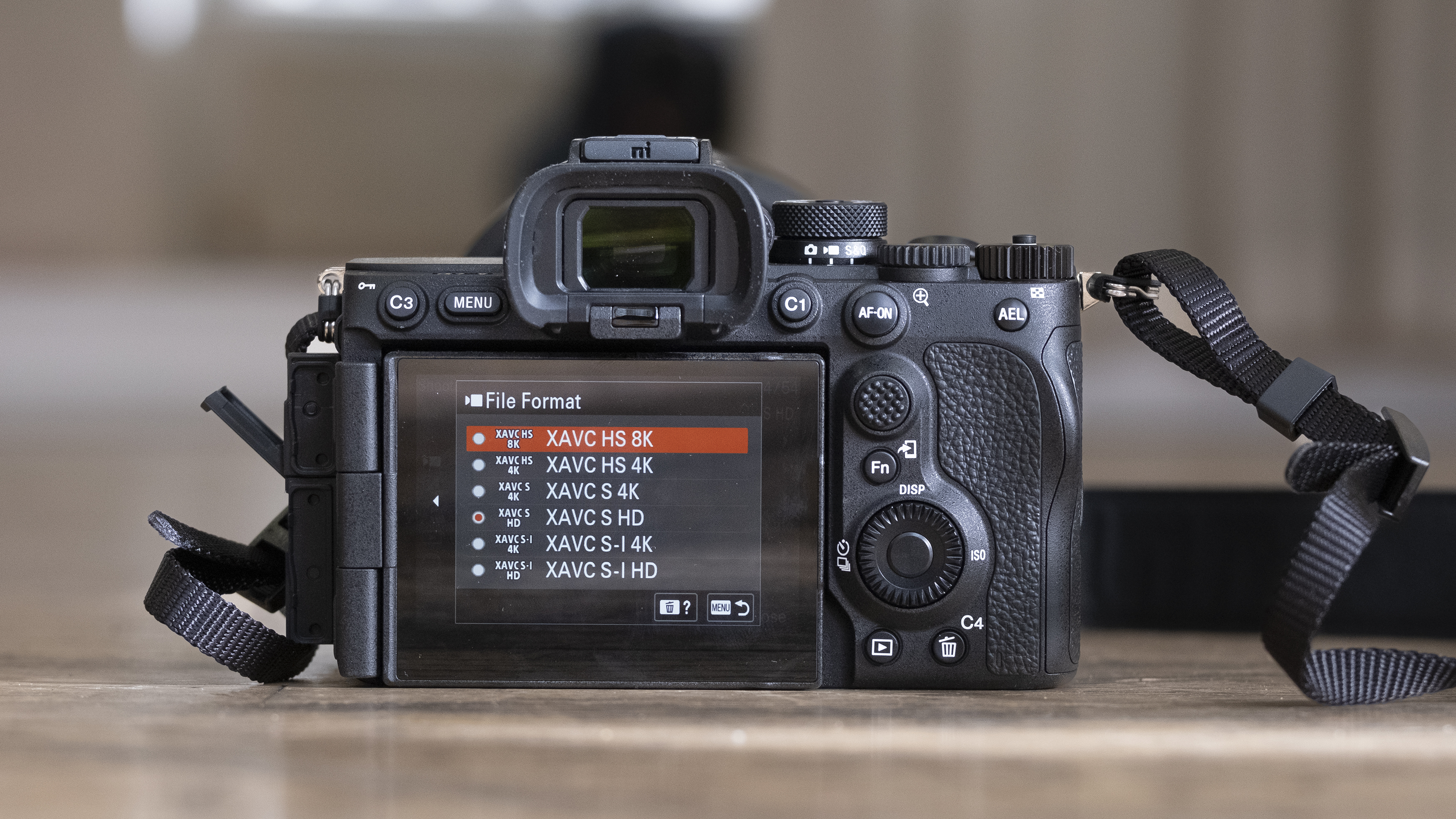
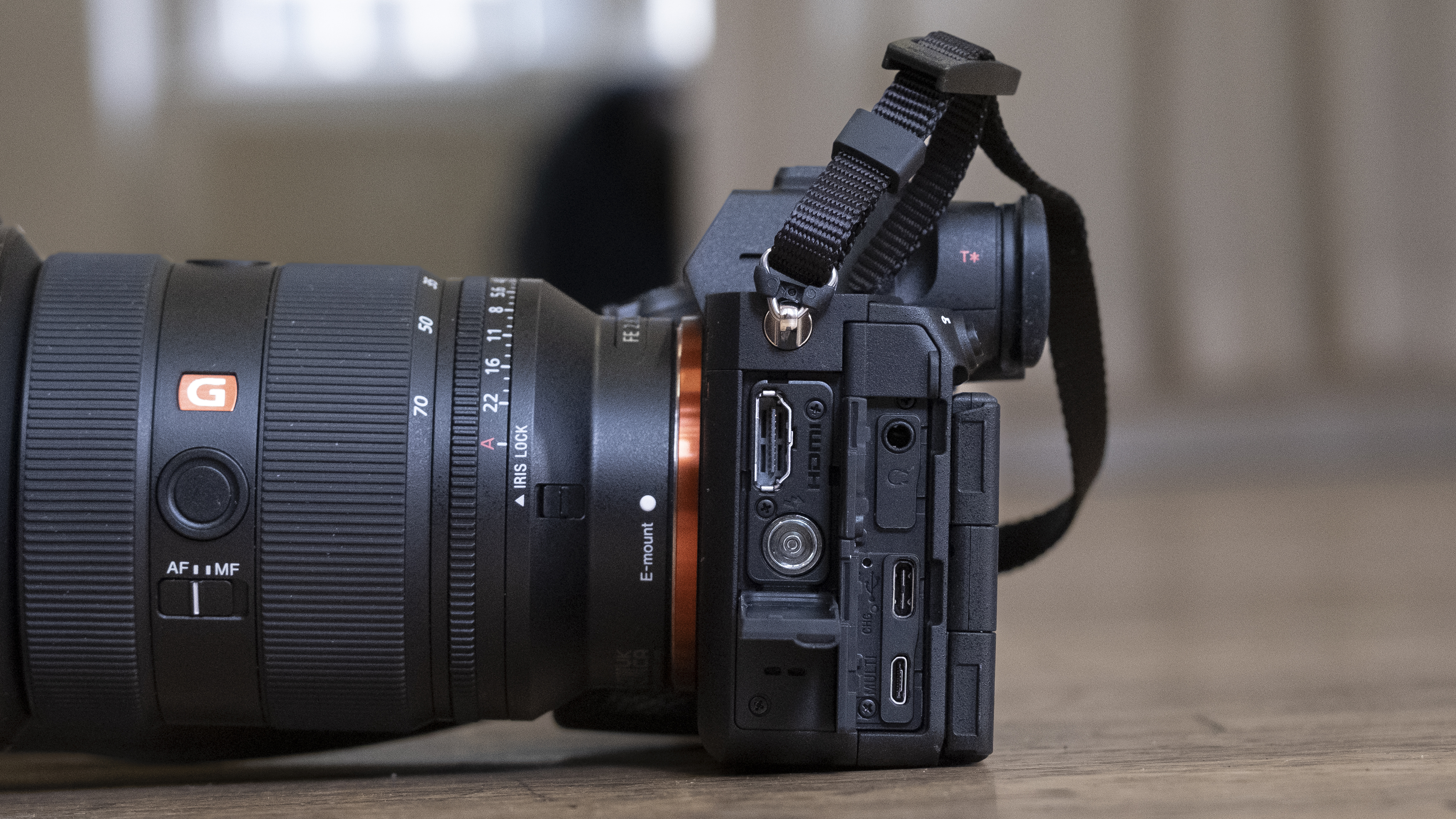
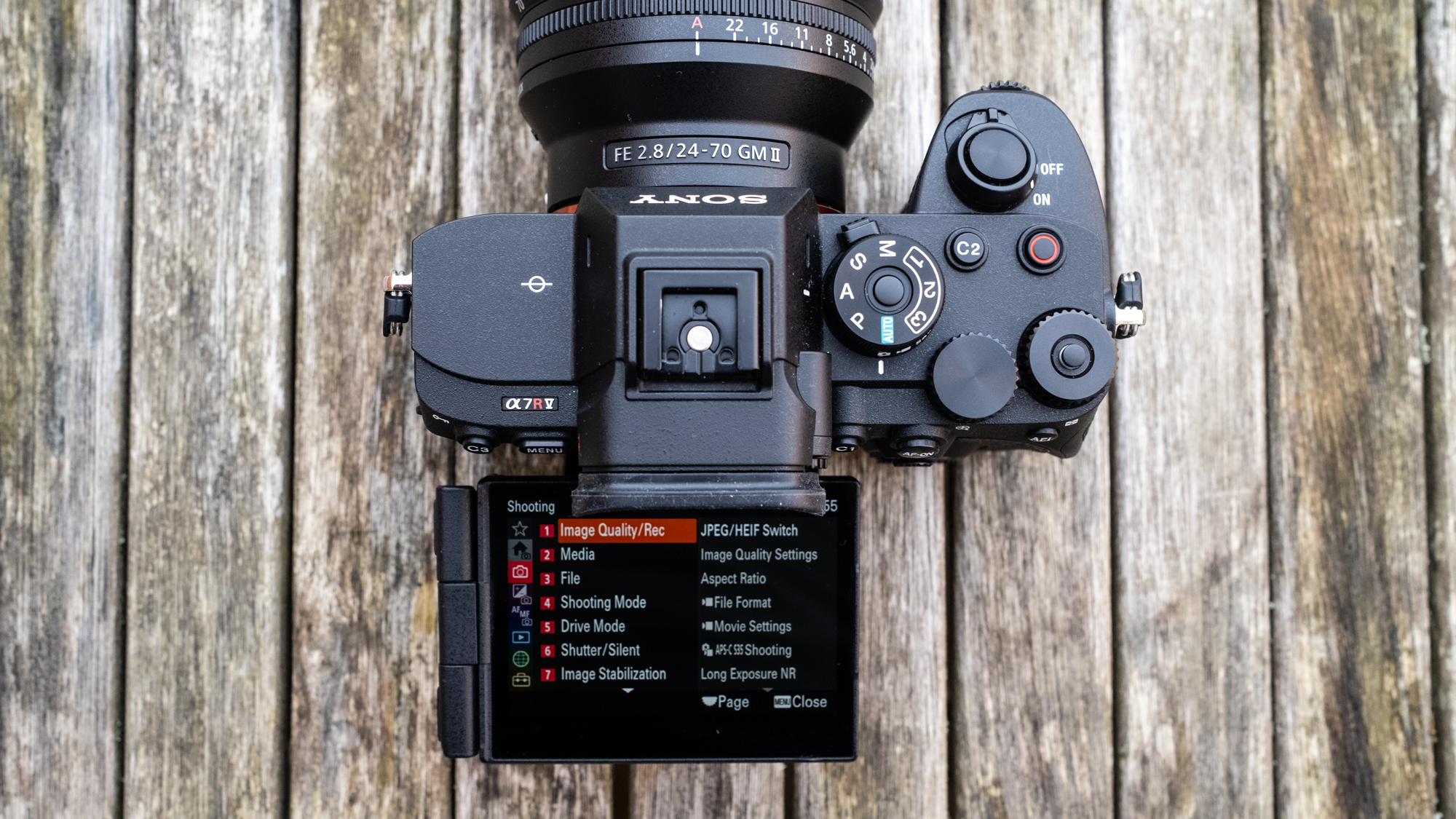
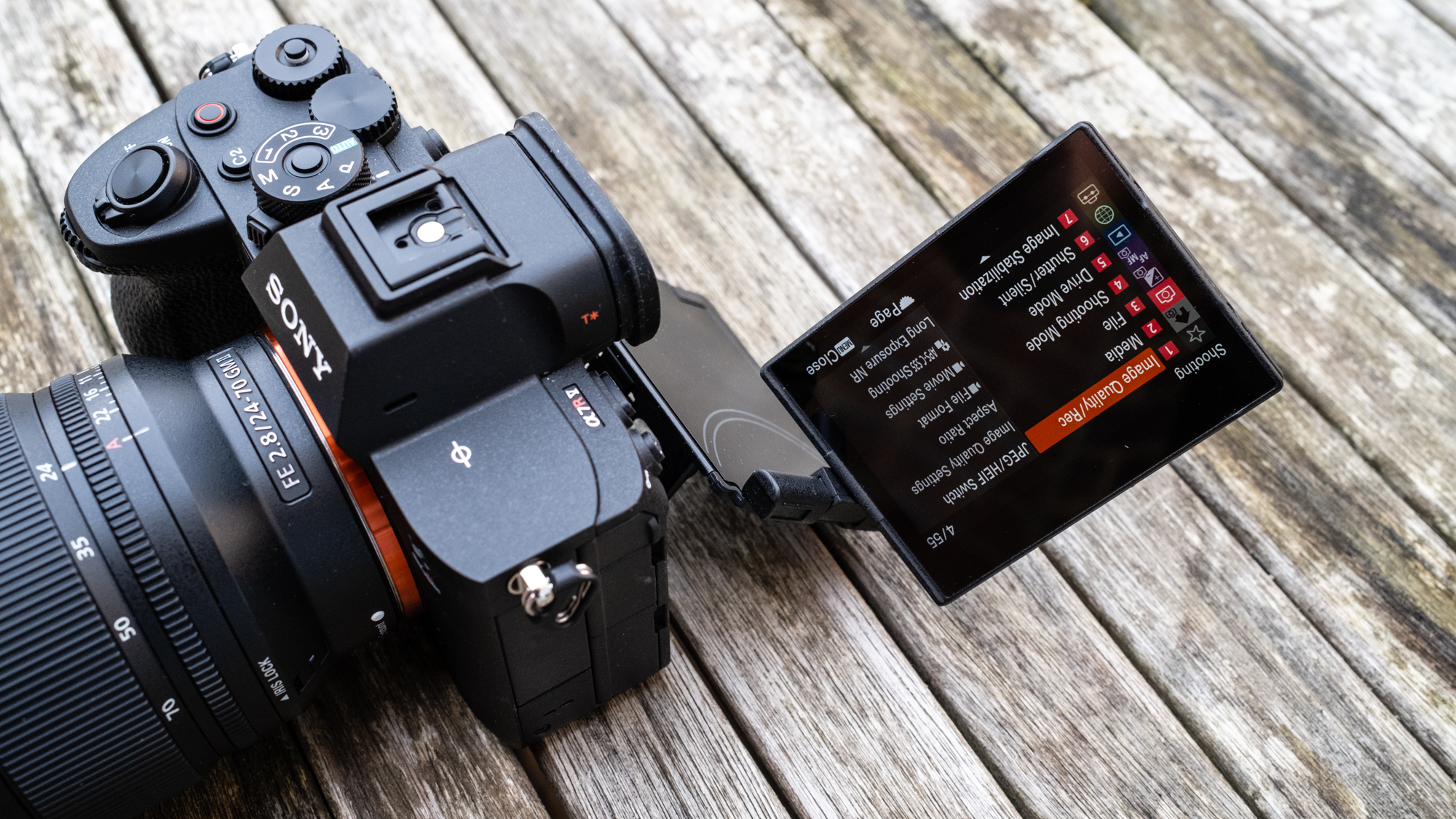
Specifications
Reasons to buy
Reasons to avoid
Sony A7R V sample images
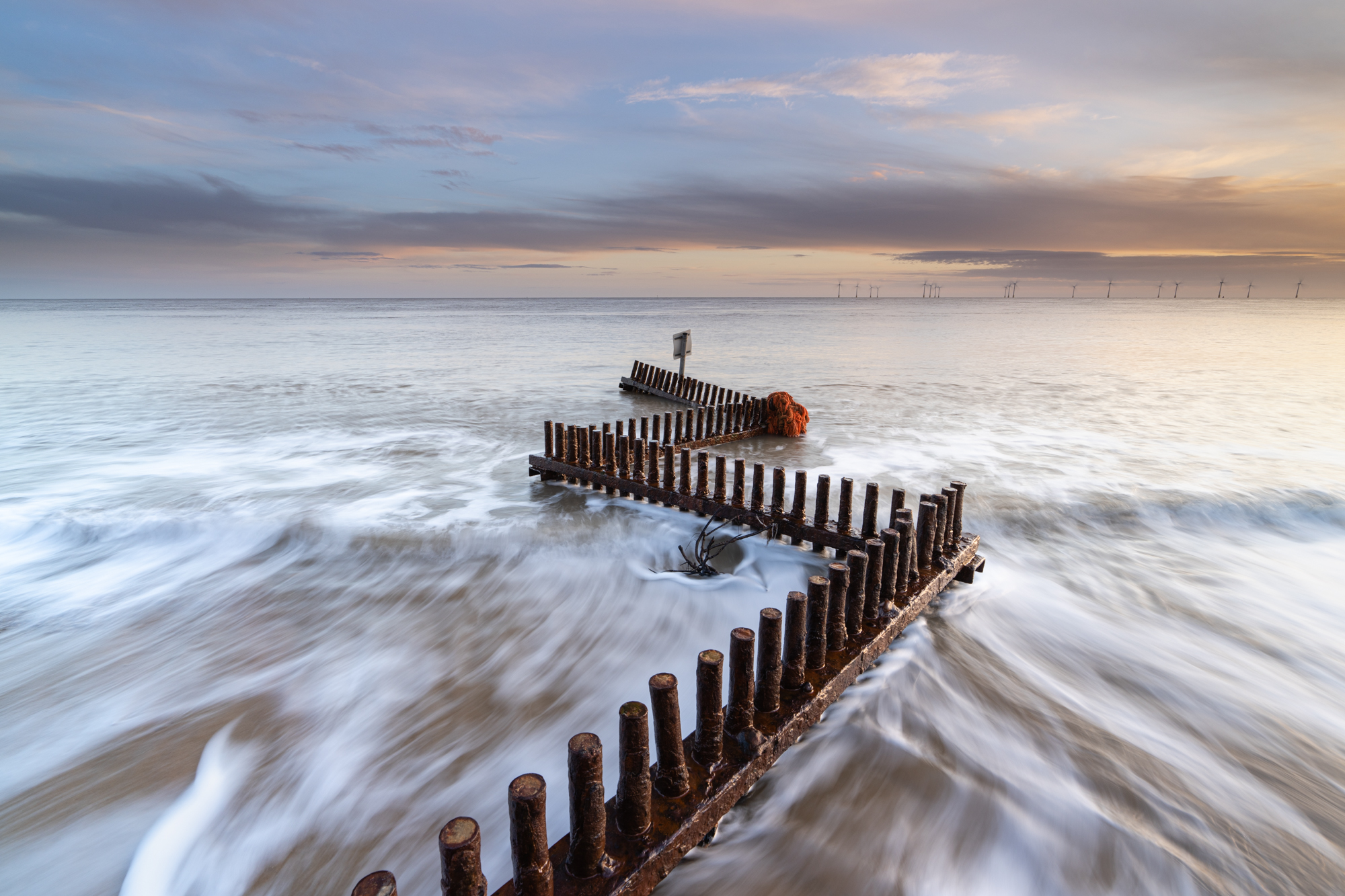
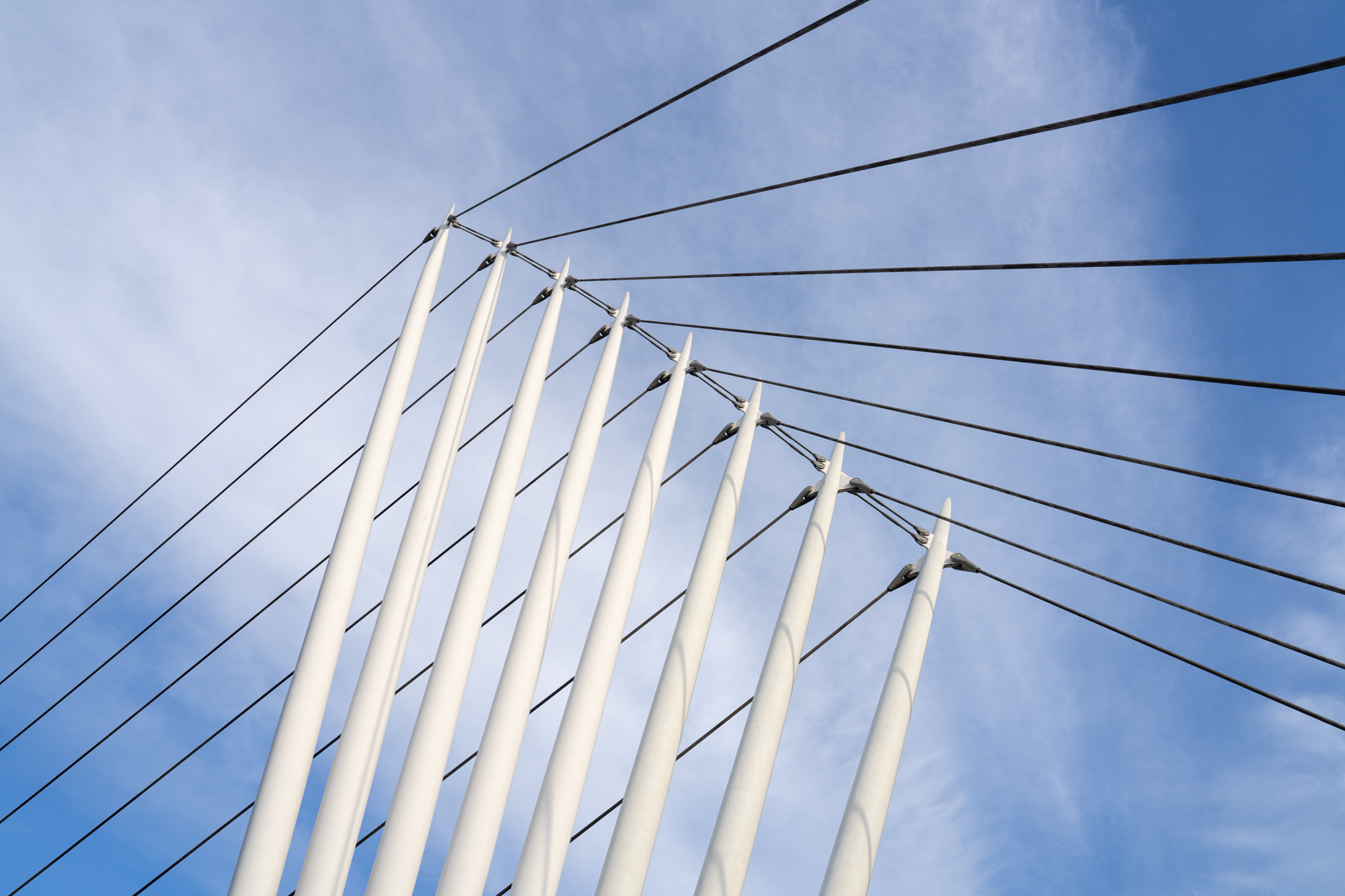
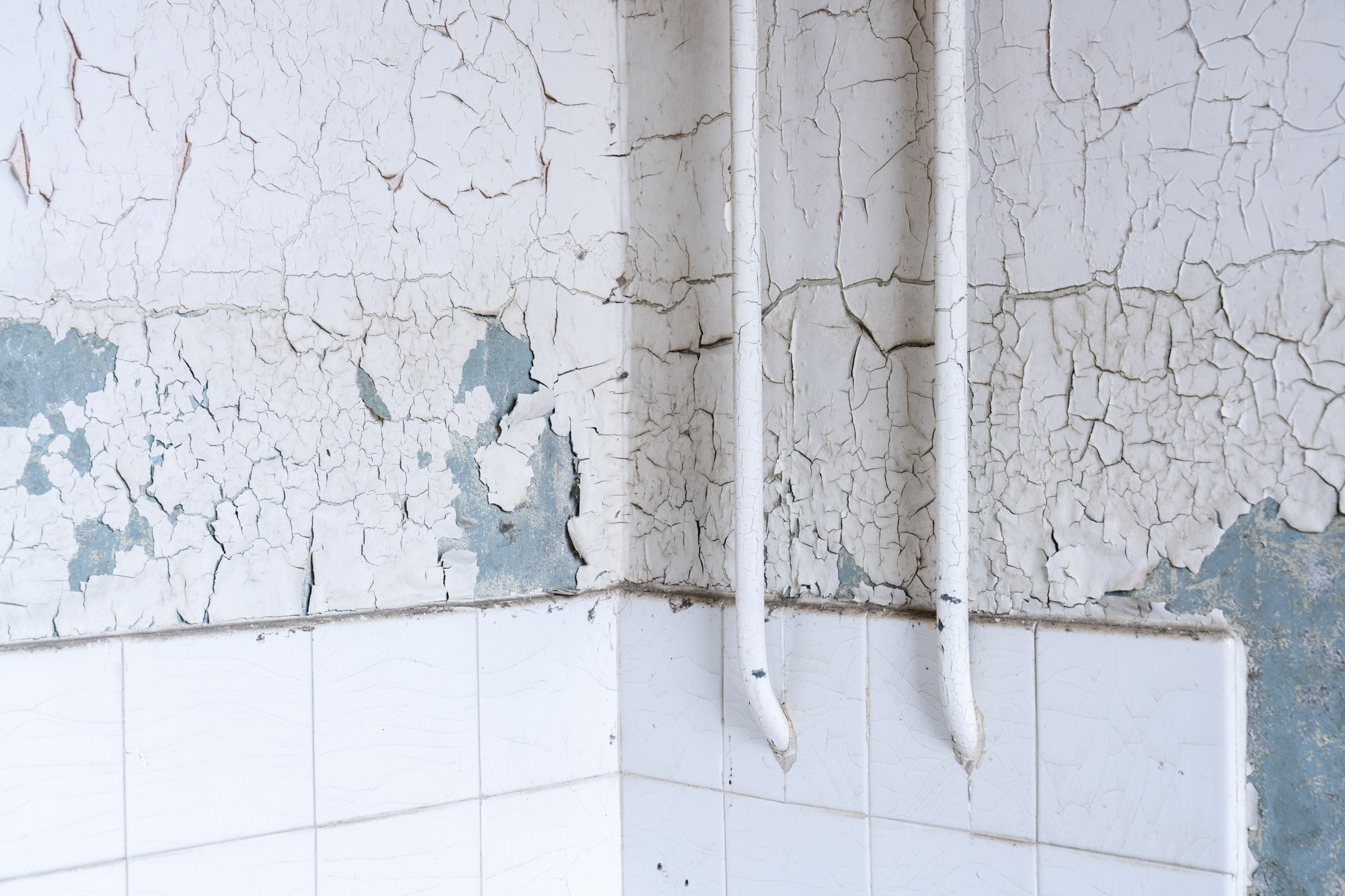
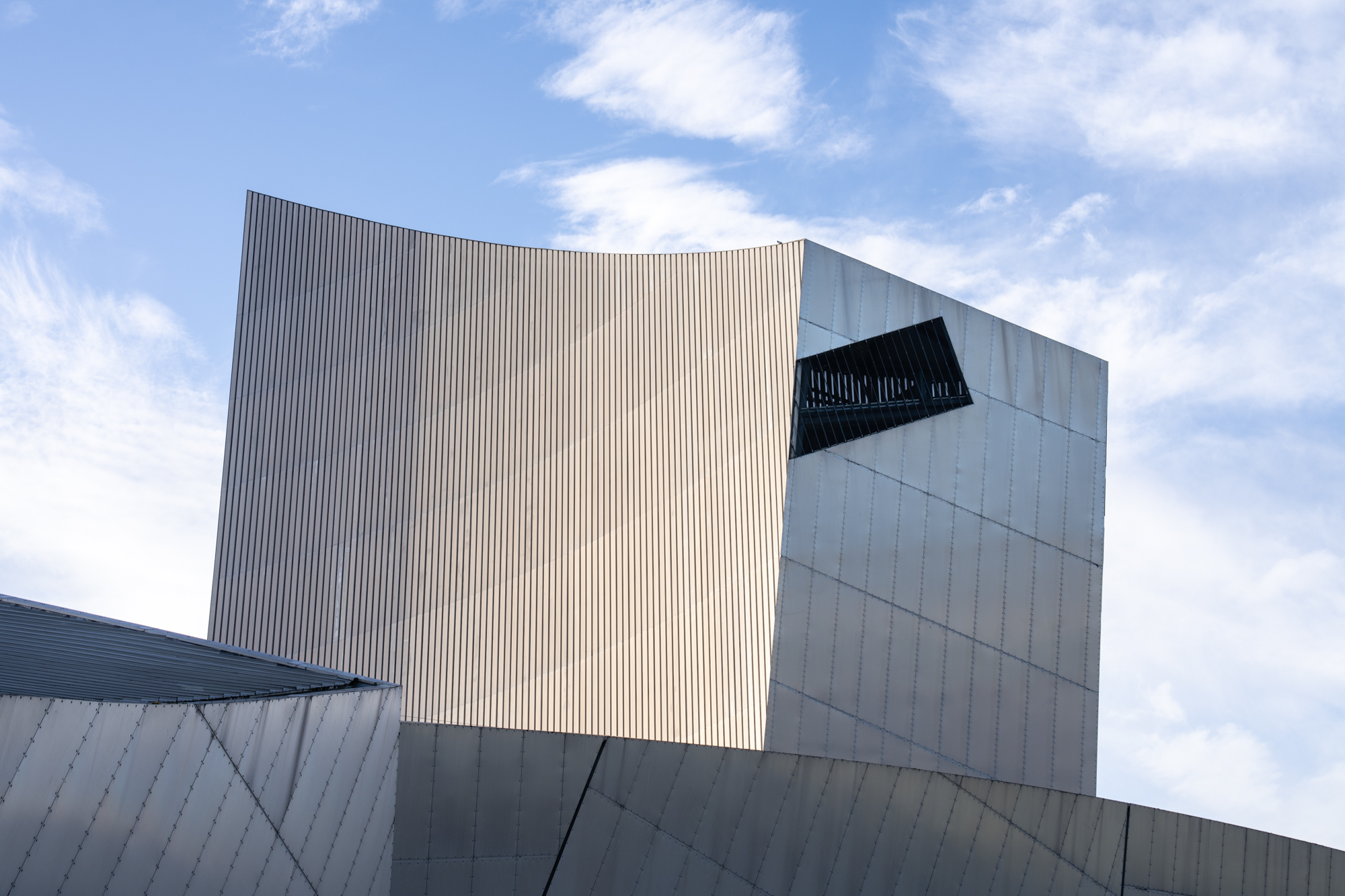
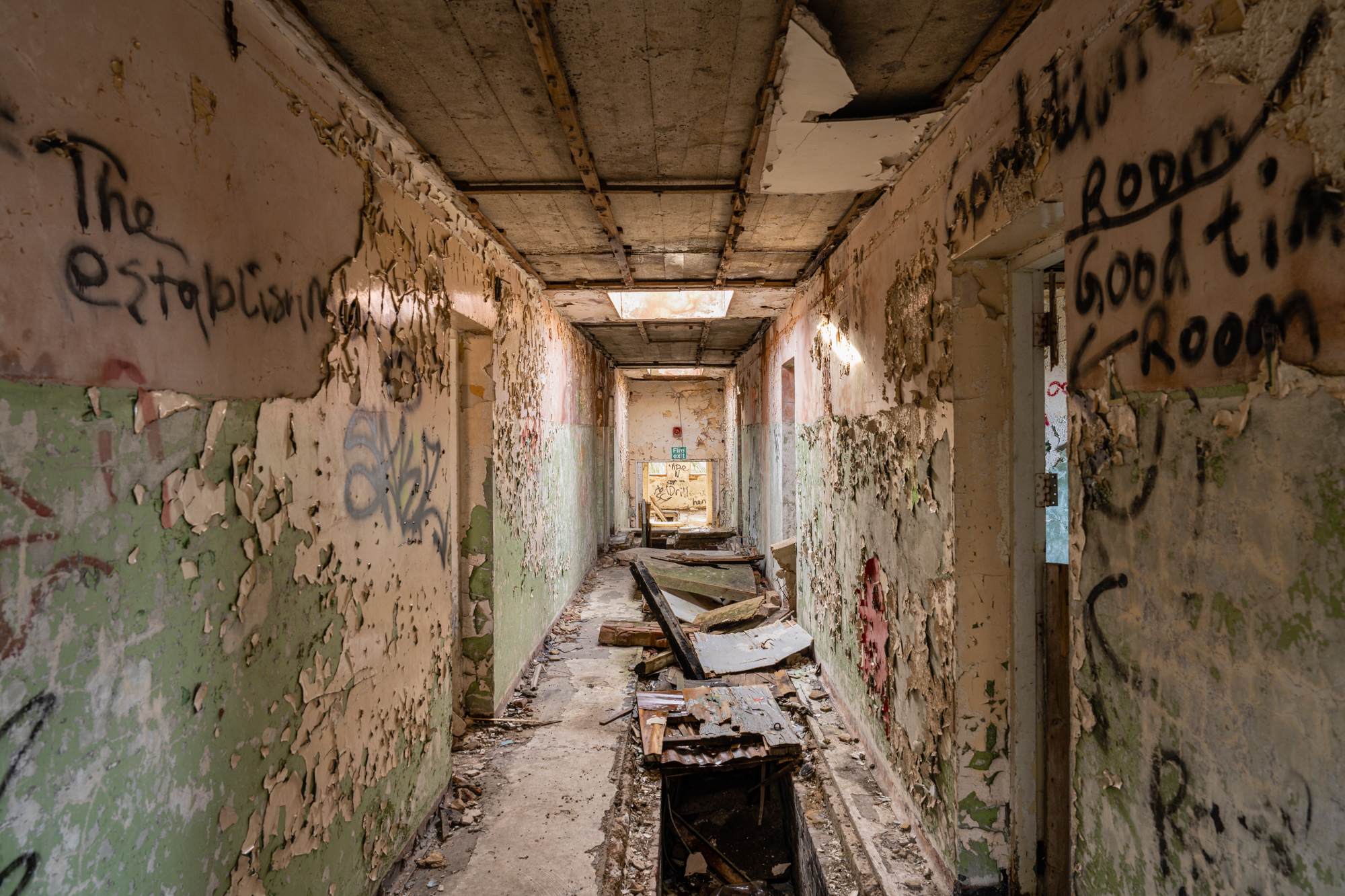
✅ You need the highest resolution: At 61MP, the A7R V wins the pixel war with more detail than anything in this list.
✅ You like to shoot in low light: Producing usable stills at up to ISO 25,600, the A7R V is a demon after dark.
❌ You have a limited lens budget: You need Sony's best G and GM range lenses to get the most out of the A7R V.
❌ You want to shoot 8K slow-mo: 8K video is a useful bonus, but frame rates cap out at a limited 24fps.
With a 61MP sensor inside, the Sony A7R V is unmatched among full-frame mirrorless cameras. Powered by a Bionz XR processor, our tests found it capable of capturing massive amounts of detail. Whether you’re shooting landscape scenes or studio portraits, the sheer number of pixels give you huge flexibility when cropping. Up to eight stops of image stabilization also mean it works well as a handheld shooting tool.
We were impressive with its autofocus in our review, too: AI-assisted subject recognition proved a reliable and effective solution for tracking targets. And while the A7S III is arguably a better choice for video, the A7R V is no slouch when it comes to capturing top-tier footage, with a fully articulating 3.2-inch touchscreen for framing. Rivals have faster burst speeds, but you won’t get more detail from another camera in this list. The only thing to keep in mind is that the A7R V needs top-spec lenses to perform at its best.
Read more: Sony A7R V review
The best Canon full-frame mirrorless camera
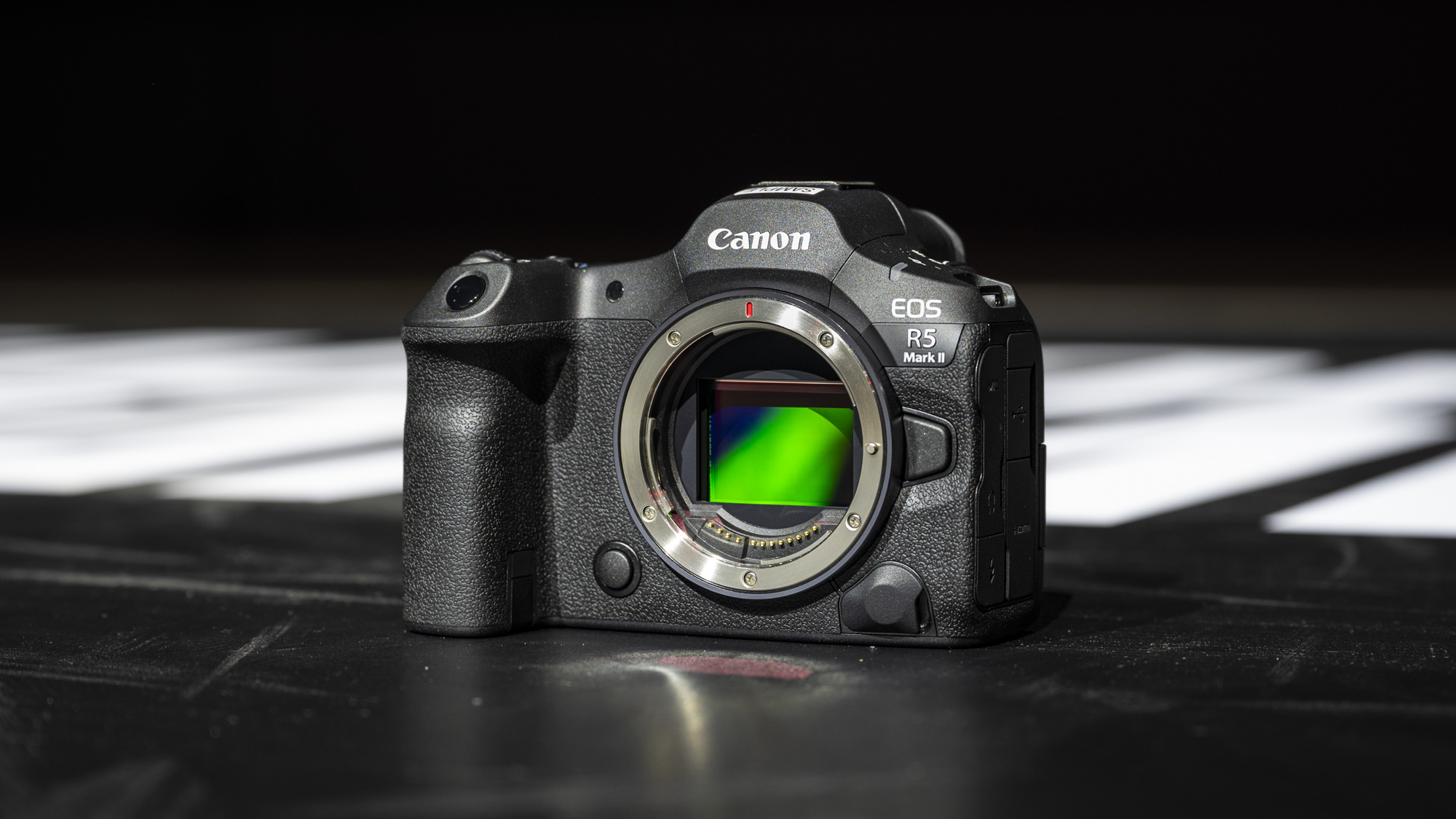
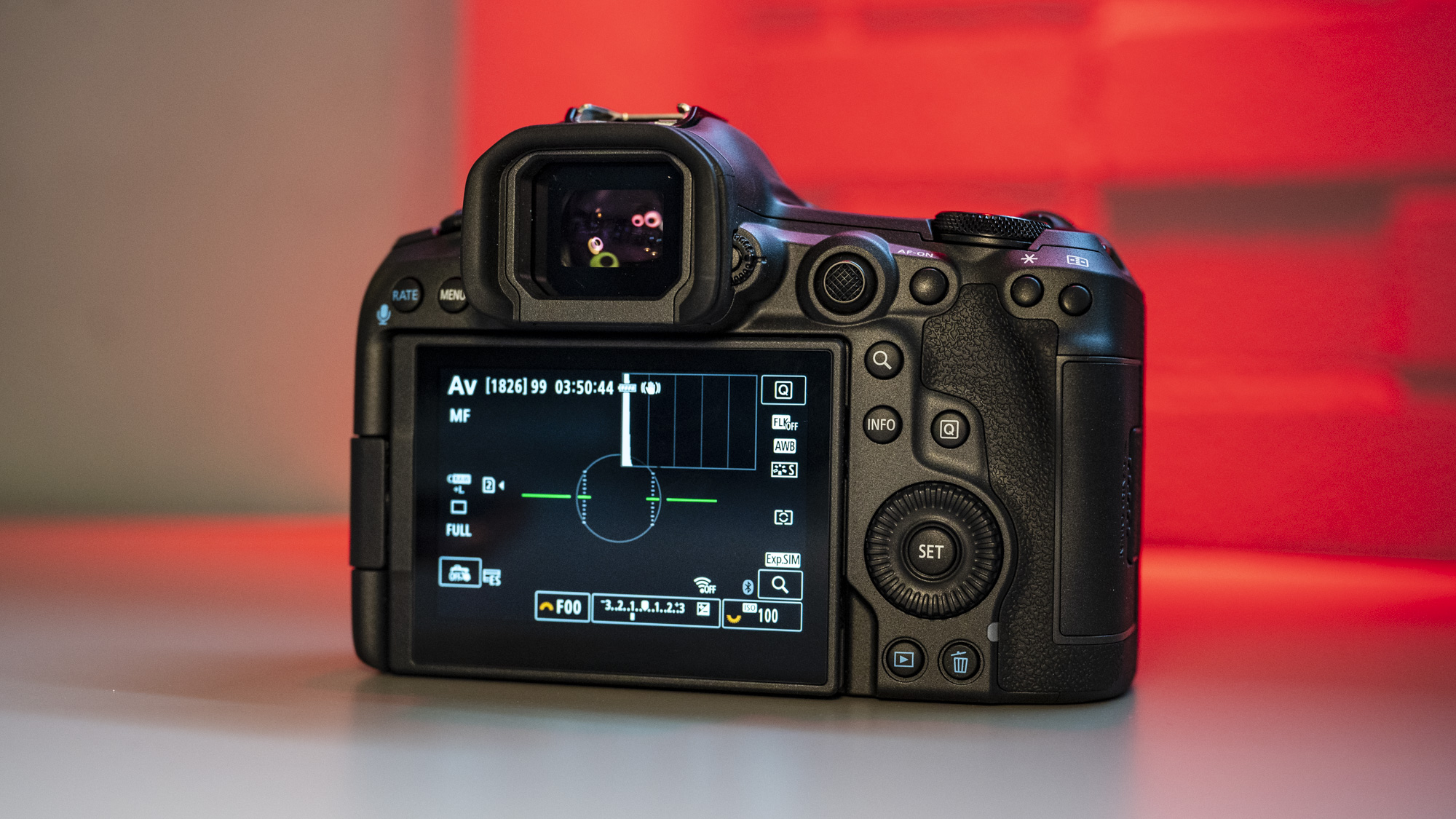


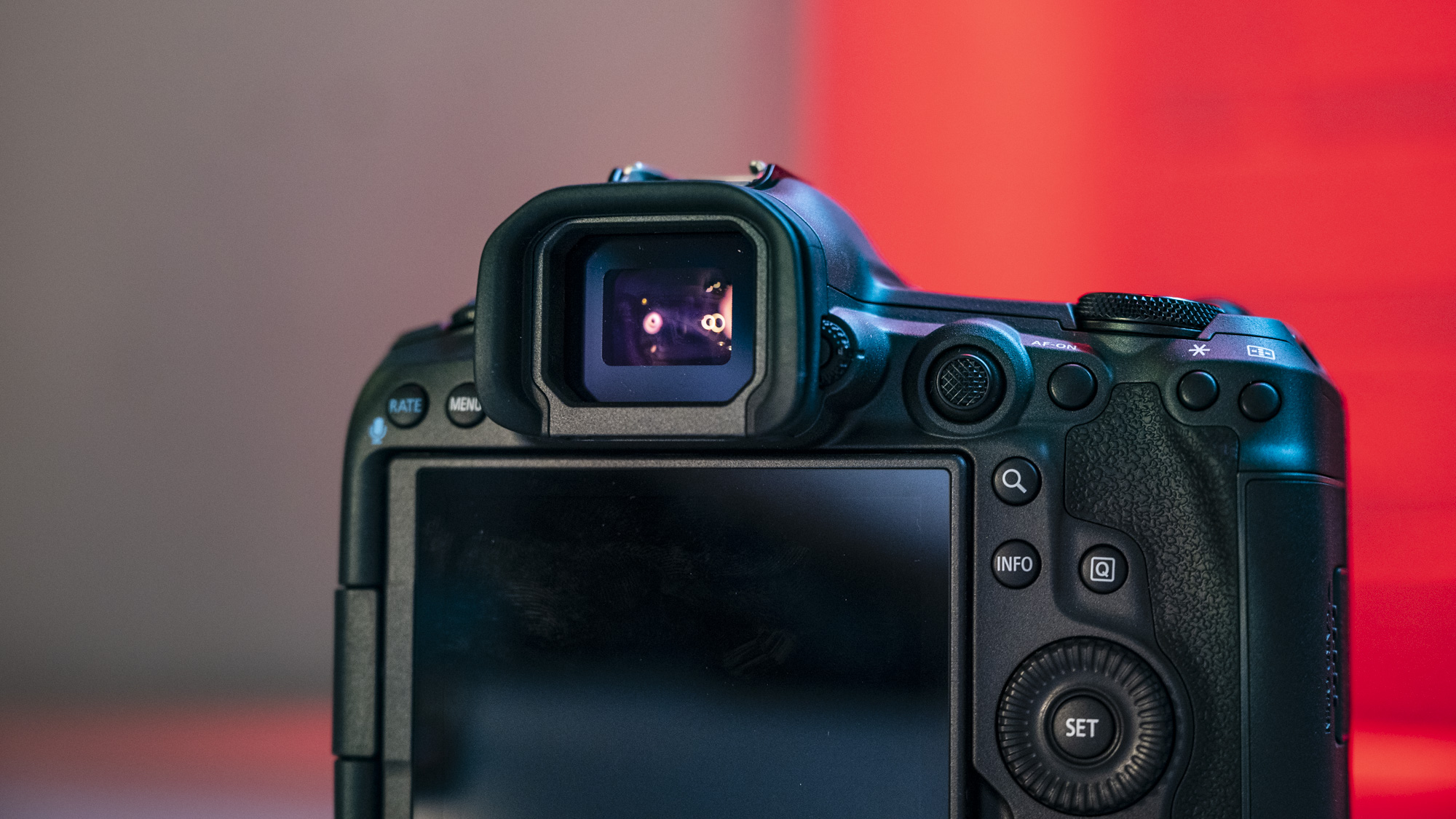
Specifications
Reasons to buy
Reasons to avoid
Canon EOS R5 Mark II sample images
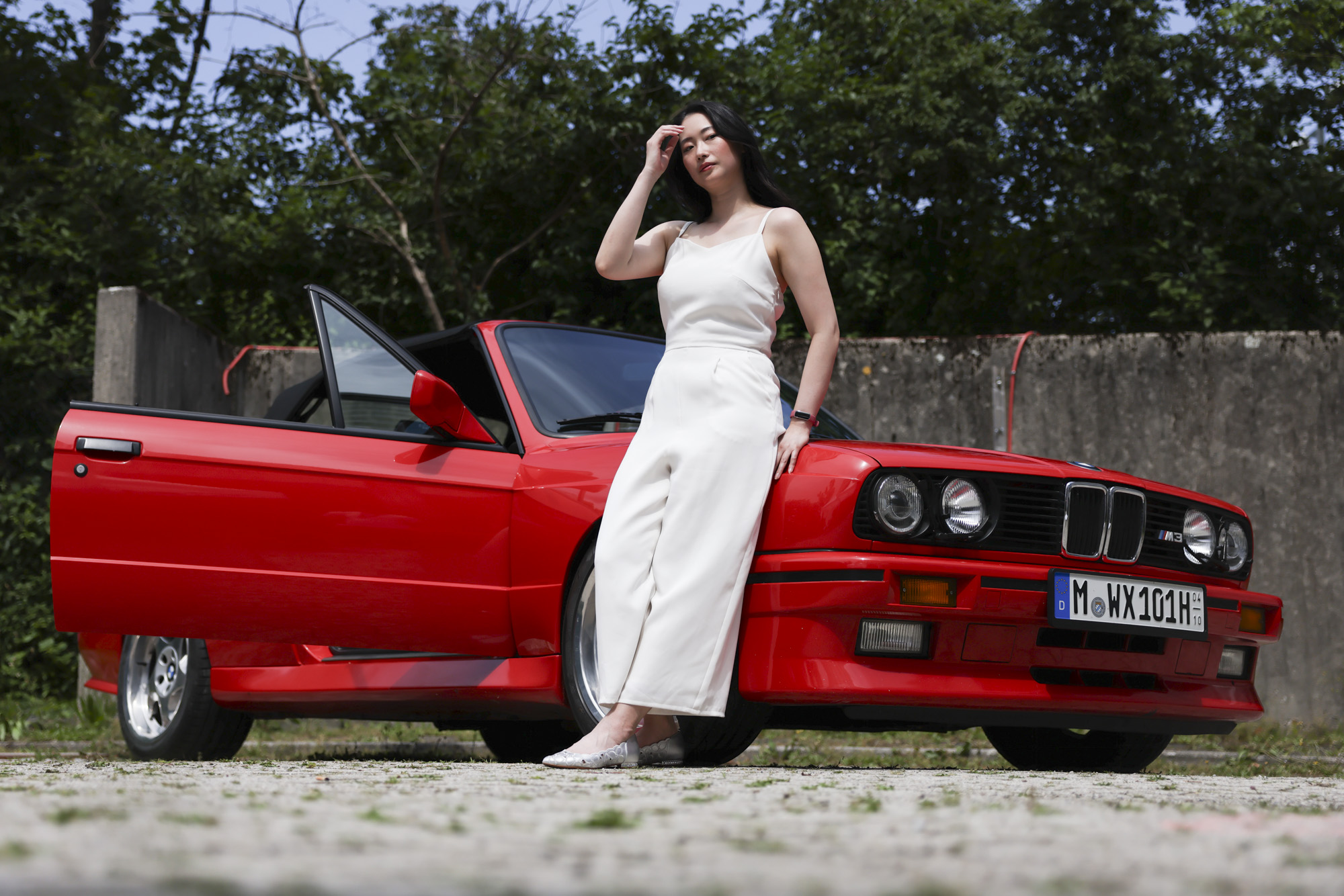
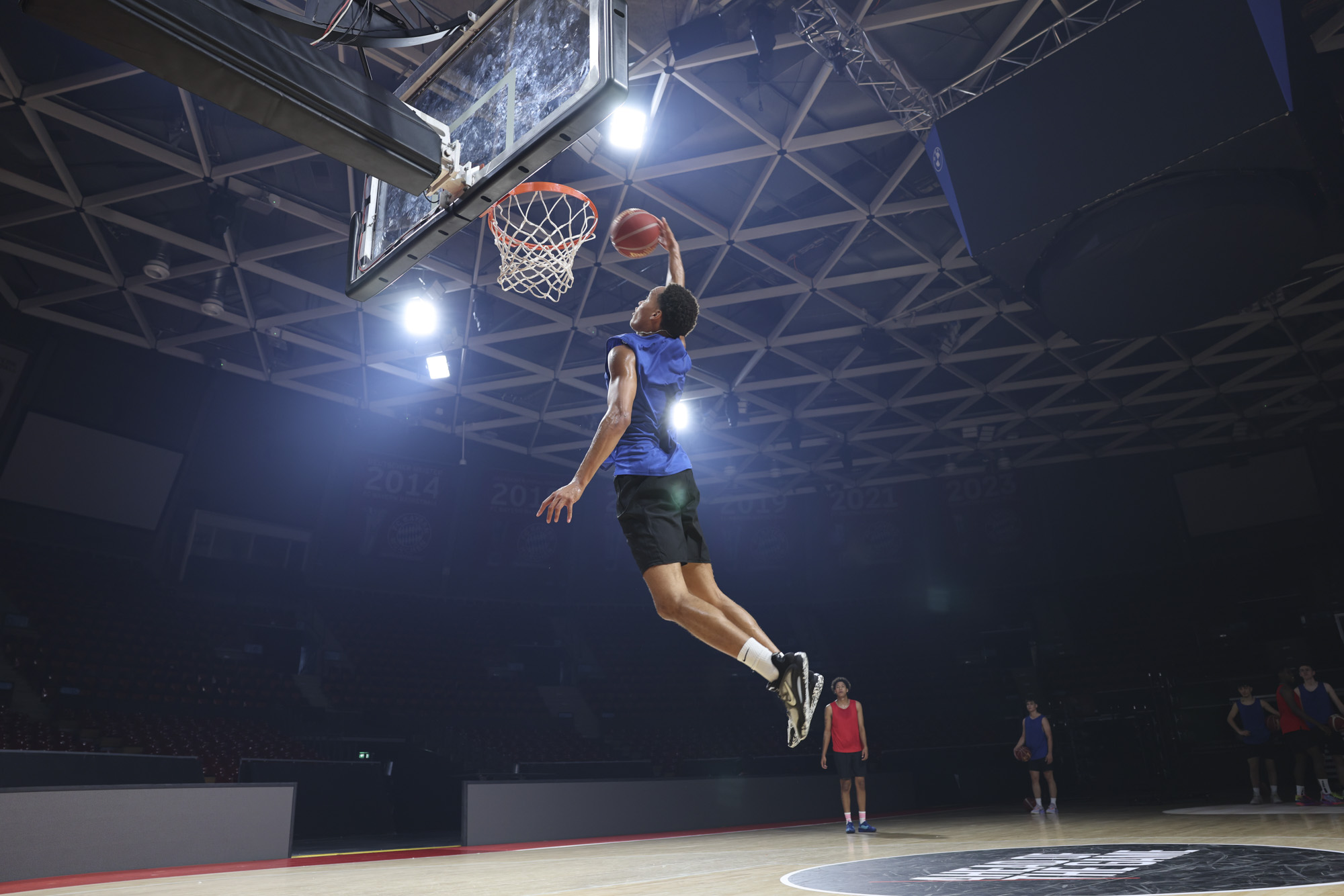


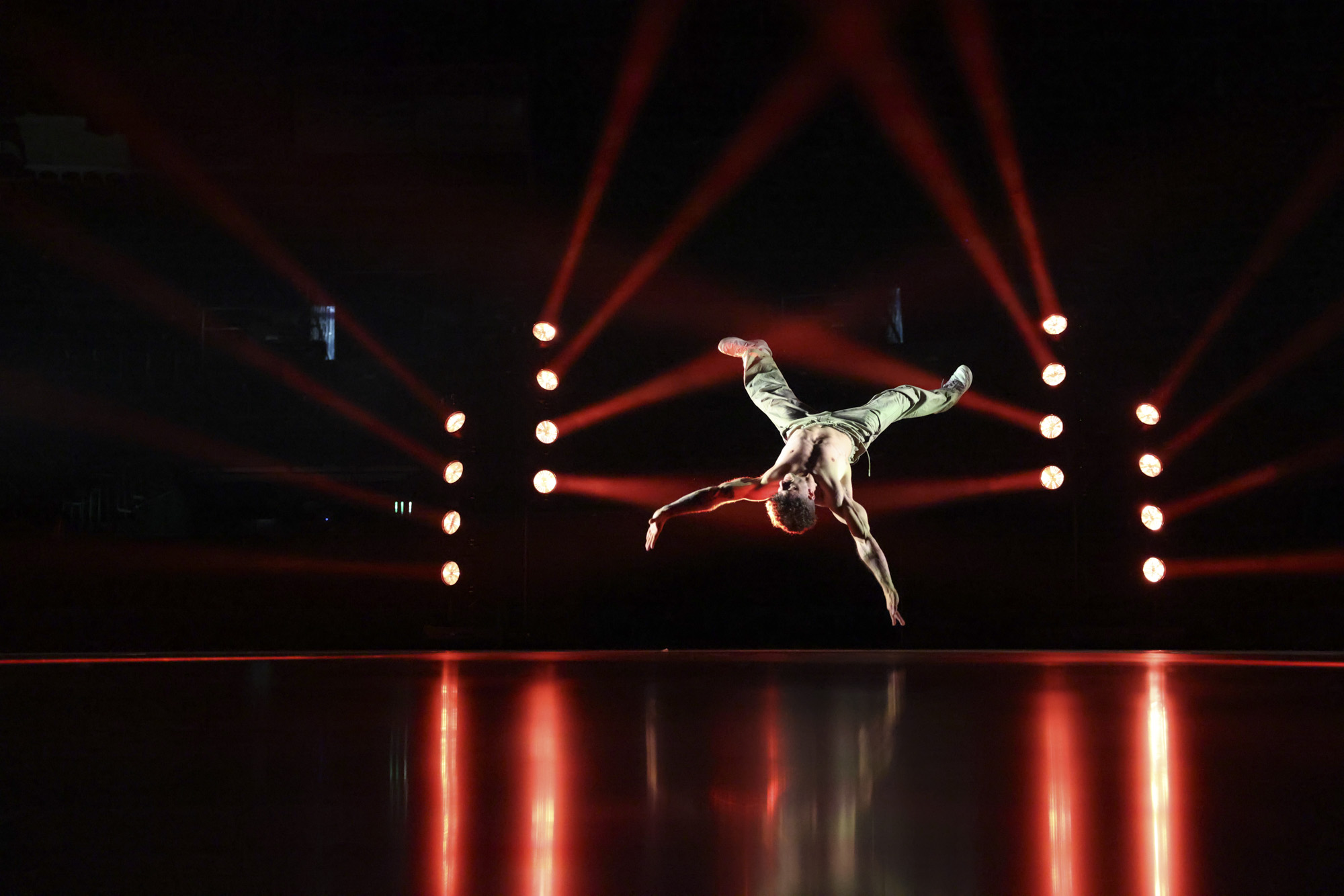
✅ You want Canon's best-ever pro camera: 45MP stills, 8K video, new stacked sensor, probably the best autofocus system bar none – the EOS R5 Mark II is a capable hybrid, and is a big upgrade of the EOS R5.
✅ You want top spec performance: Cutting-edge autofocus plus eye-control AF, powerful image stabilization, together with a stacked sensor, combine to great effect for high-speed subjects.
❌ You’re on a tight budget: It's better value than the Sony A1 II, but pricier than the Nikon Z8 and the model it succeeds, the EOS R5. The price is, overall, fair, but it still ain't cheap and that's before you get to lenses.
❌ You don't need a speedy camera: Most of the EOS R5 Mark II's upgrades are in the performance department for high-speed subjects and video. If you're primarily a studio and landscape photographer, the much cheaper EOS R5 is a sensible alternative.
During our in-depth review of the EOS R5 Mark II, there was the sense that we were only scratching the surface of what it is capable of. Put simply, it's Canon's most complete mirrorless camera ever, with 45MP stills and 8K video, a new stacked sensor and twin processors for improved speed, plus new sport-specific autofocus modes that are able to intelligently select where to focus based on the action, plus including recognize and prioritize any one of 10 stored faces. There's new features too, such as in-camera upscaling that quadruples the 45MP resolution with impressive results, and this is all neatly packaged into a rugged, well-designed body.
For dedicated pro sports and wildlife photographers, the pricier EOS R1 is even faster. But for practically every other professional, the EOS R5 Mark II is the complete full-frame camera – we awarded it best camera for 2024. There's plenty more features to explore, including the neat Eye Control AF, and you can find out more in our in-depth review through the link below.
Read our in-depth Canon EOS R5 Mark II review
The best full-frame mirrorless camera for video
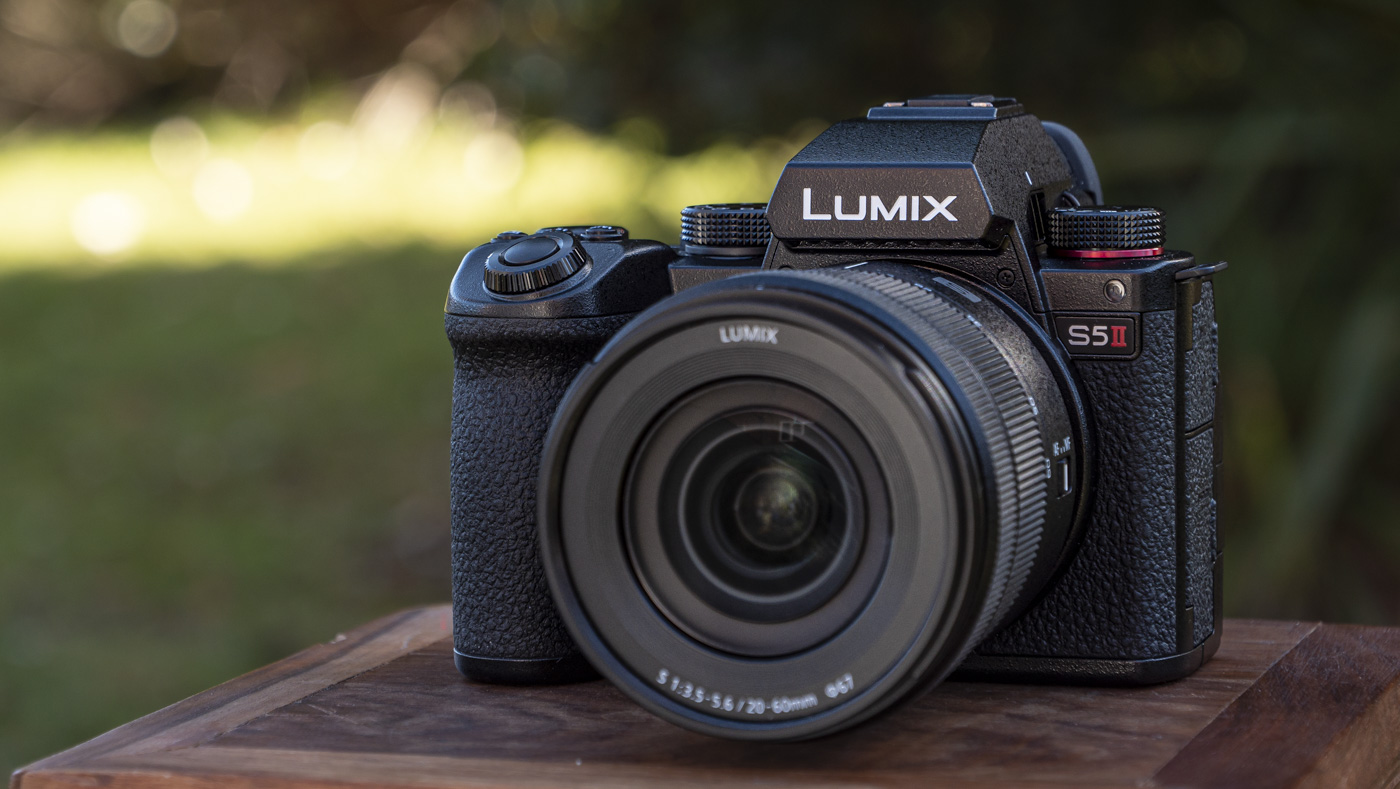
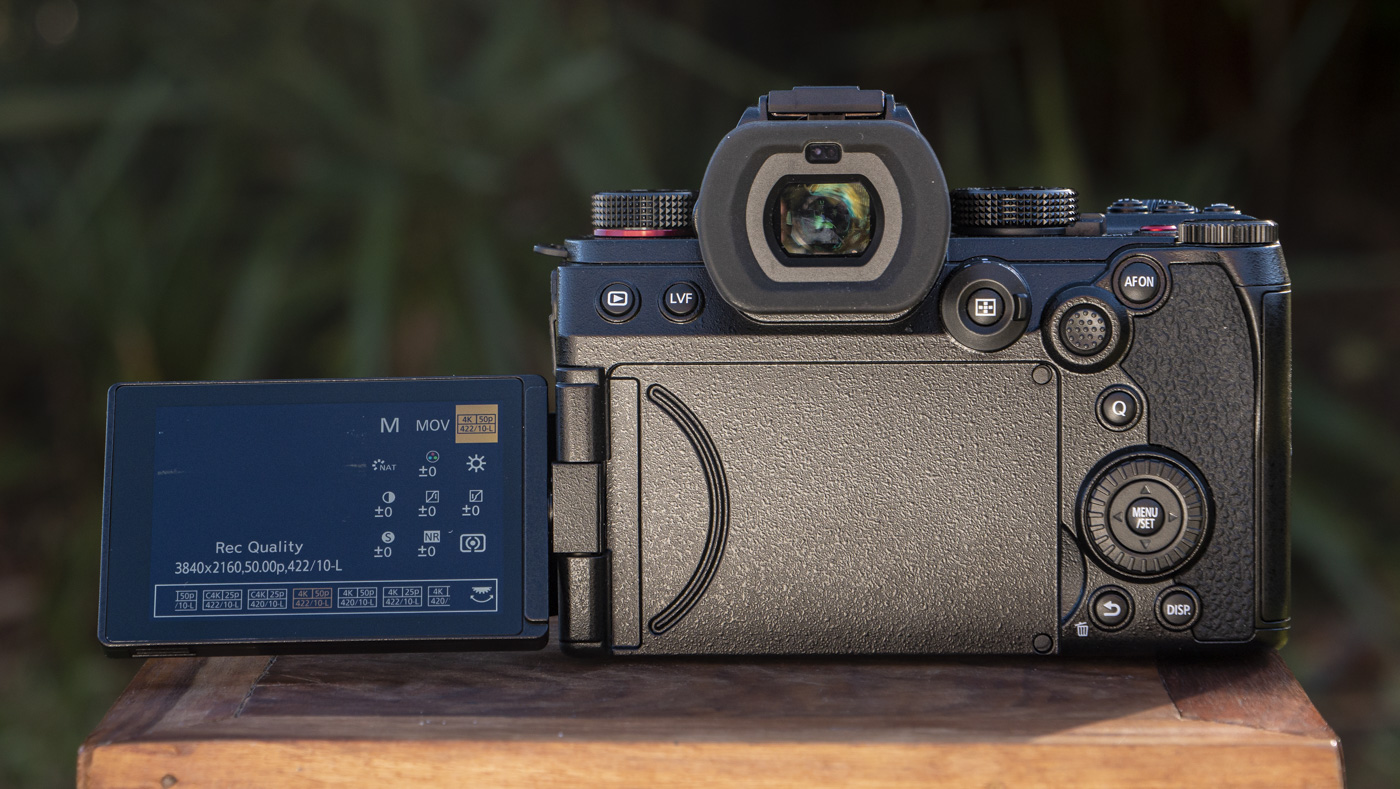
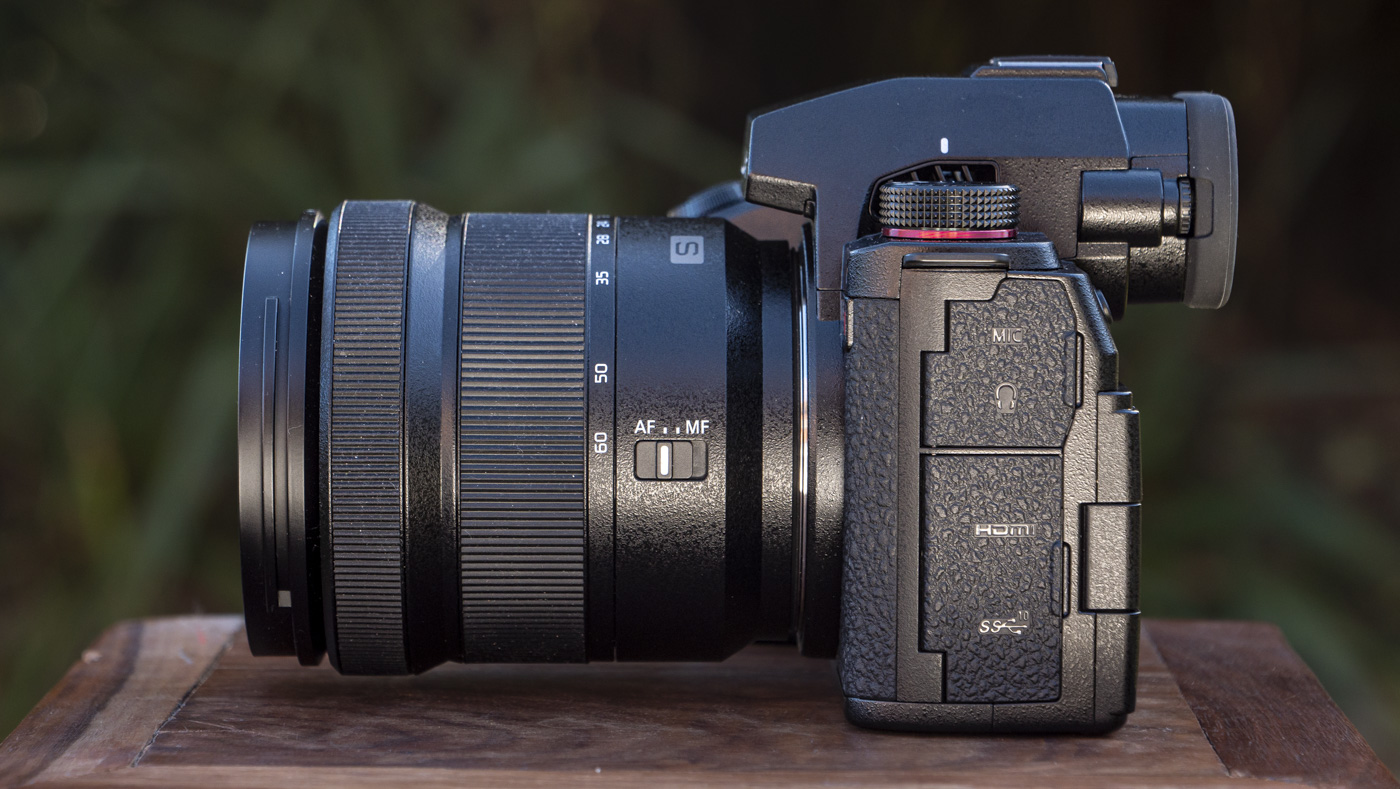
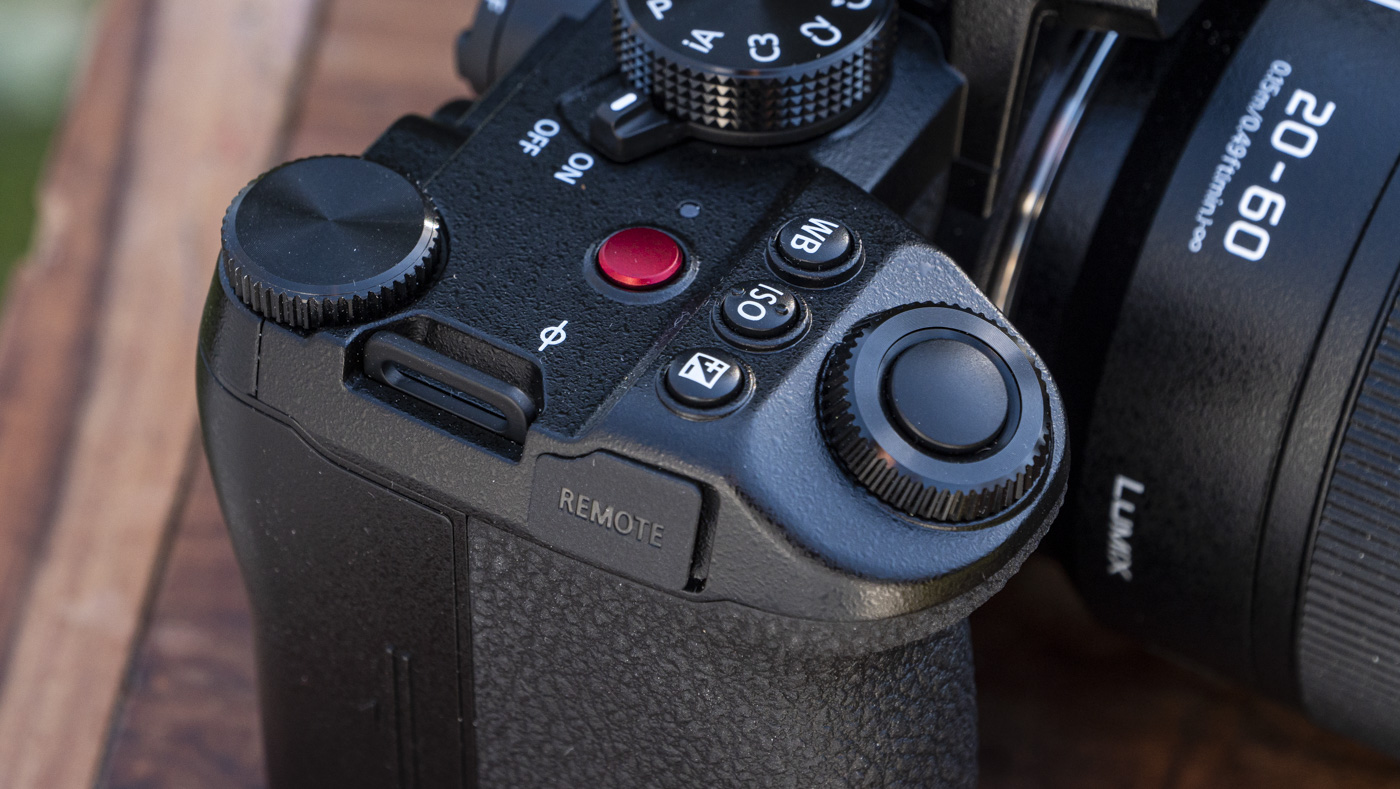
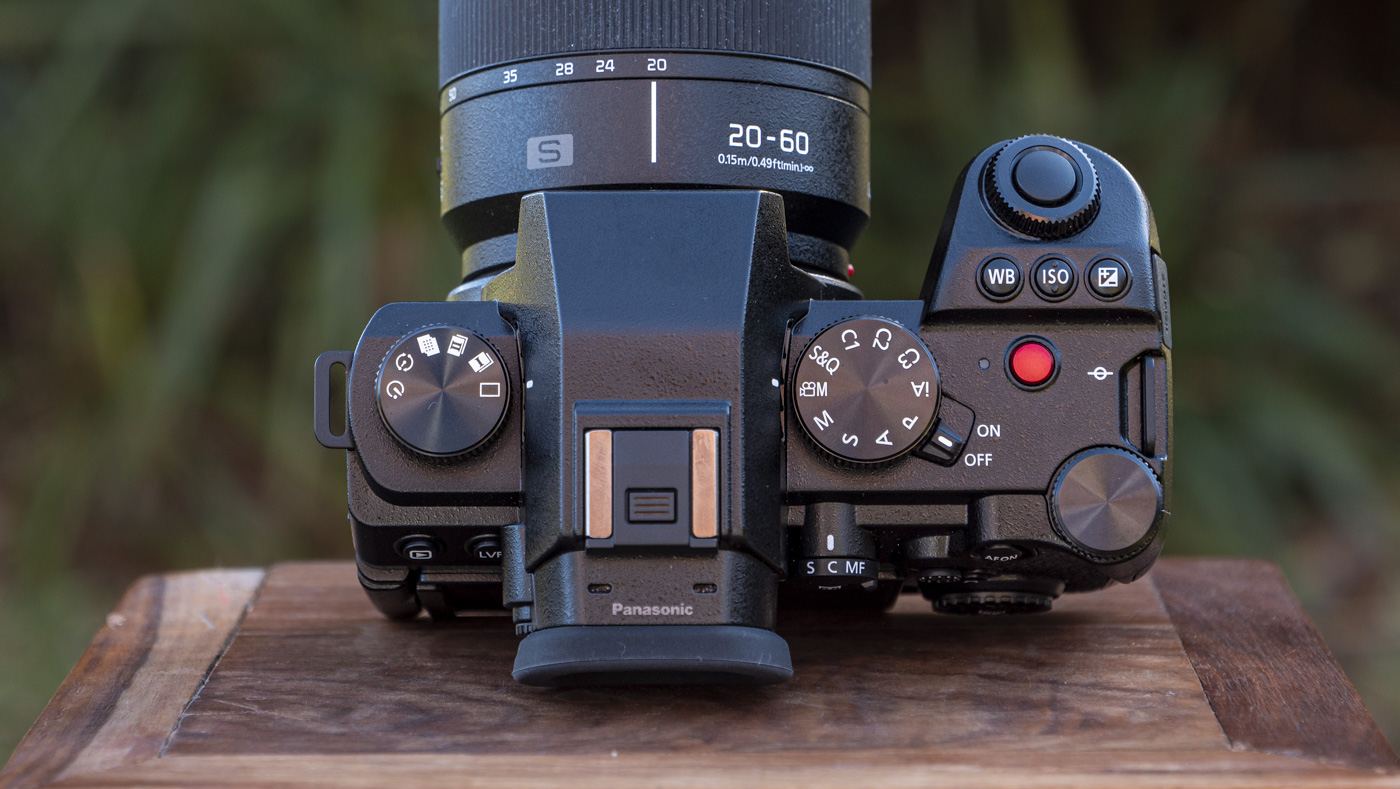
Specifications
Reasons to buy
Reasons to avoid
Panasonic Lumix S5 II sample images
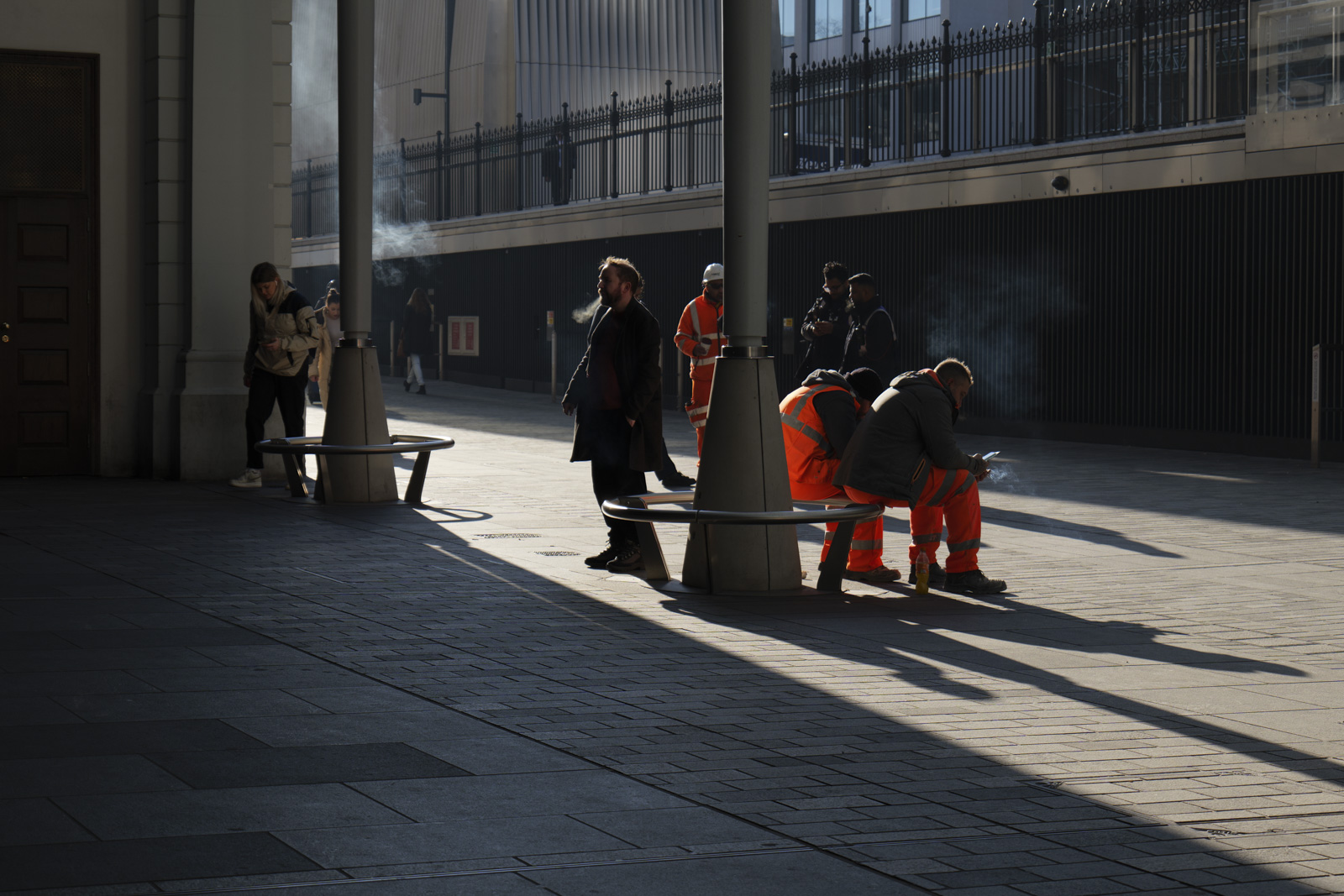
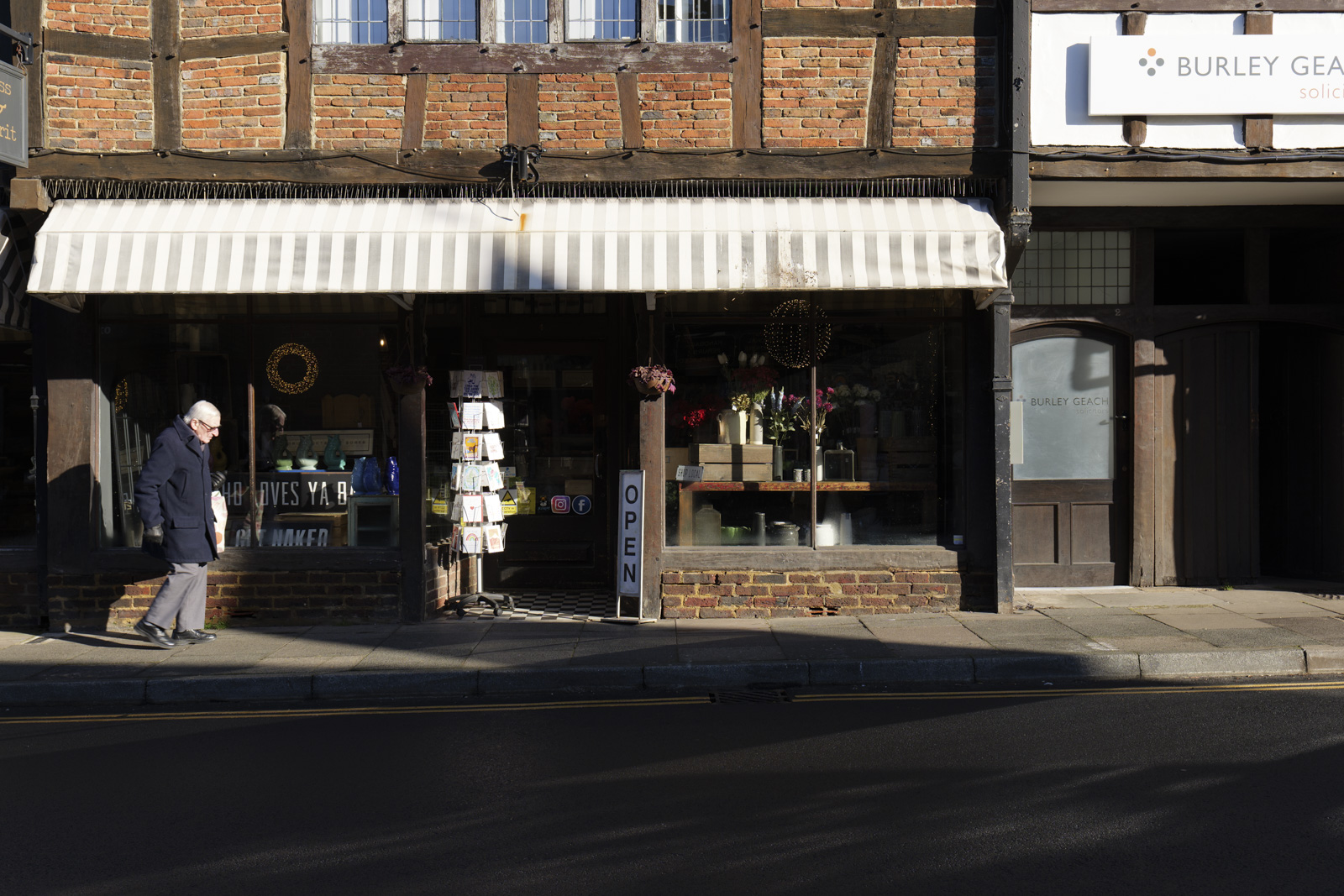
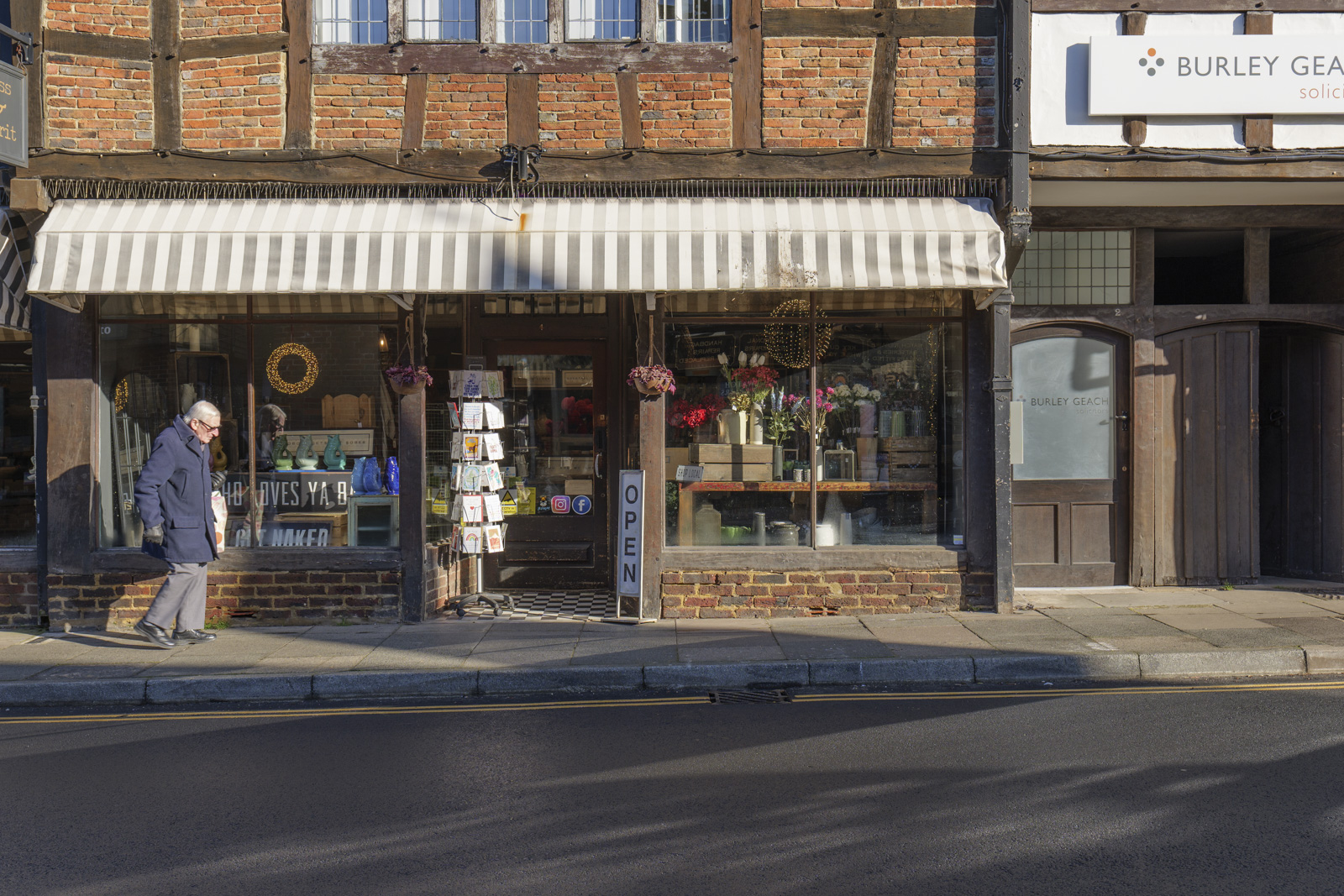
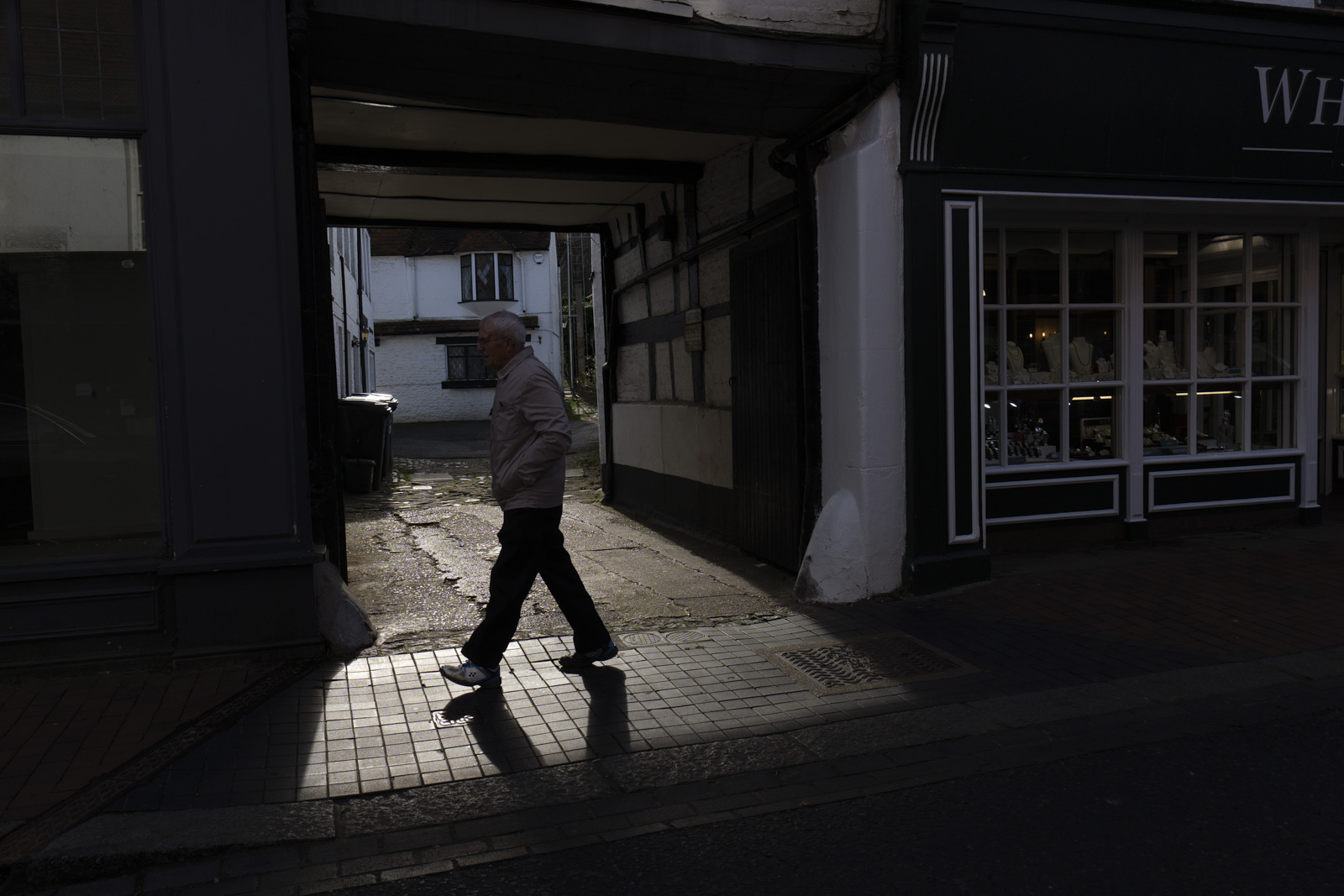
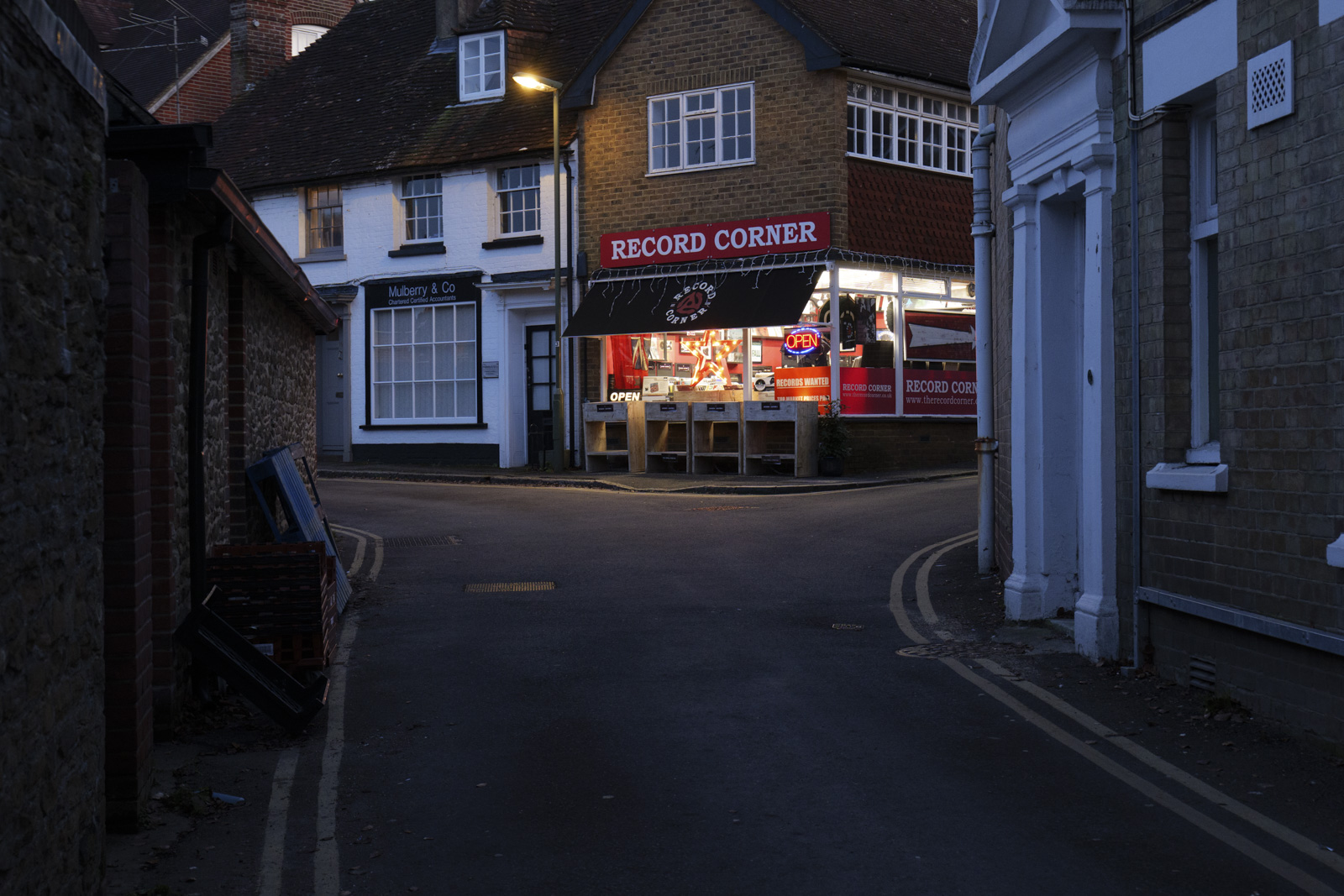
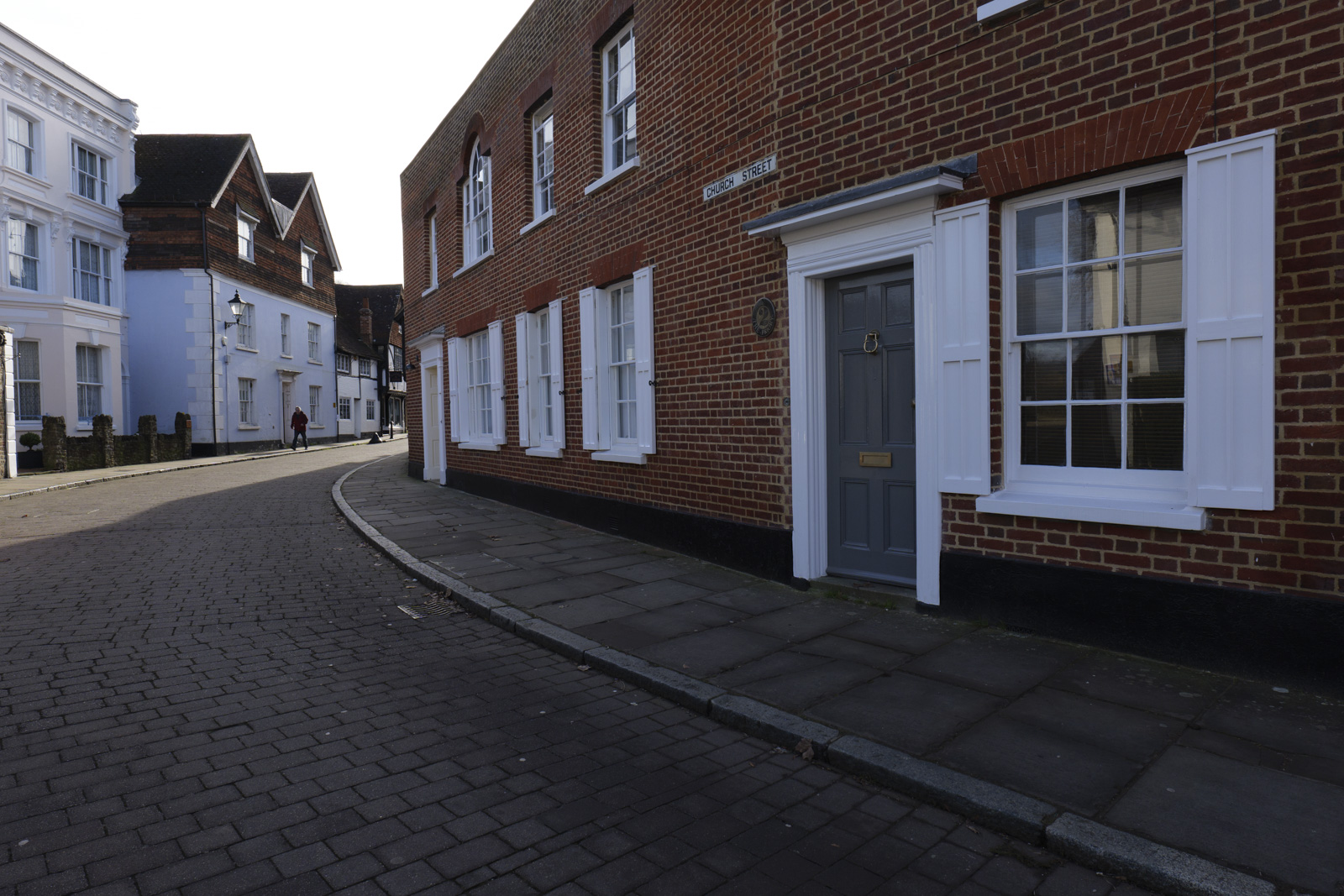


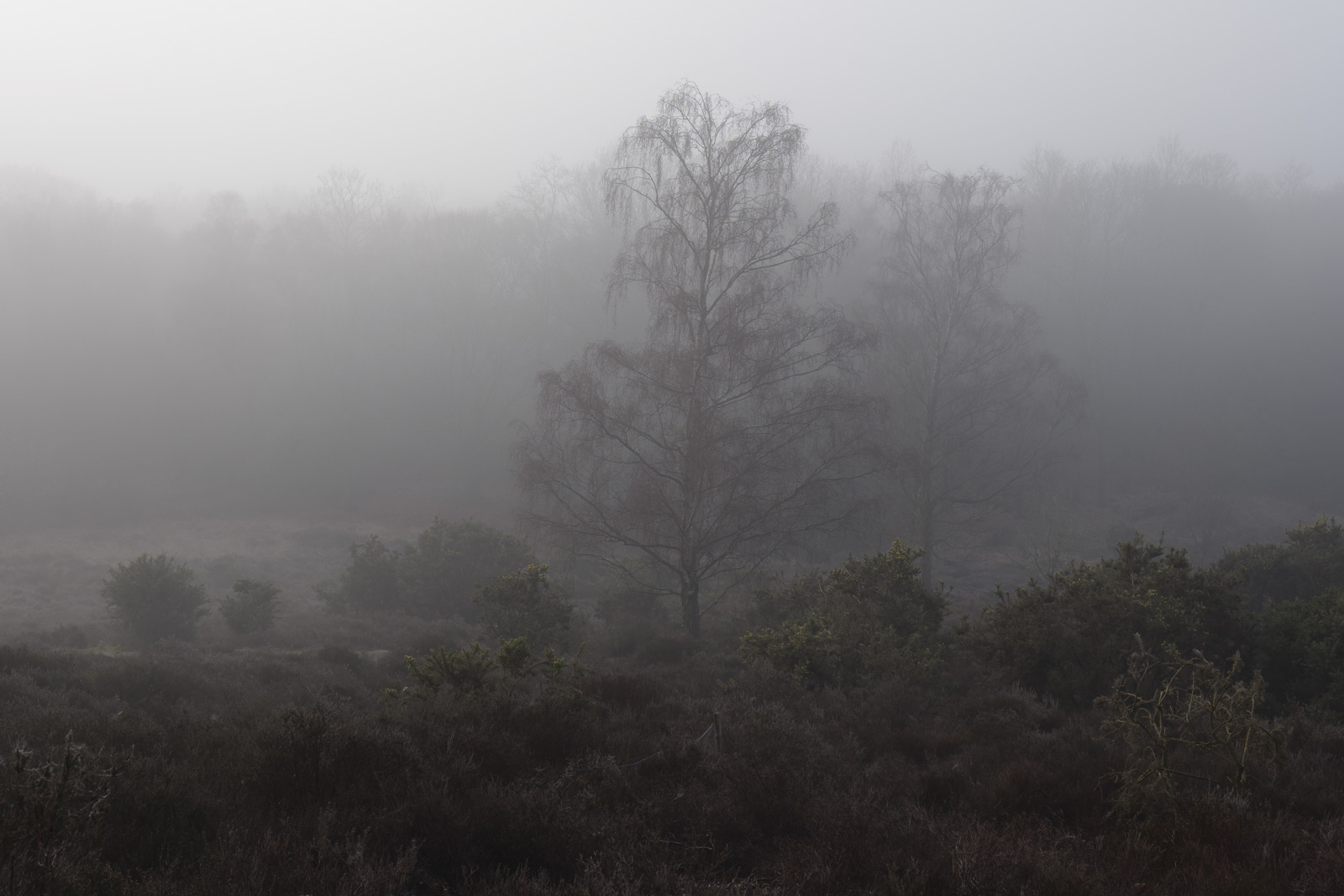
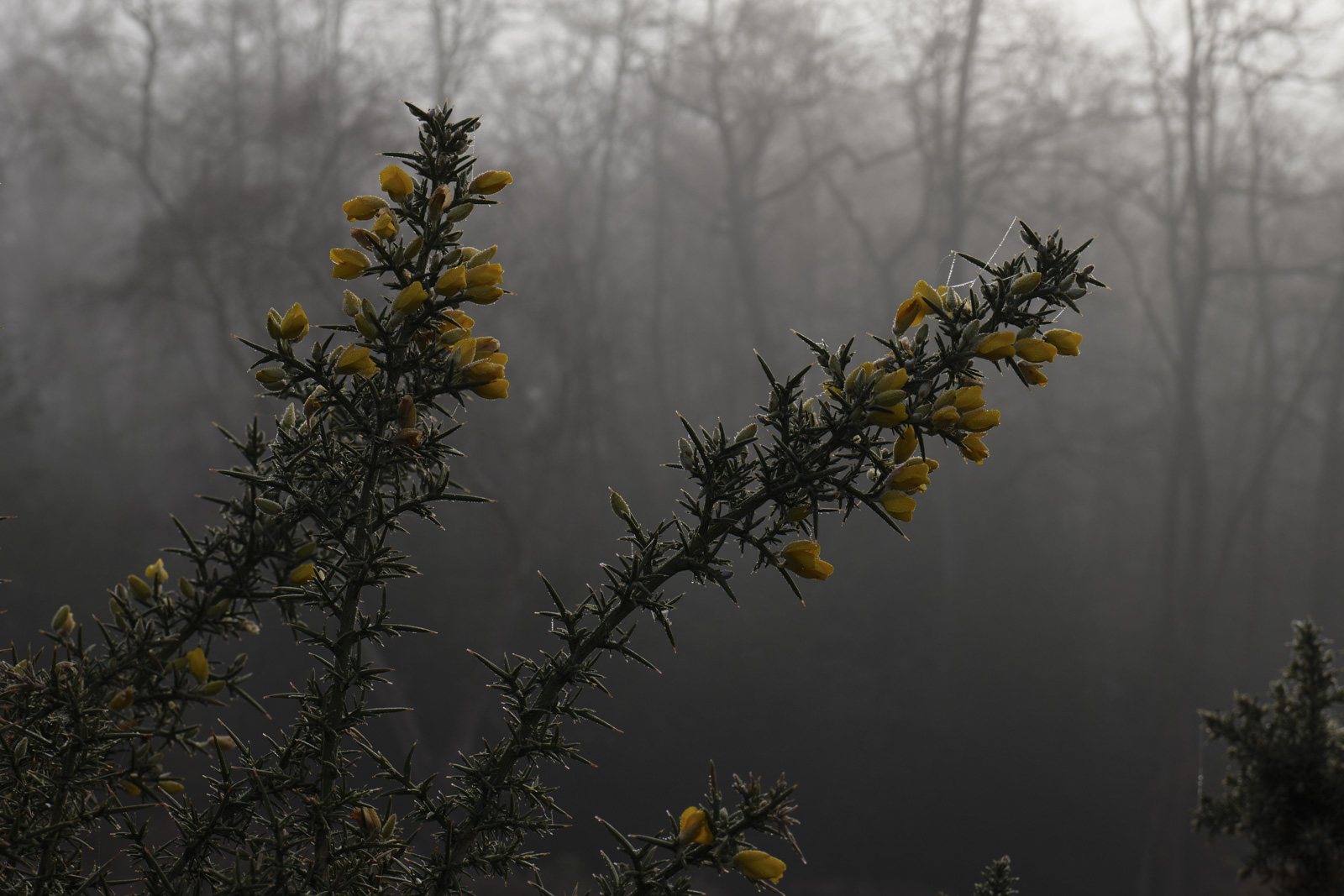
✅ You want a full-frame video camera: The S5 II excels when it comes to shooting uncropped 6K/30p video.
✅ You plan to create for social: Shooting with the full 3:2 aspect ratio sensor makes it easier to crop for social.
❌ You plan to record slow-mo video: A significant 1.5x crop on 4K/60p video means it isn't perfect for slow-mo.
❌ You're a casual video user: The S5 II can shoot good stills, but you'll save money if you don't need its video skills.
A full-frame mirrorless camera designed for video creators, we think the Panasonic Lumix S5 II is the best video camera you can buy. In our review, we noted the excellent quality of its 6K/30p footage, specifically the dynamic range and rich colors. 10-bit recording is available for almost every resolution and frame rate, making the S5 II a versatile tool for filmmakers. Because footage is recorded using the full sensor, it also offers flexibility when cropping video for social.
Our tests found the Lumix S5 II a usefully compact yet comfortable camera to shoot with, complemented by direct-access controls. Image stabilization proved effective for handheld recording, while phase detection AF – present for the first time on a Panasonic mirrorless camera – worked very well. The only drawback to speak of is the 1.5x crop on 4K/60p video. The Lumix S5 IIX will be even more appealing for serious videographers, but we think the S5 II hits the price/feature sweet spot for most creators.
Read more: Panasonic Lumix S5 II review
The best cheap full-frame mirrorless camera
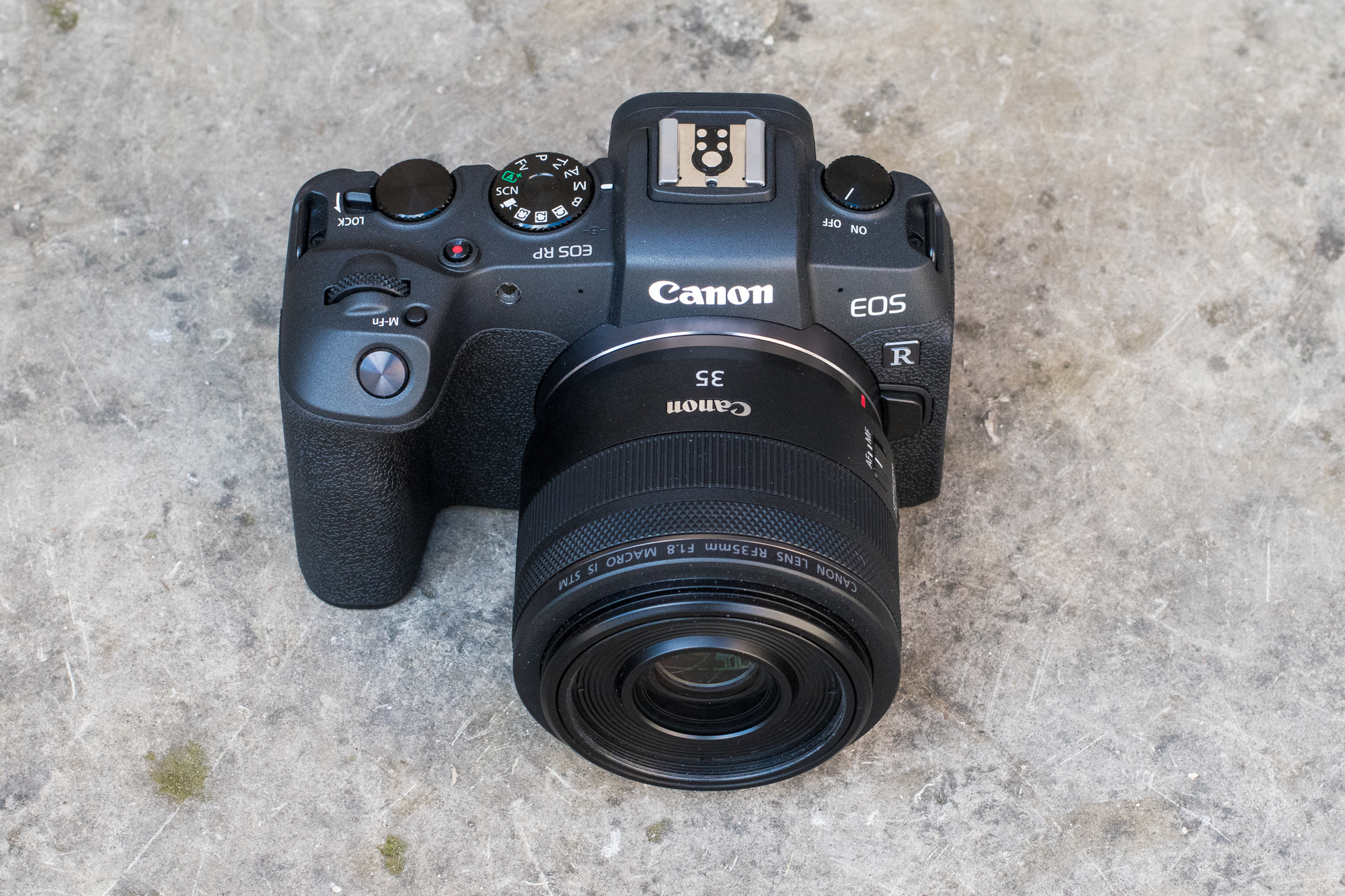

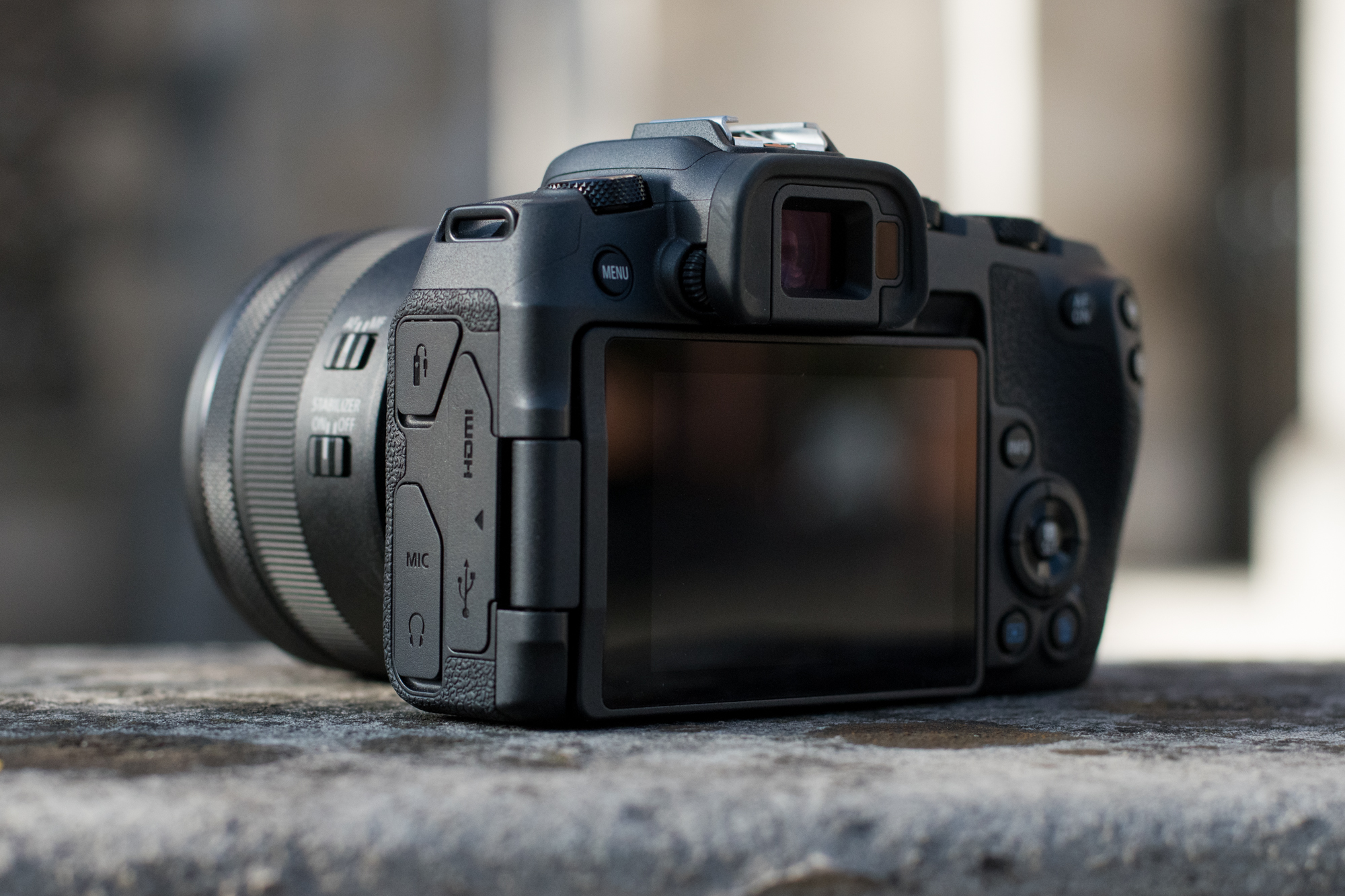
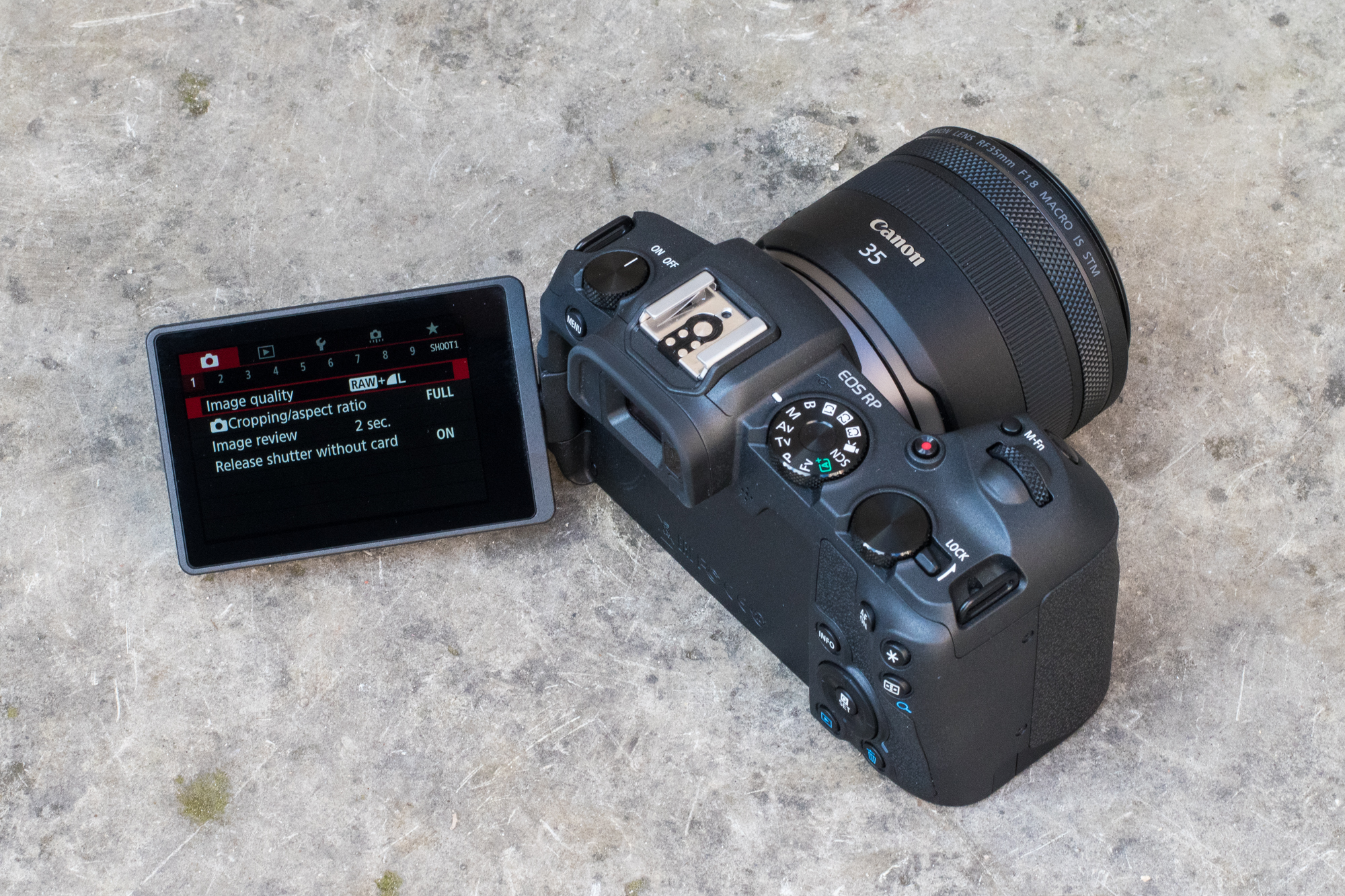

Specifications
Reasons to buy
Reasons to avoid
Canon EOS RP sample images

Click here to see the full-size image

Click here to see the full-size image

Click here to see the full-size image
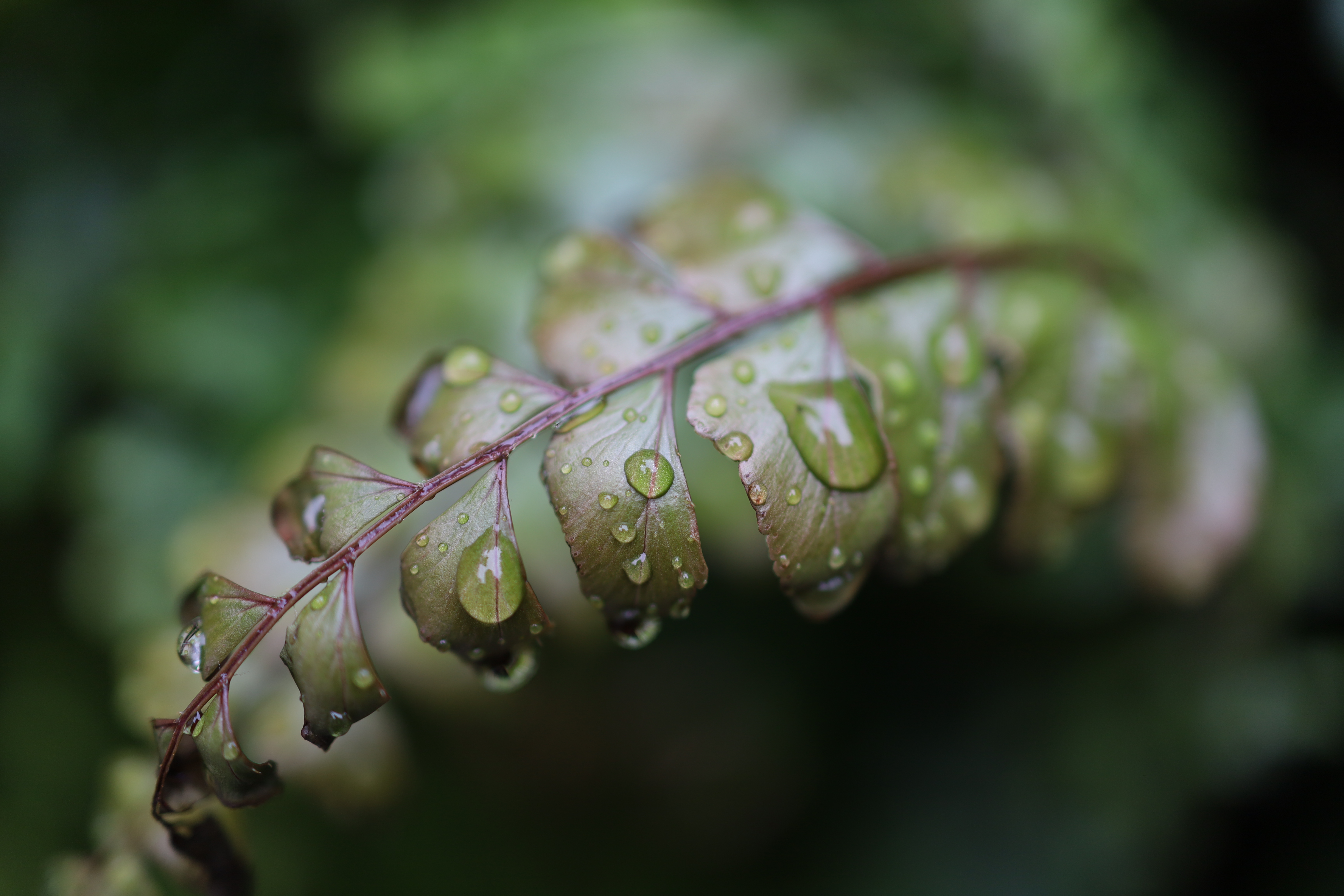
Click here to see the full-size image

Click here to see the full-size image
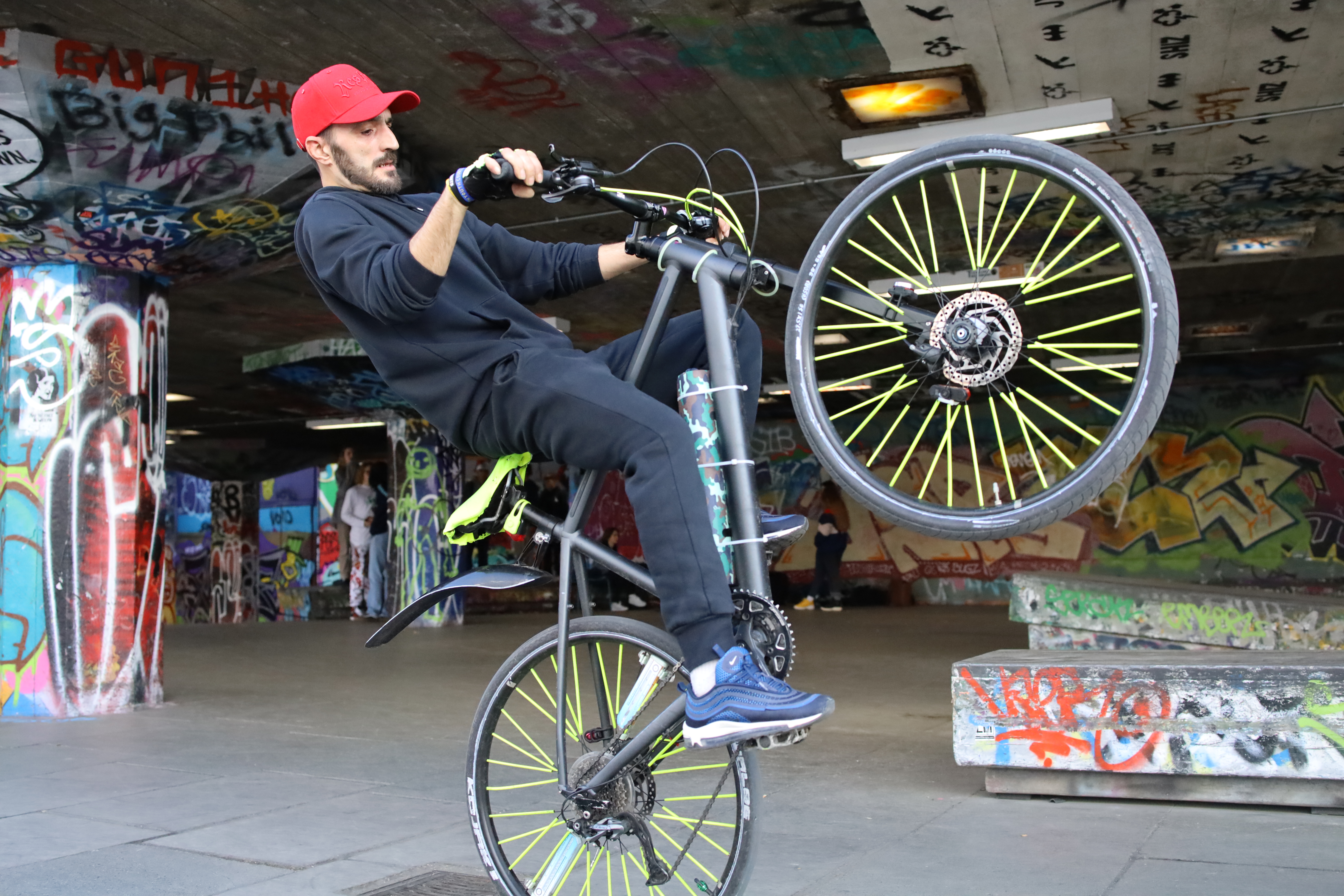
Click here to see the full-size image
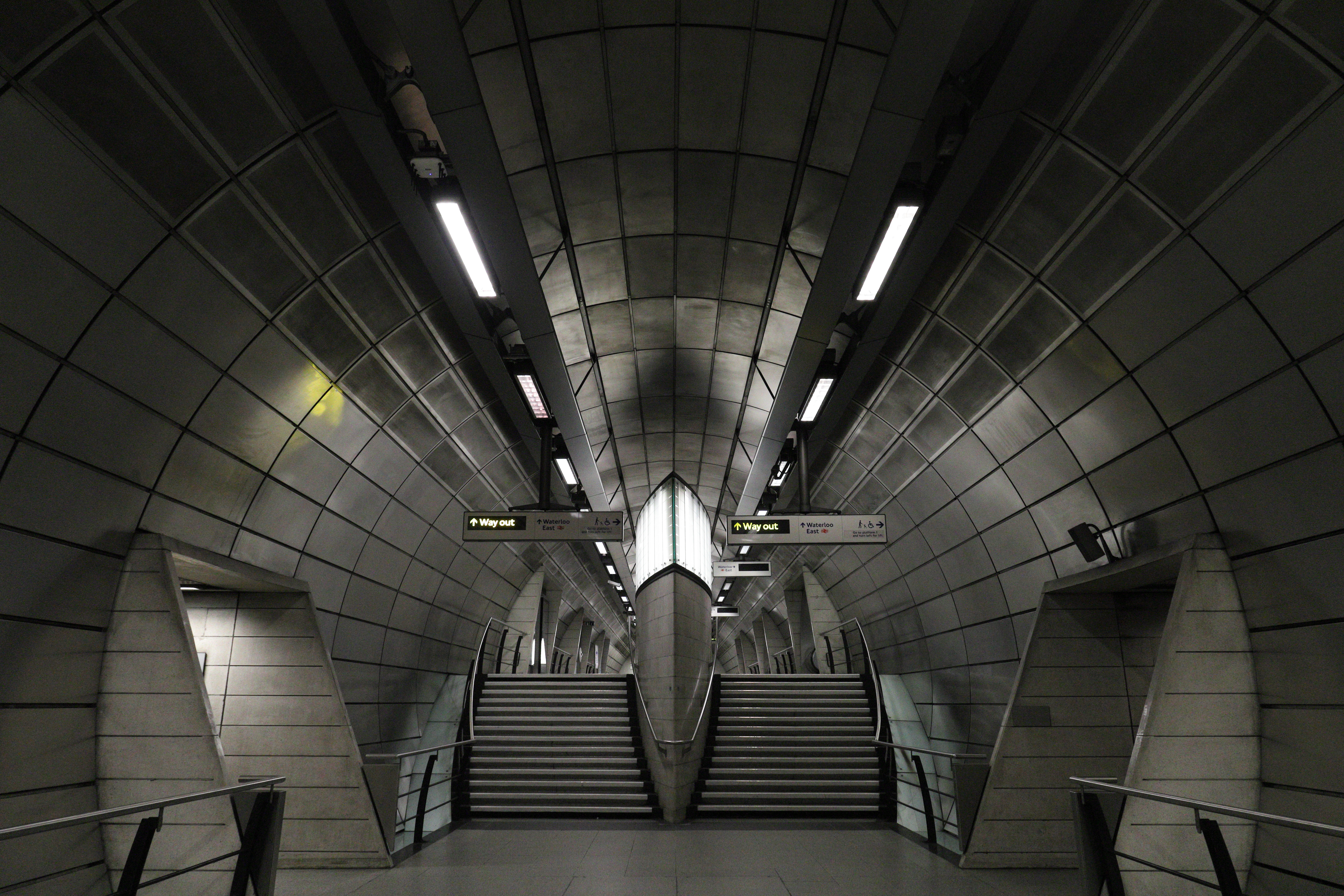
Click here to see the full-size image
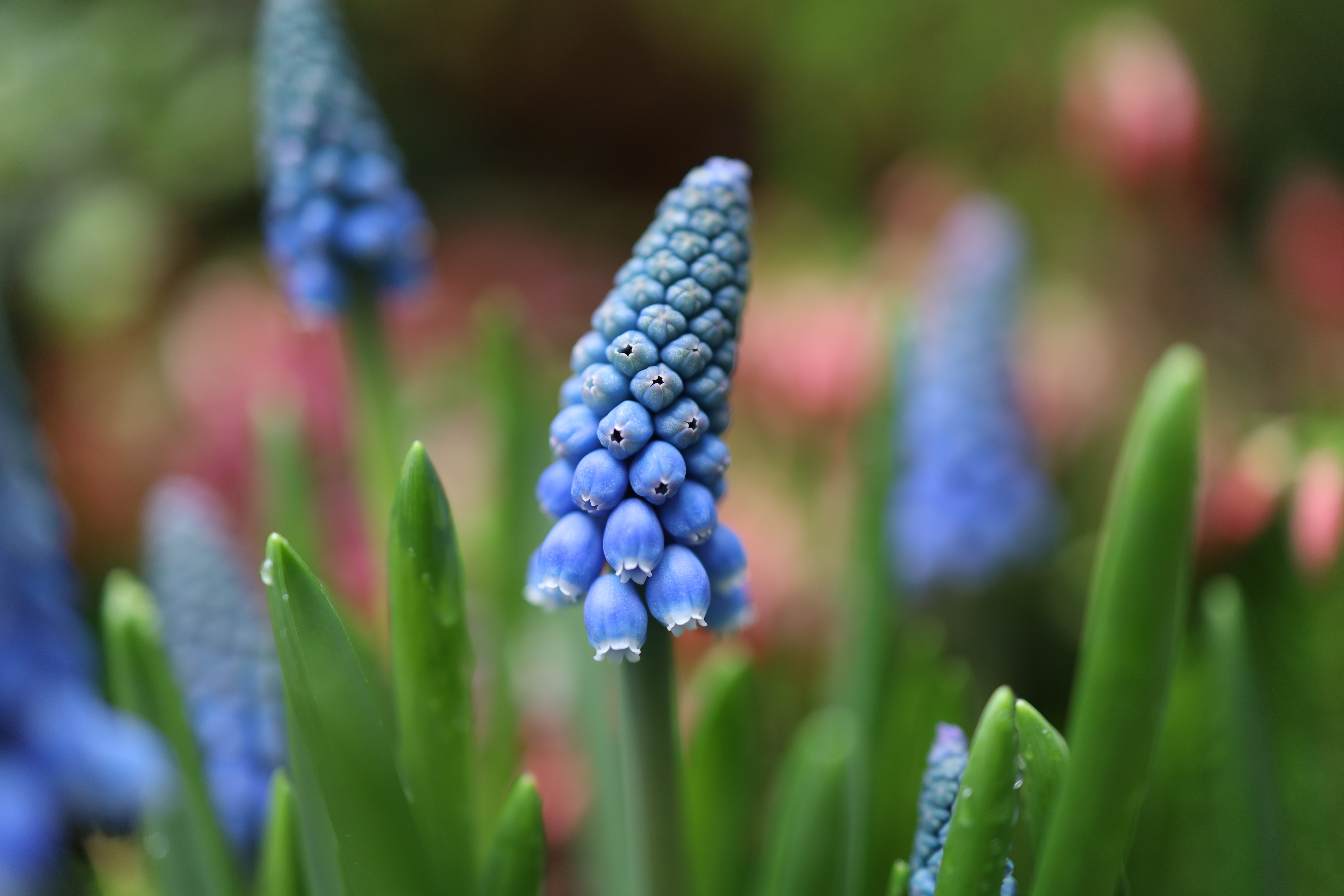
Click here to see the full-size image

Click here to see the full-size image
✅ You want affordable full-frame: The EOS RP offers a generous full-frame feature set for a reasonable price.
✅ You want a travel camera: The EOS RP's compact body is tidily packaged around the full-frame sensor inside.
❌ You shoot a lot of video: Rolling shutter and a crop on 4K video mean the EOS RP is compromised for video.
❌ You need image stabilization: Affordability means the EOS RP doesn't have sensor-based image stabilization.
An alternative to the EOS R that arrived right at the start of Canon's latest mirrorless line, the EOS RP is simply a much better option for more people right now. While not quite as powerful in some areas, it's smaller, lighter and a heck of a lot cheaper. It's also blessed with very good autofocus, a generous buffer and a great touchscreen that flips out all the way to face the front.
Based on our tests, it wouldn't be our first choice for video. It's also worth noting that the current native lens selection is still somewhat limited (but growing all the time), and the best RF glass won't work as well with this camera – though you can use masses of EF lenses through an adapter. So it's a no-brainer for existing Canon users looking to make the switch to mirrorless without dropping a fortune in order to do so.
Read more: Canon EOS RP review
The best mid-range full-frame mirrorless camera
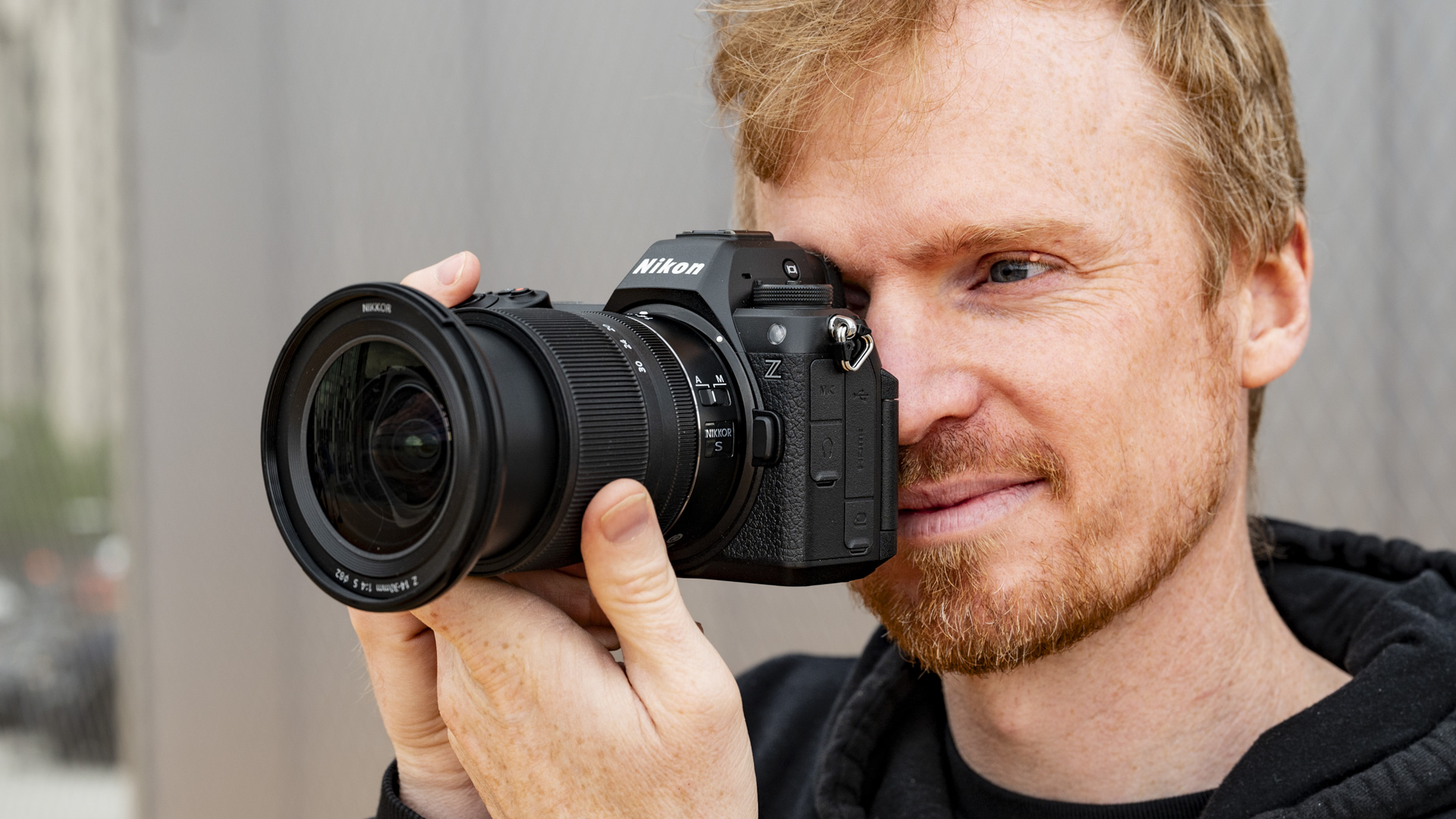
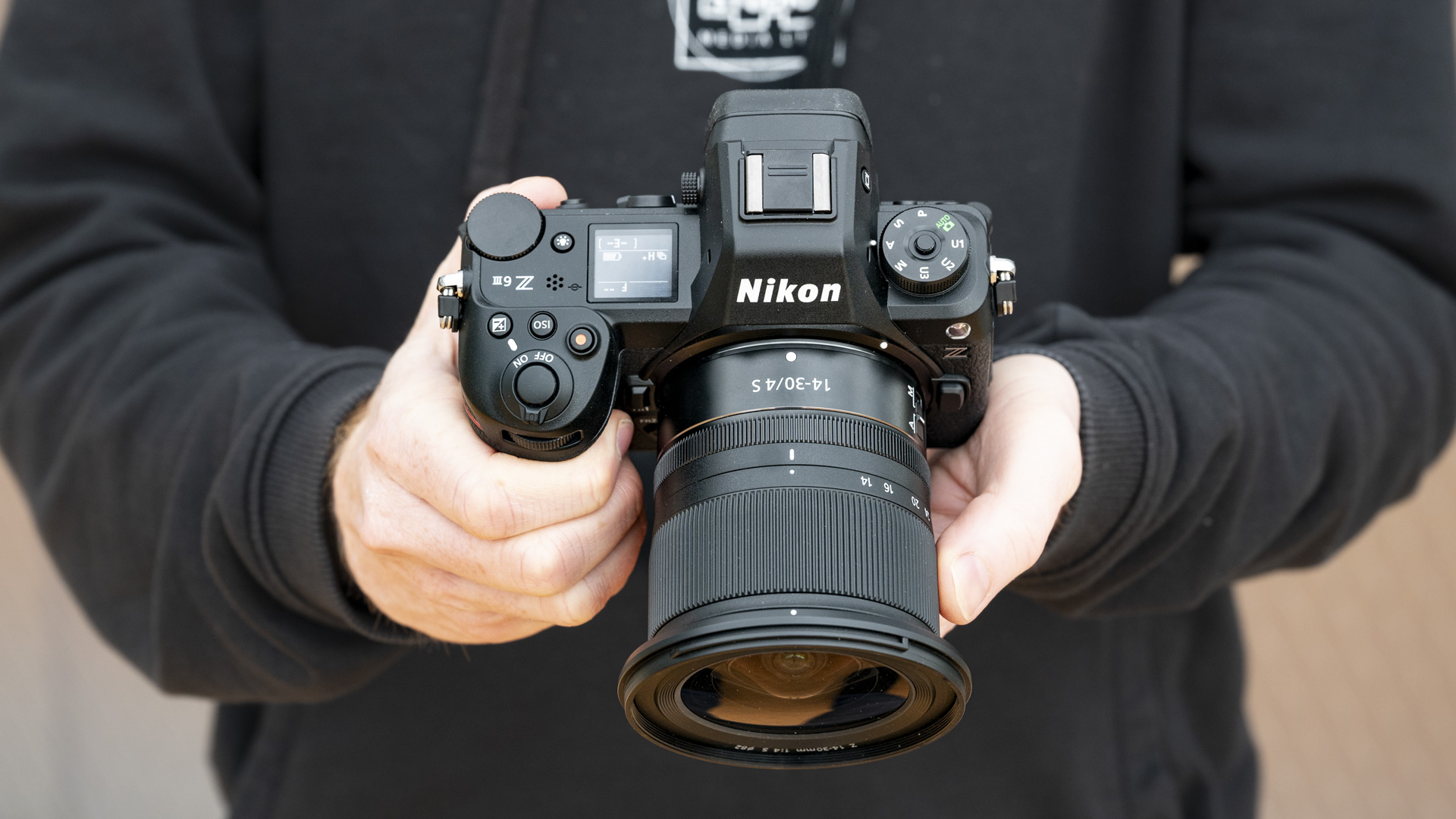
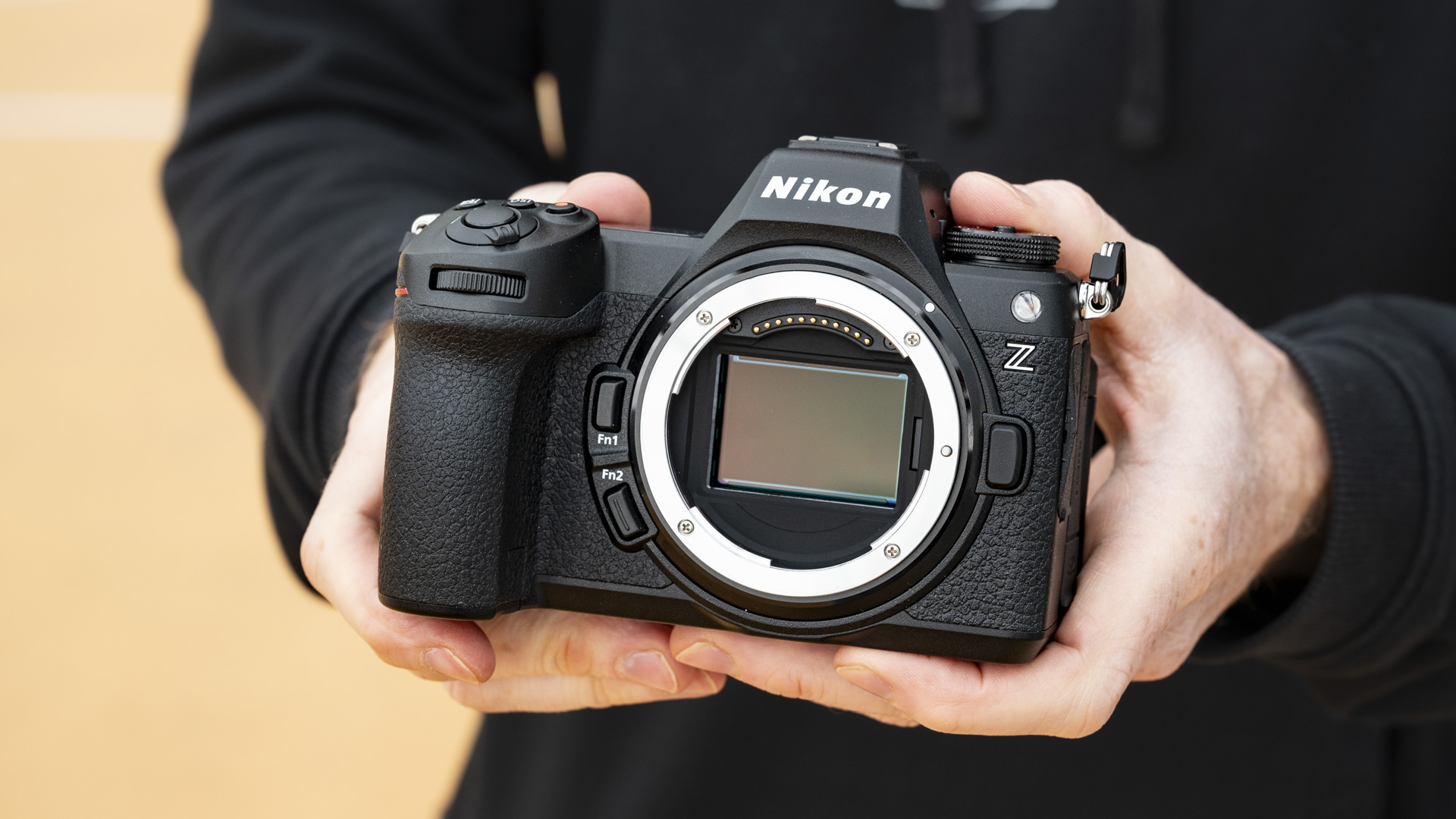

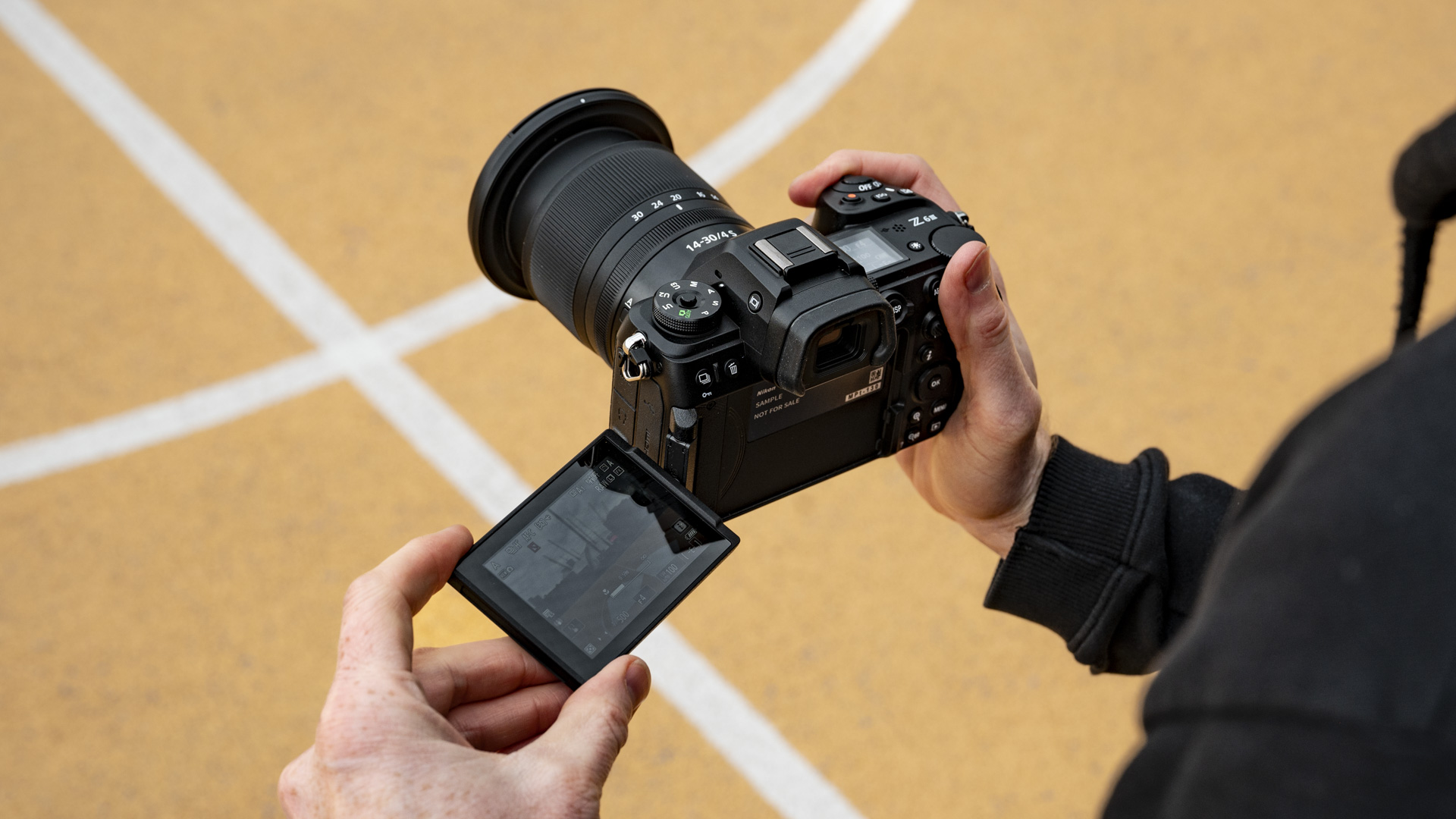
Specifications
Reasons to buy
Reasons to avoid
Nikon Z6 III sample images
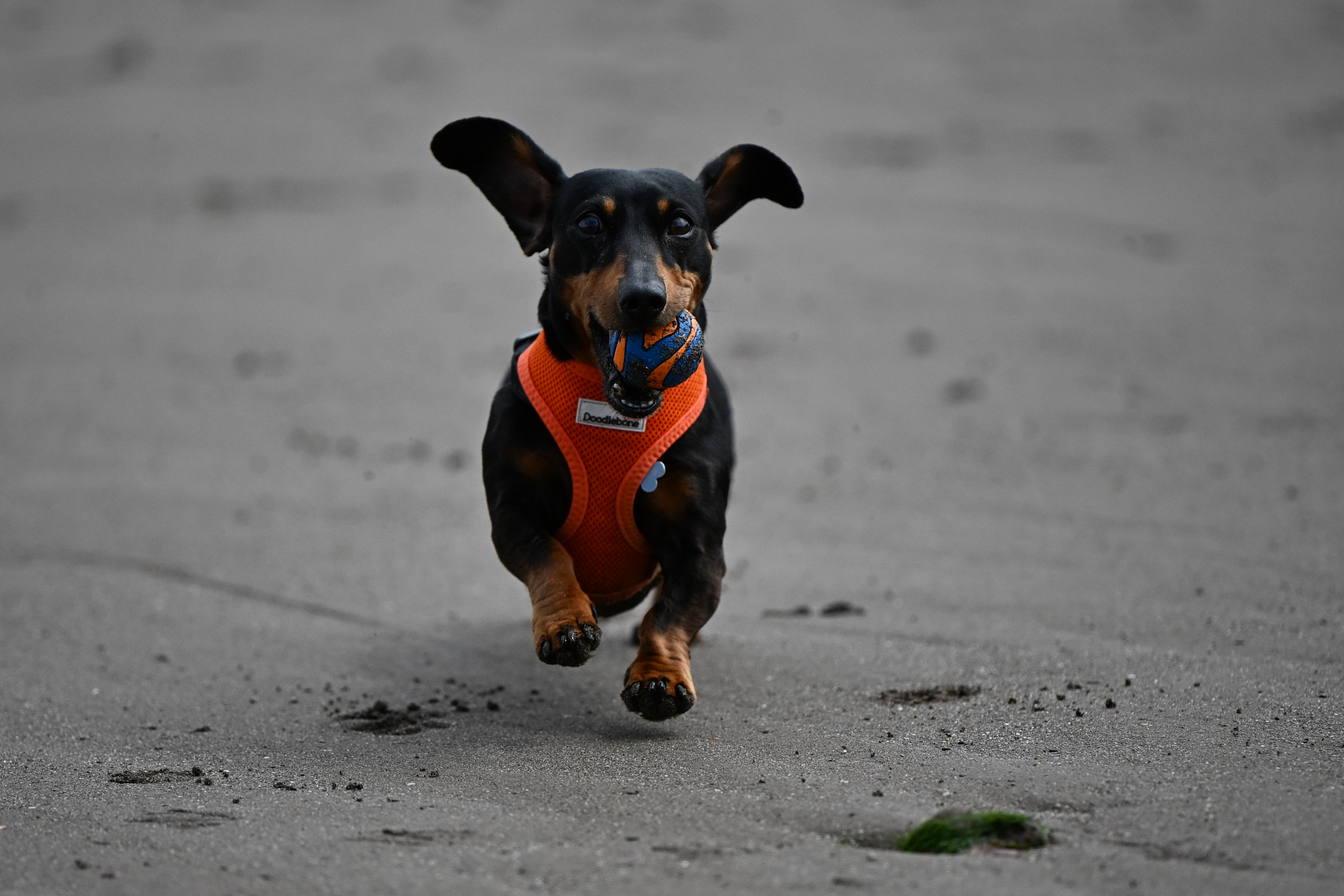
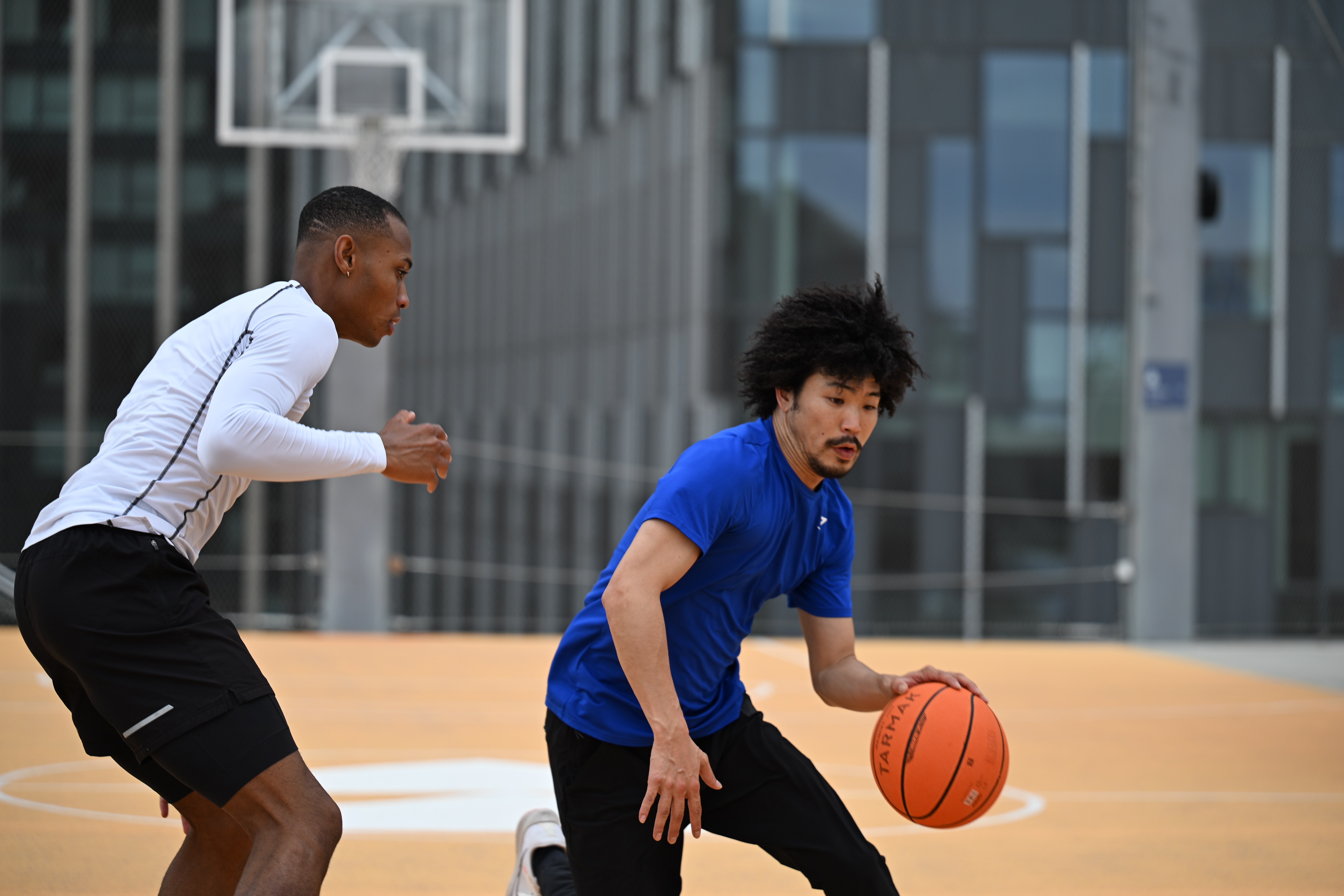
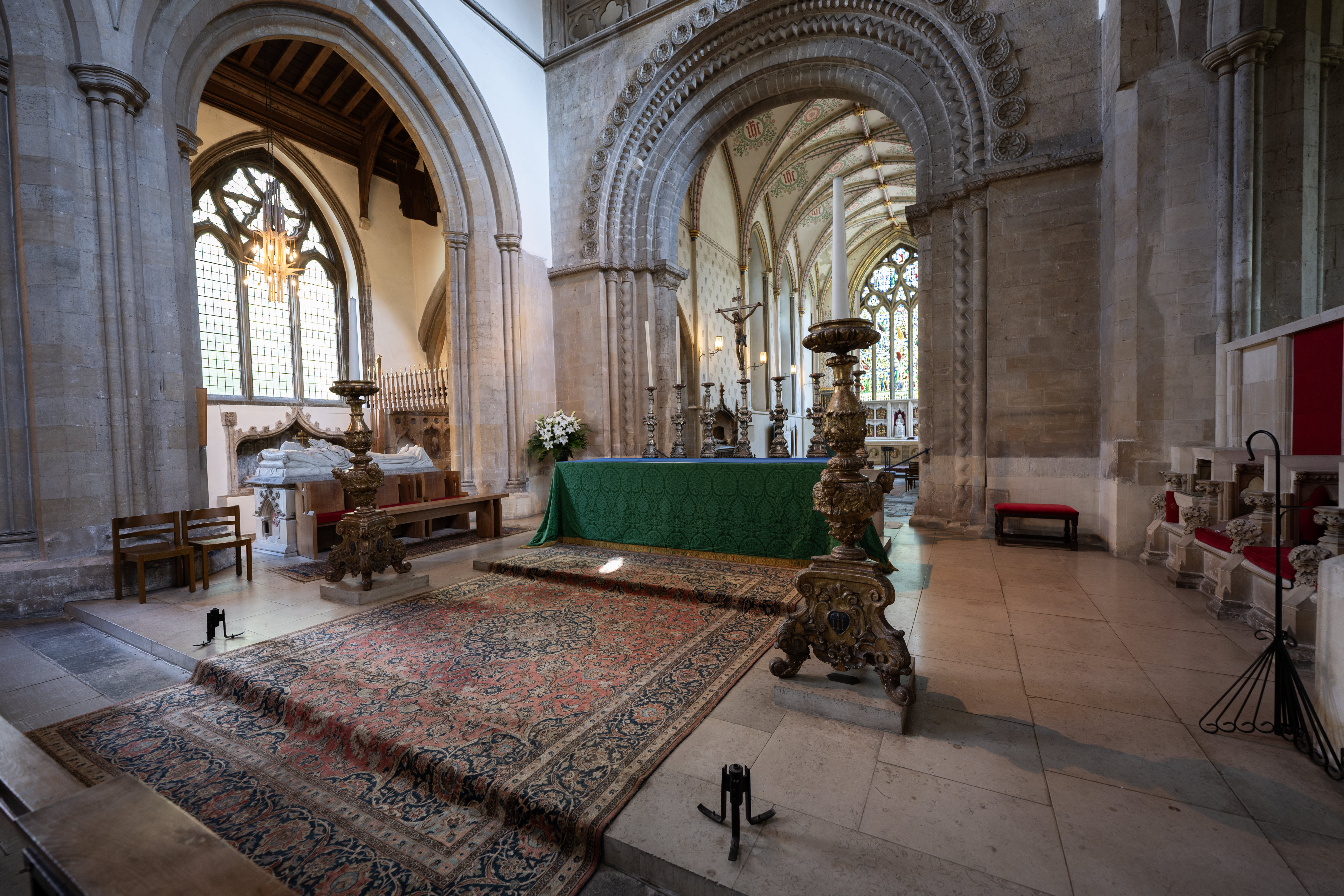
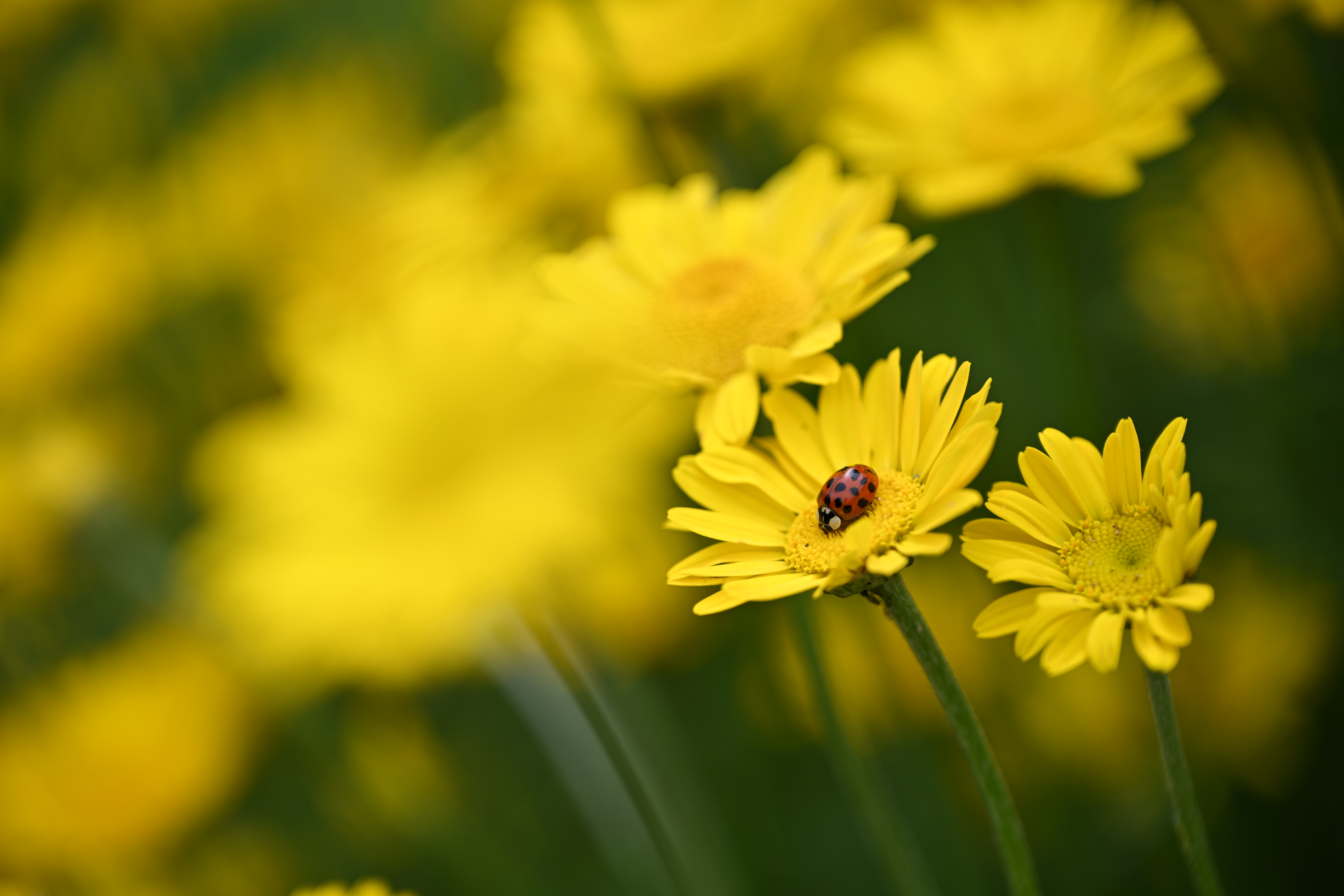
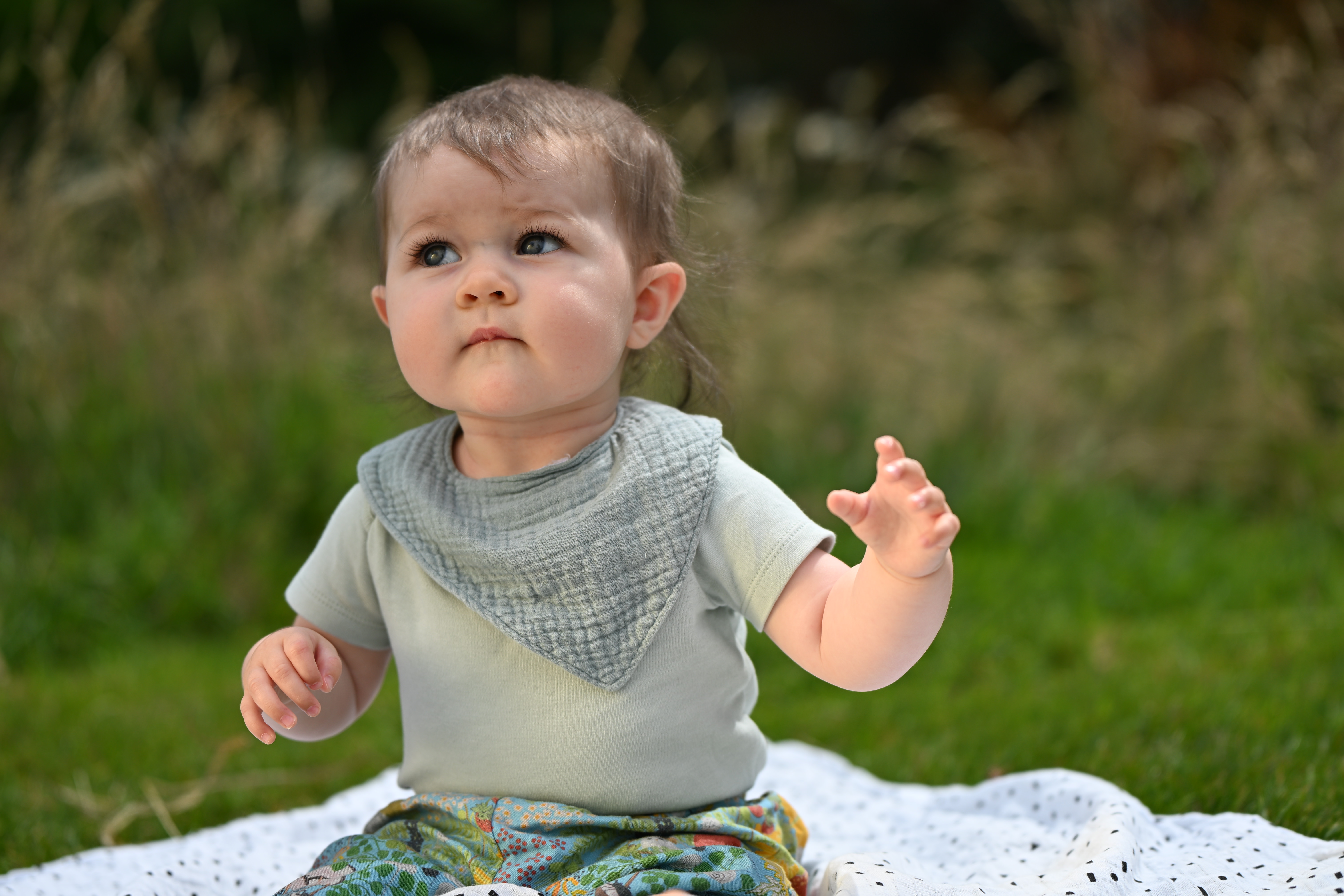
✅ You shoot photos and videos: In addition to sharp 24Mp stills in just about any light, the Z6 III is a highly capable 6K video tool with an excellent handle on rolling shutter distortion.
✅ You need an affordable sports camera: Up to 120fps and snappy subject detection autofocus – the Z6 III's performance is best-in-class.
❌ You're a photographer through and through: The Z6 III's new features improve video and action photography performance, but if you mainly shoot portraits and landscapes, the Z6 II will do the trick.
❌ You're don't need the latest features: New powerful features come at a price – although the Z6 III has already enjoyed discounts from its launch price, the Z6 II is cheaper still.
The Z6 series is Nikon's mid-range choice for those that want a full-frame mirrorless camera with excellent build quality, handling and powerful features, but who don't mind a few compromises from a flagship model in order to save a bit of cash. This third generation model, the Z6 III, feels like a mature upgrade from the Z6 II, and we think it outguns the Canon EOS R6 Mark II and Sony A7 IV in our best mirrorless cameras buying guide overall.
It has the same 24.5MP resolution as the Z6 II that strikes a decent detail and speed balance, but this time the sensor is partially stacked type for a snappier performance and a better handle on rolling shutter distortion. This powerful hybrid can handle anything from fast moving action with high-frames rates and excellent subject detection autofocus (including animals and vehicles), to run-and-gun video recording, with a max output of 6K up to 60fps. There's even a couple of firsts for Nikon – its brightest-ever 5.76m-dot EVF debuts here – trust us, it's stunning.
The flagship Nikon Z8 has a 45MP sensor and 8K video with better detail and is more powerful still, but it costs a lot more and is larger and heavier. Conversely, the older Z6 II is an all round slower camera but is a comparative bargain especially if you're photography-focused and unlikely to make the most of the Z6 III's new video and speed-focused features. However, if you regularly shoot moving subjects, the Z6 III is arguably Nikon's camera that makes the most sense and unbeatable for the money.
Read our in-depth Nikon Z6 III review
The best full-frame mirrorless camera for speed
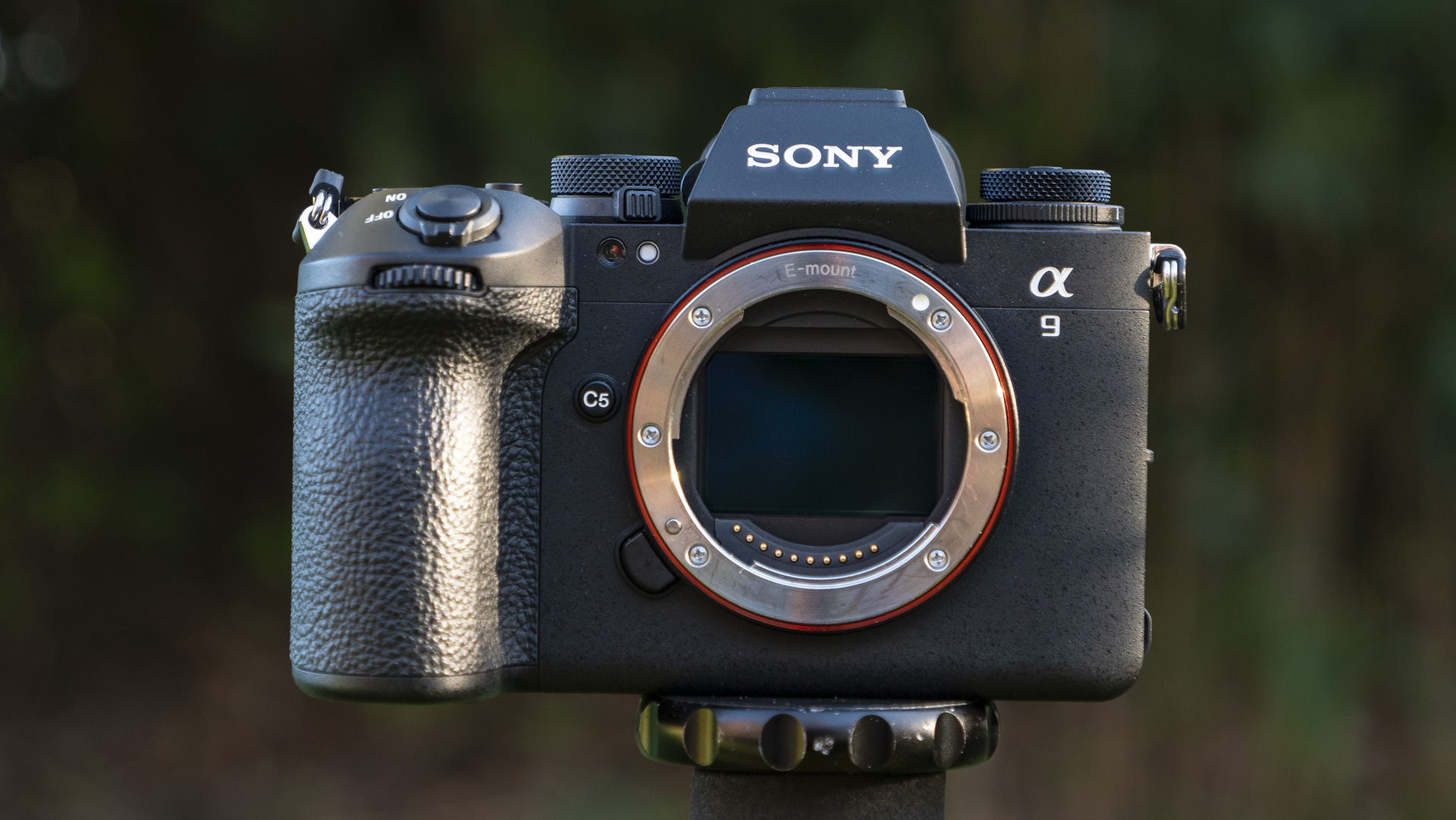

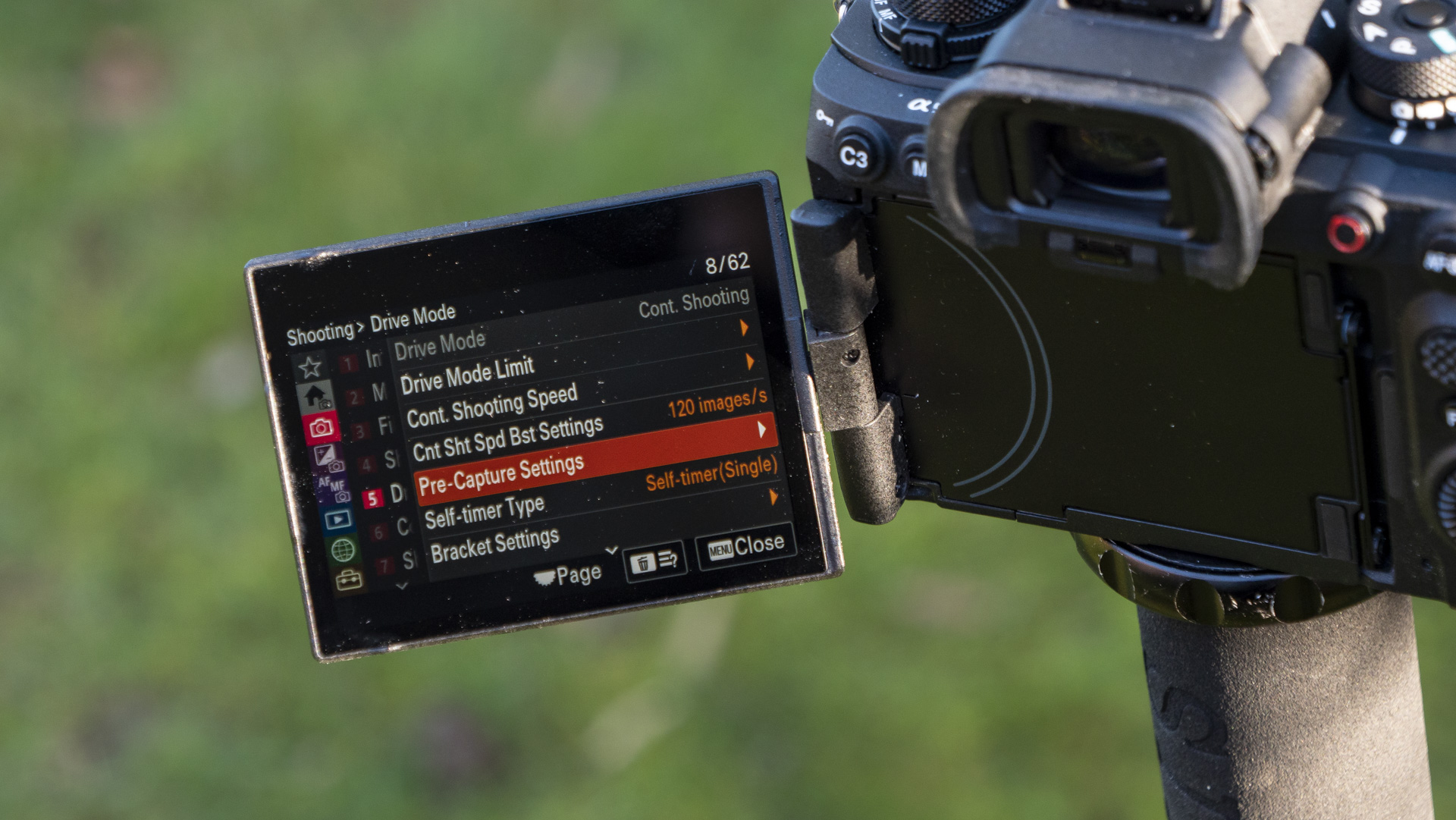
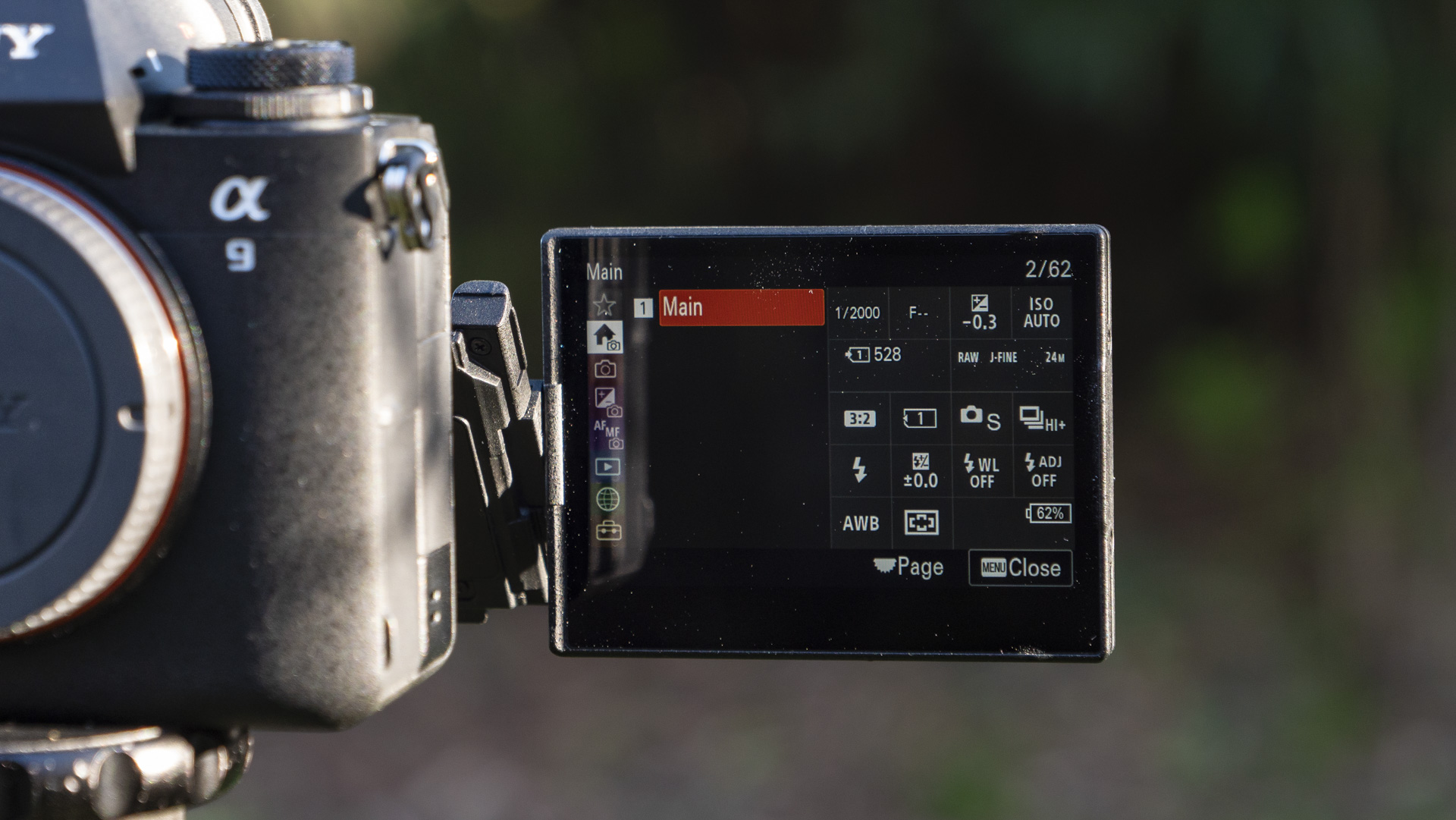
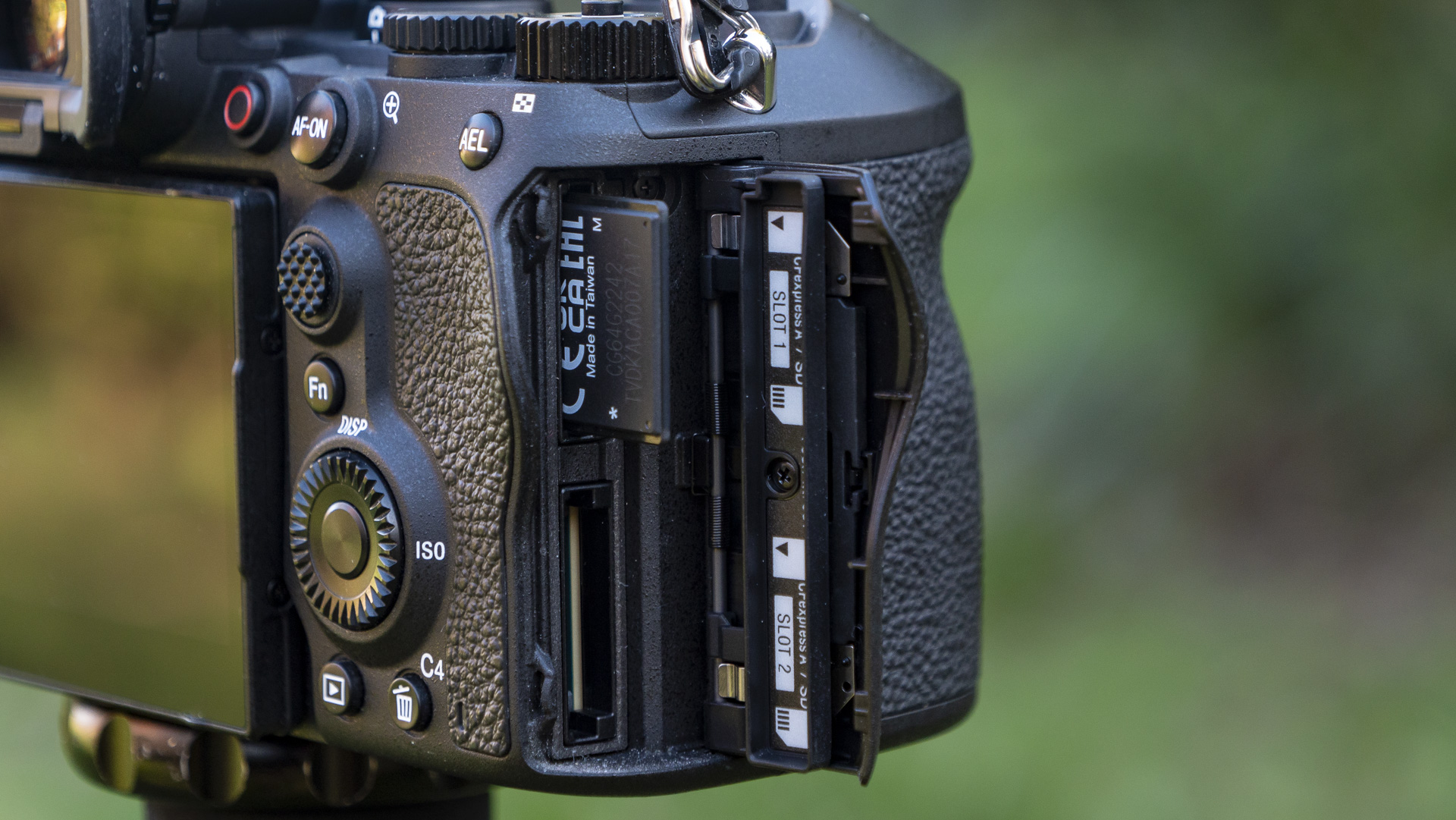
Specifications
Reasons to buy
Reasons to avoid
Sony A9 III sample images
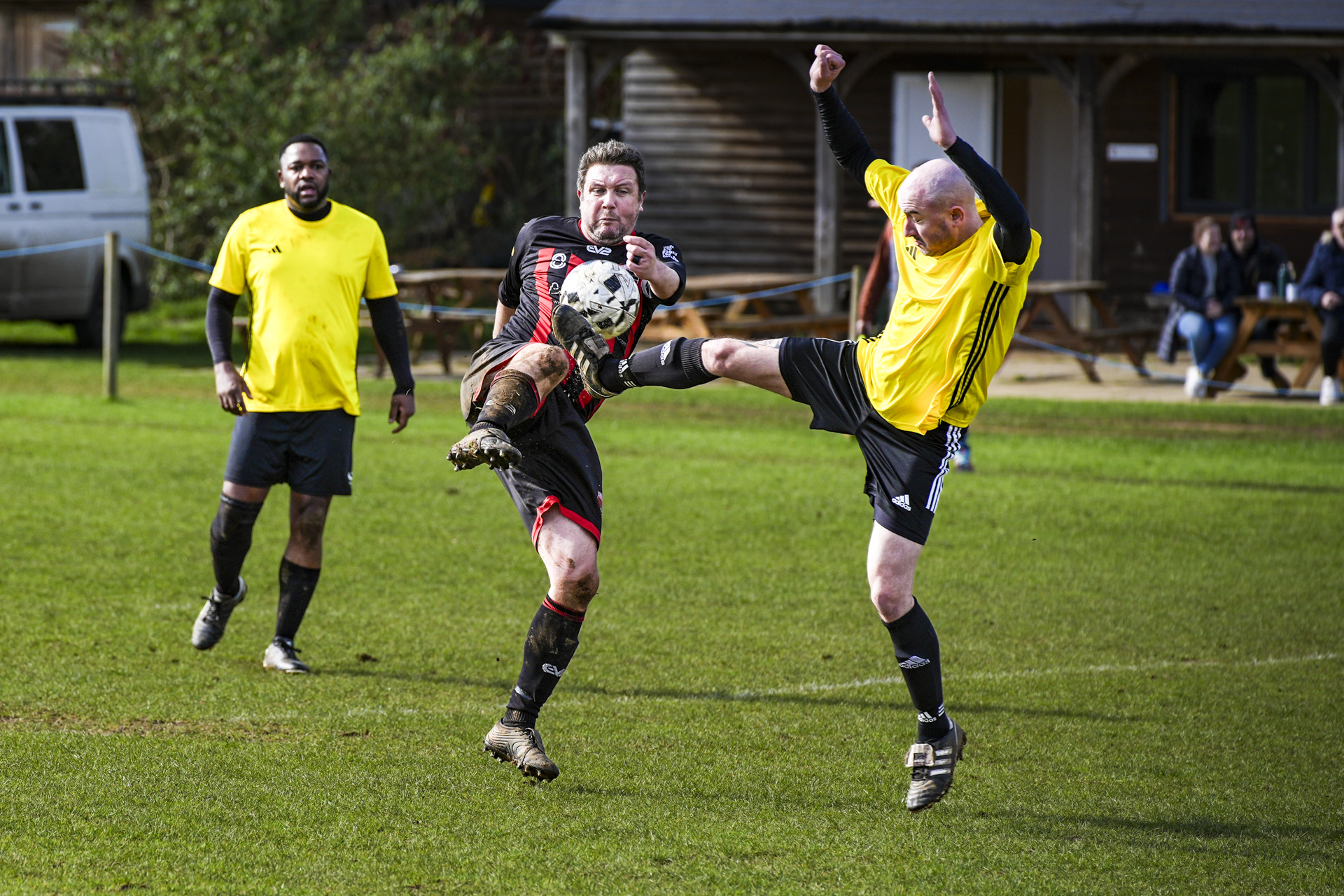
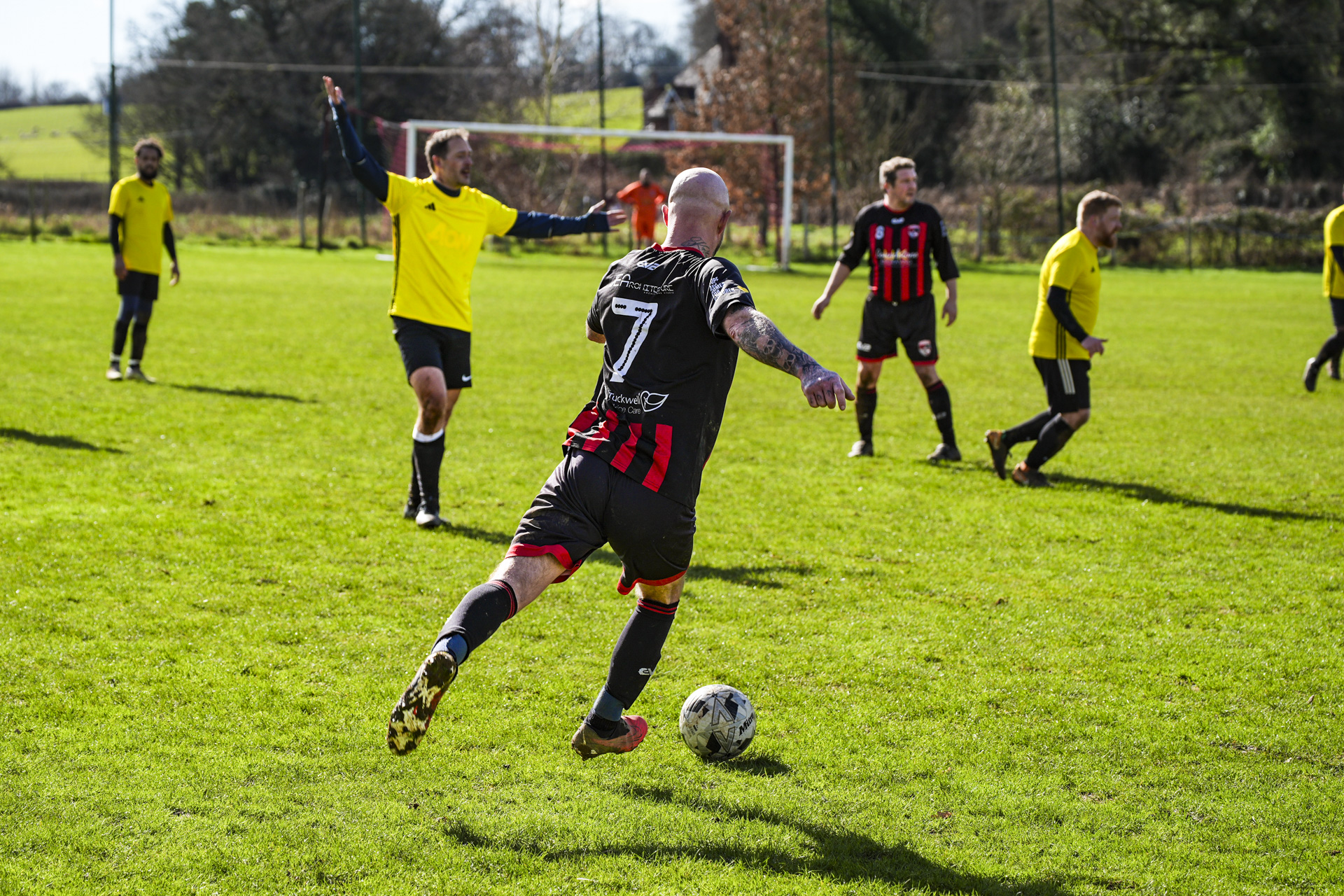
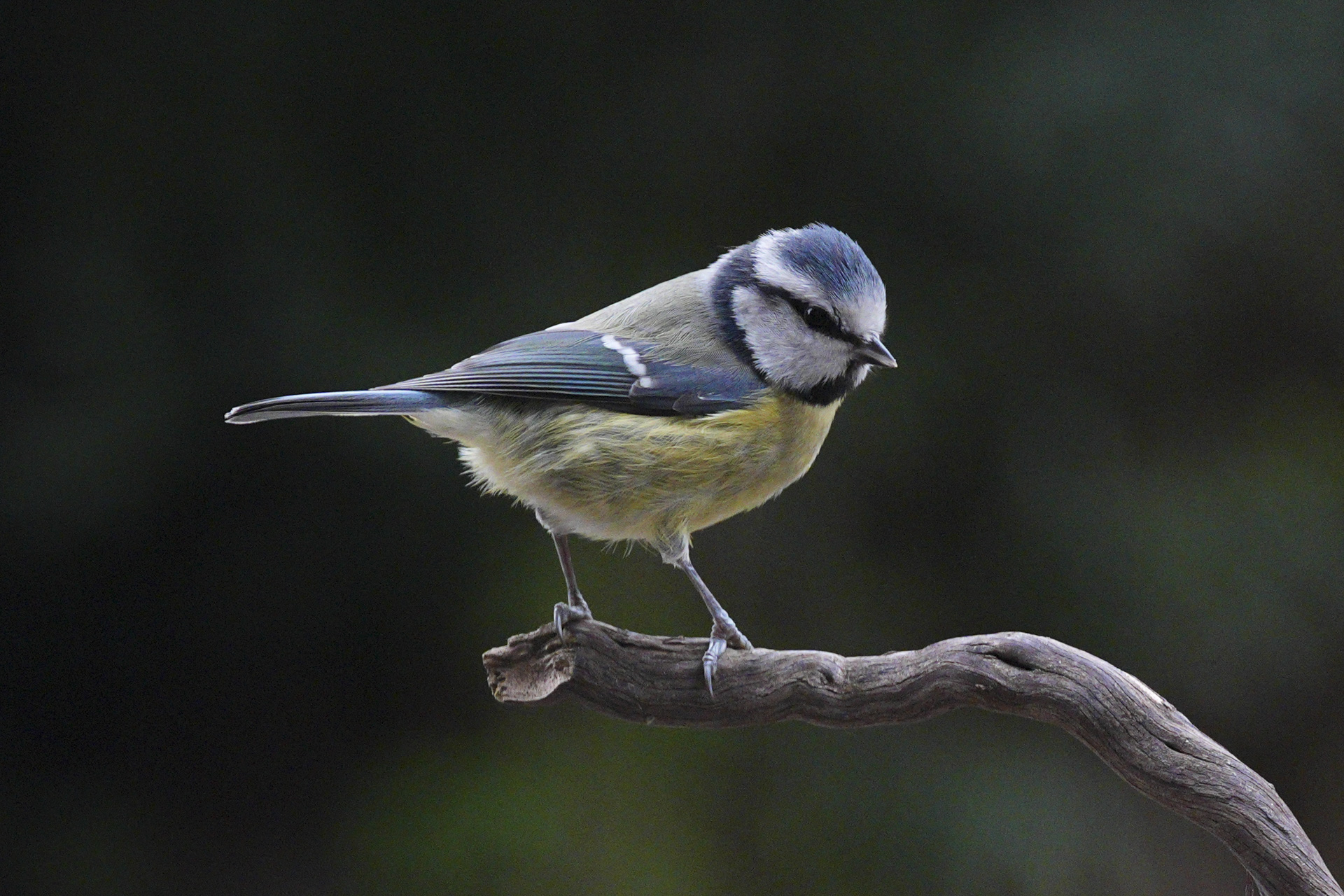

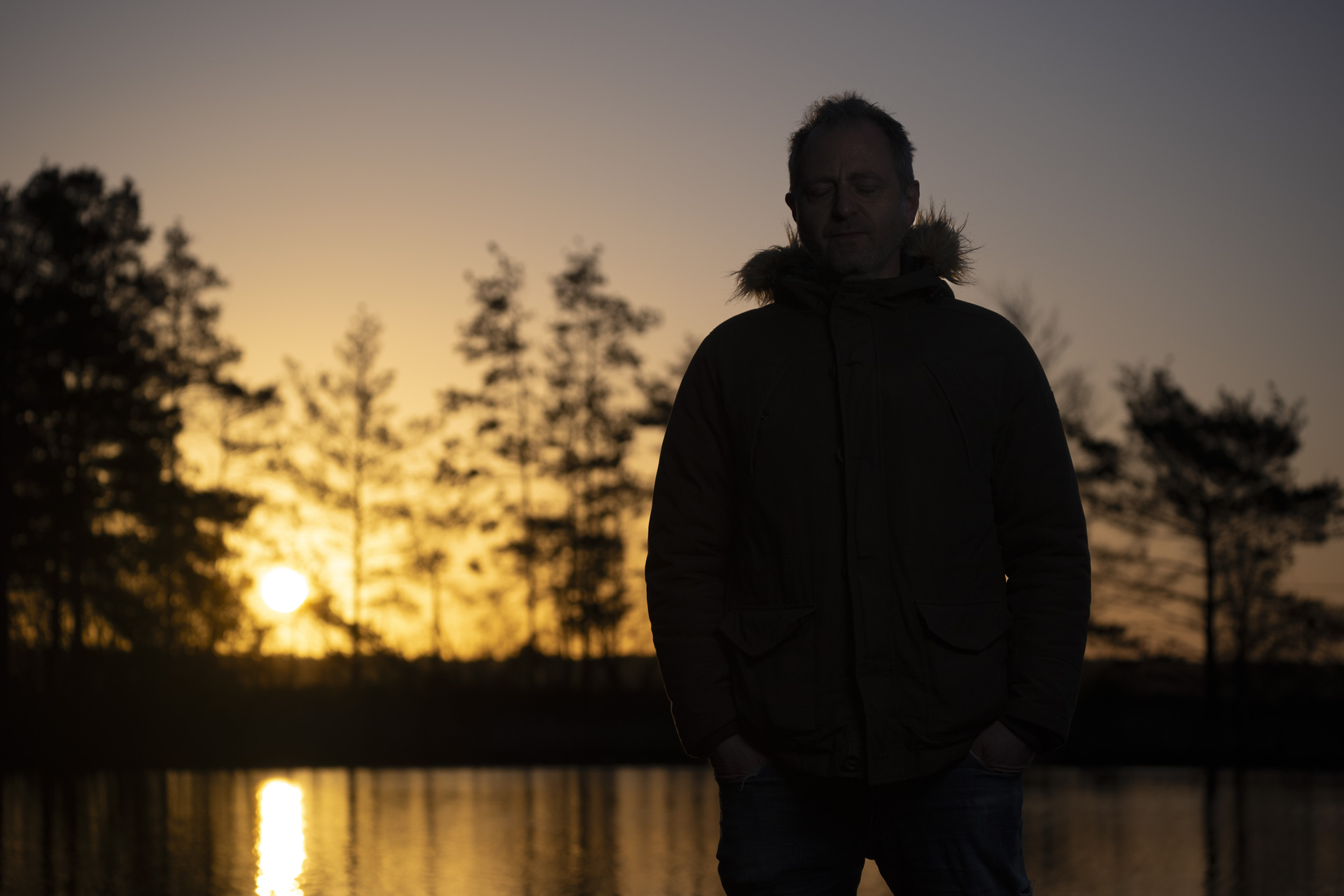
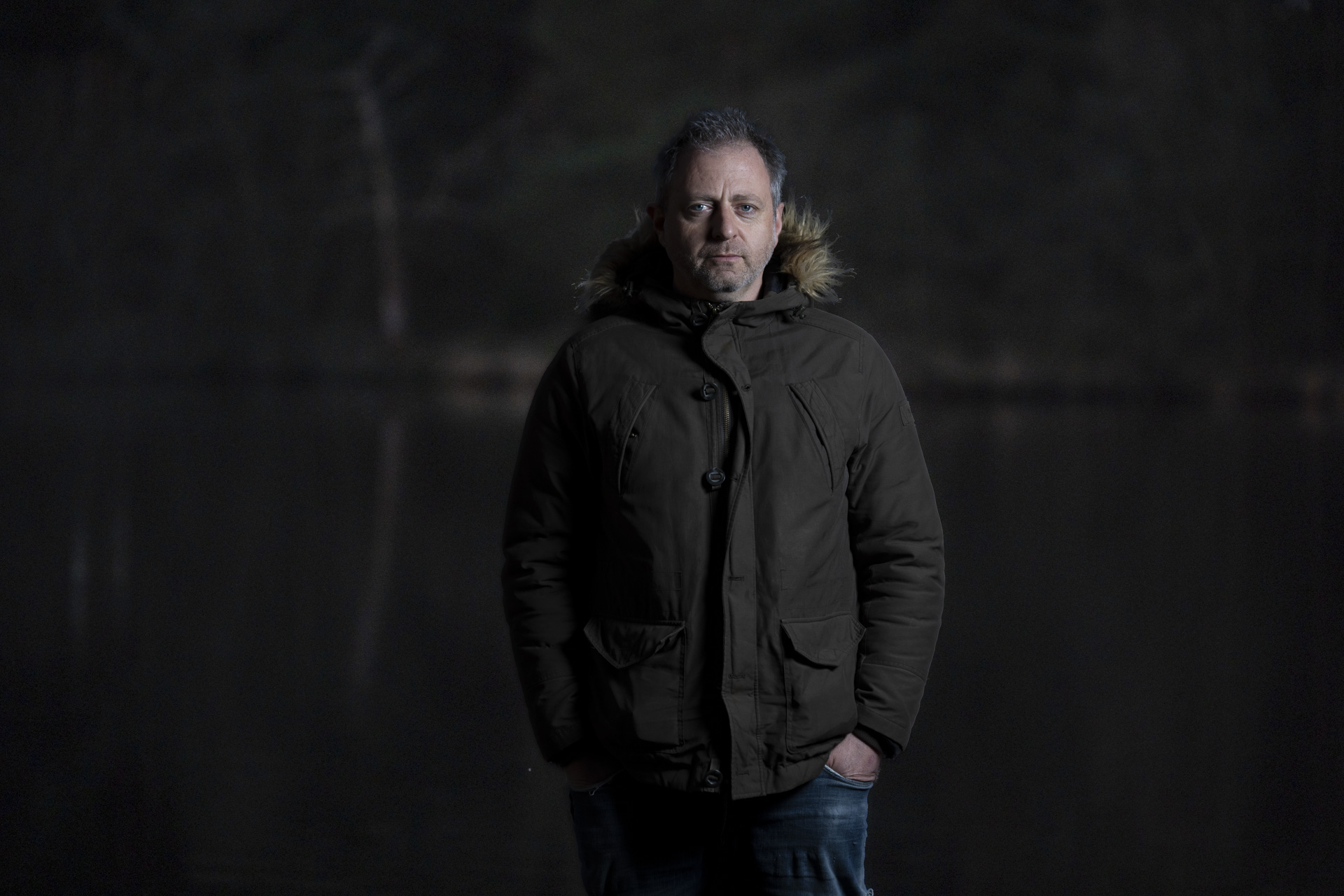
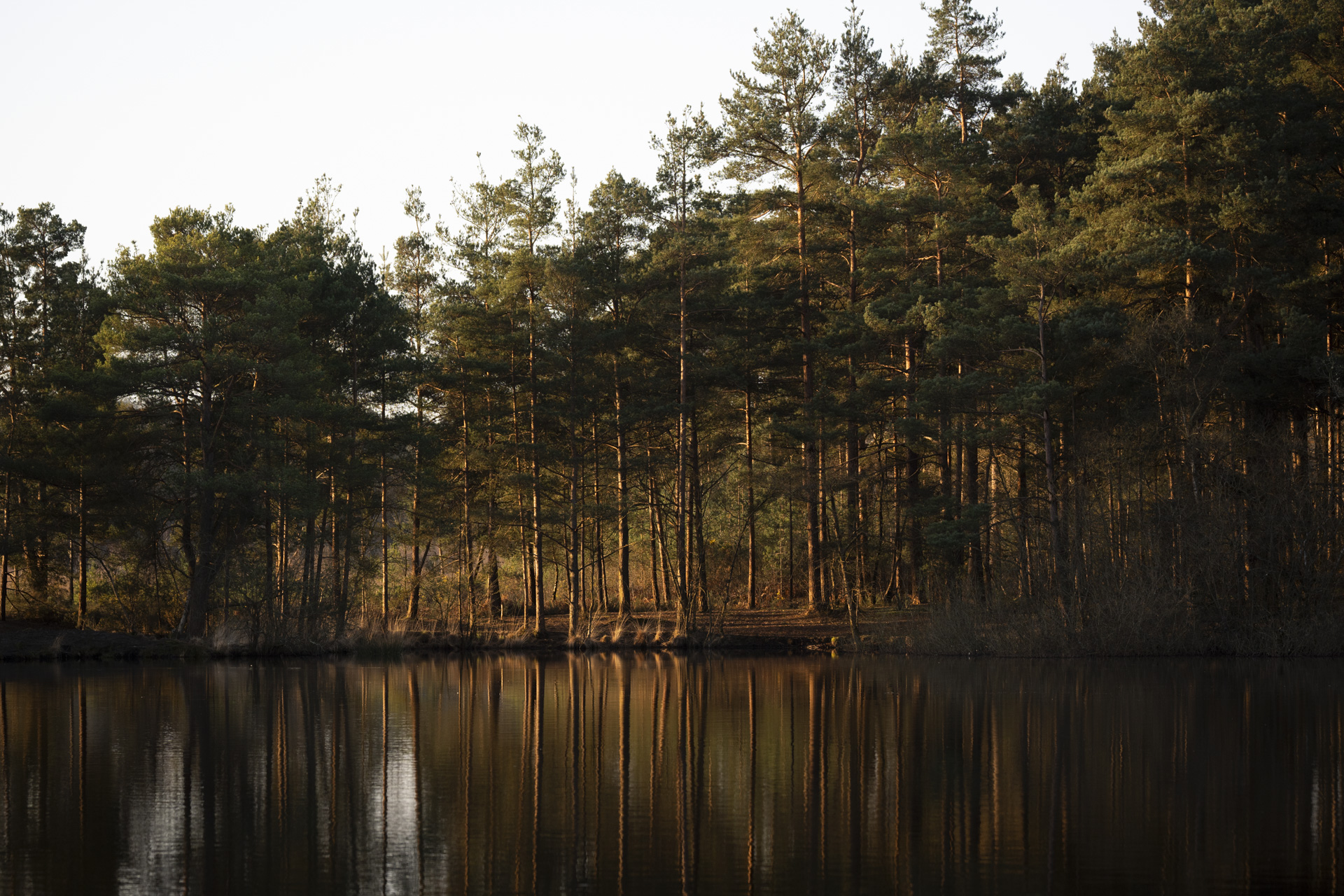
✅ You need high-speed performance: With industry-leading burst speeds of 120fps, this is a speed machine.
✅ You shoot in all conditions: Built to survive difficult weather conditions, the A9 III is a rugged workhorse.
❌ You need high-res video: Full-width 4K/60p footage is fine, but you might want more for serious videography.
❌ You shoot a lot in low light: One downside to the global shutter is that images look nosier at high ISO levels.
The Sony A9 III is the first consumer full-frame mirrorless camera to feature a global shutter – a type of high-performance sensor which reads every pixel simultaneously. The result is a big win for action photography: as confirmed by our tests, it eliminates rolling shutter distortion and unlocks incredible burst speeds of up to 120fps. Paired with industry-leading subject-tracking AF driven by the AI-powered Bionz XR processor, the A9 III sets the new benchmark for shooting fast-moving subjects.
These innovations do come with some limitations. At 24MP, the sensor resolution will be too low for some, while we found that the global shutter does impact image quality in low light. The use of CFexpress type A cards also puts a fetter on peak performance, with the buffer taking some time to clear. All the same, the A9 III is the high-speed camera to beat.
Read more: Sony A9 III review
The best retro full-frame mirrorless camera
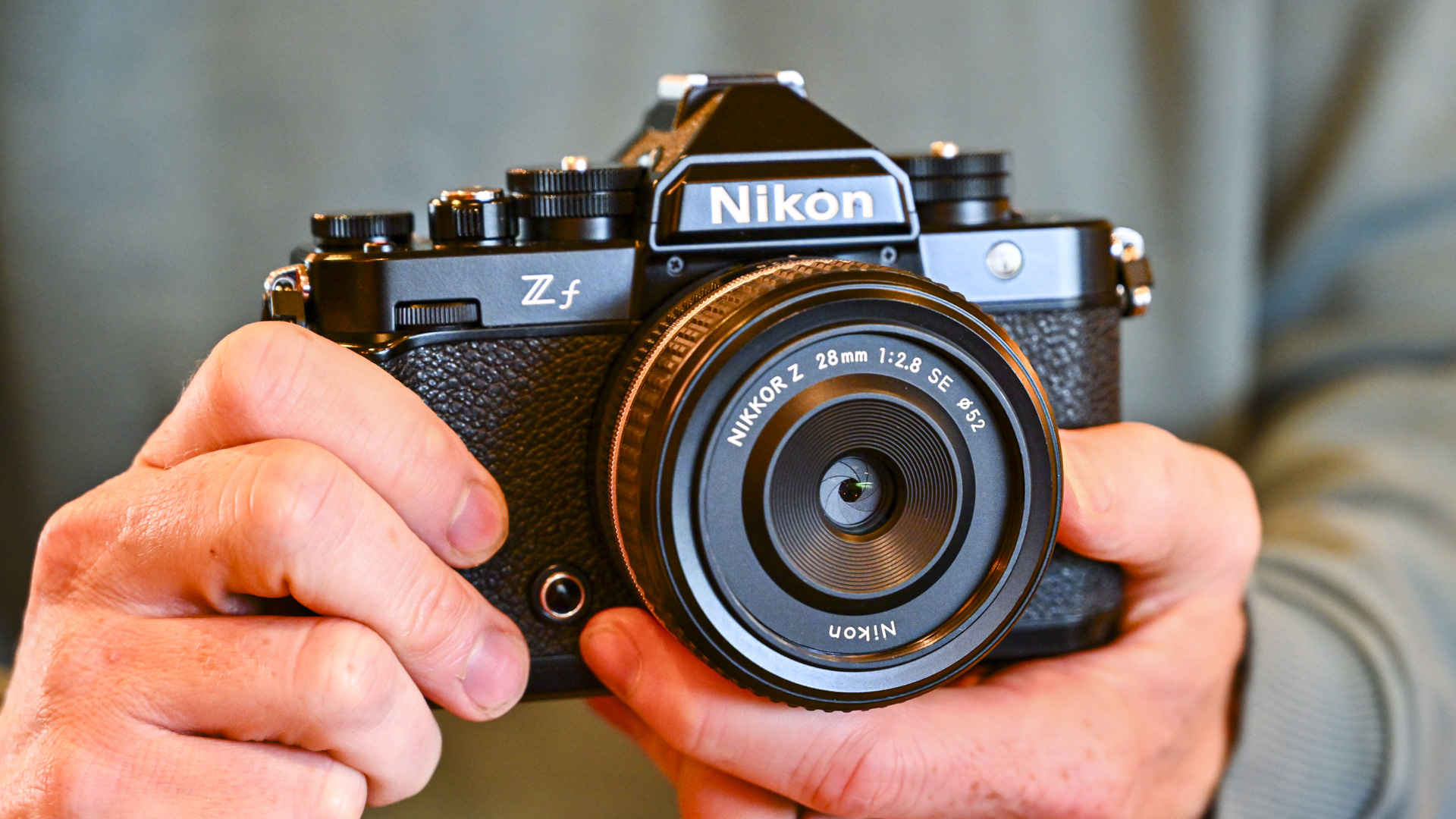
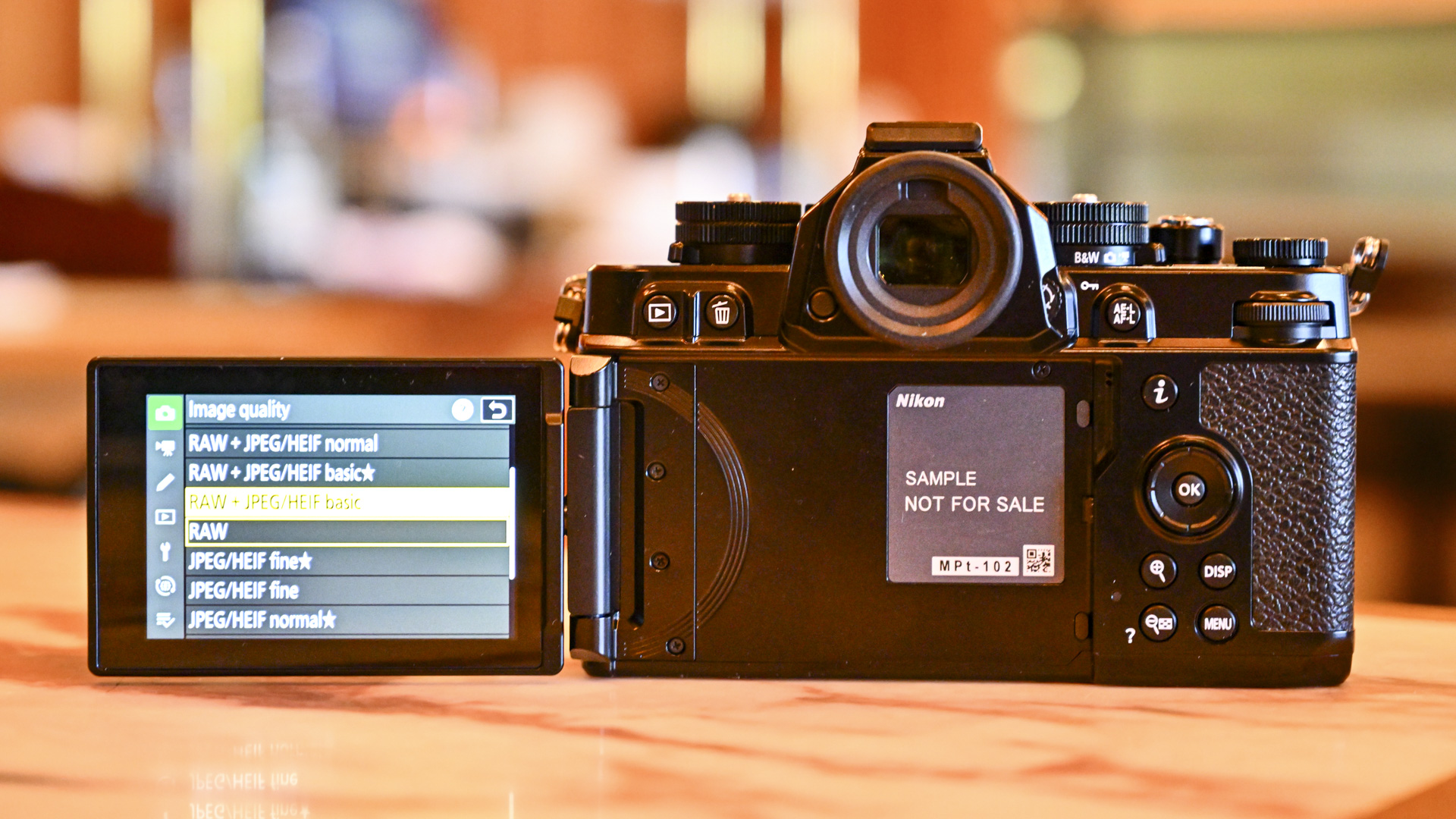
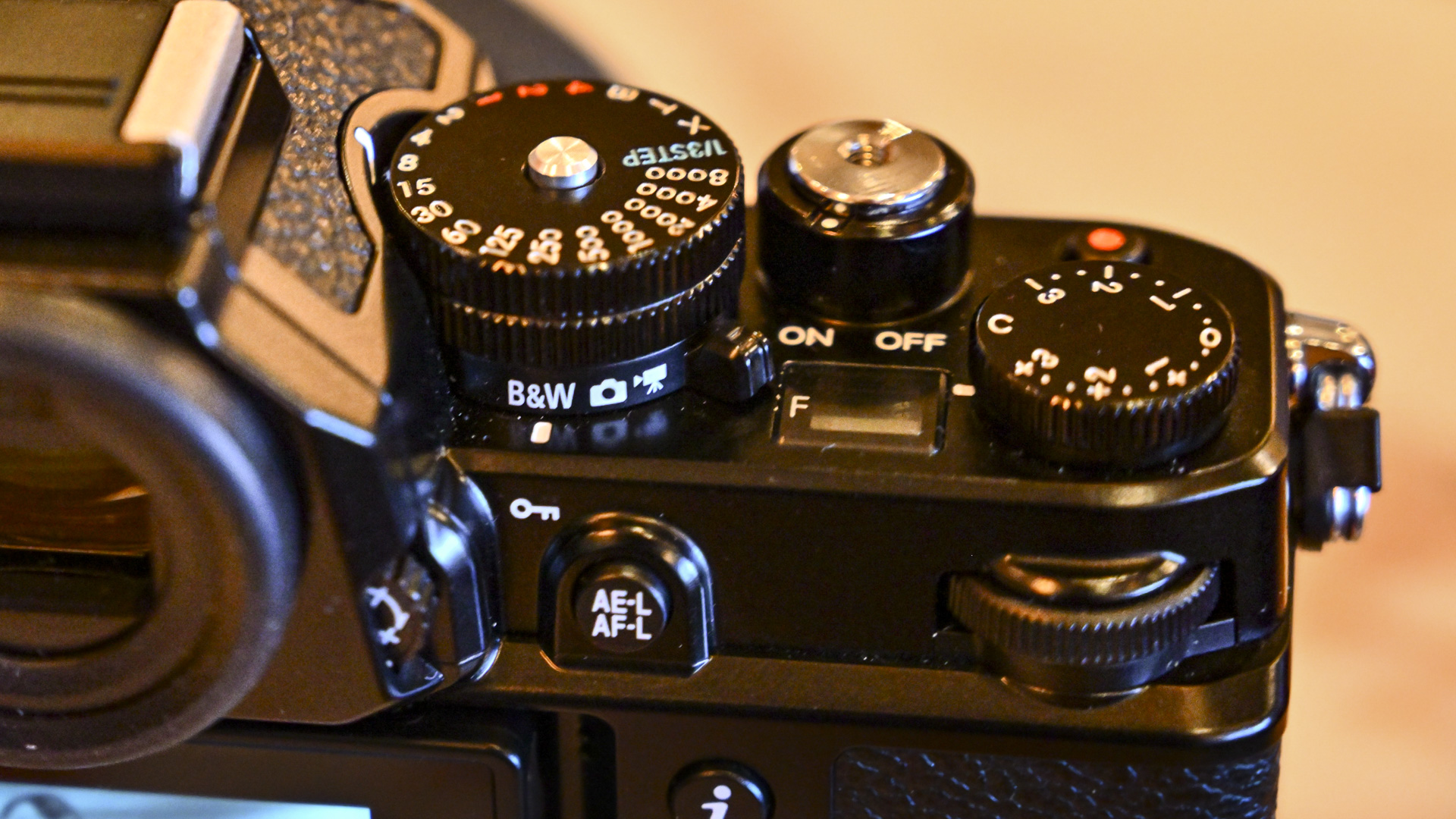

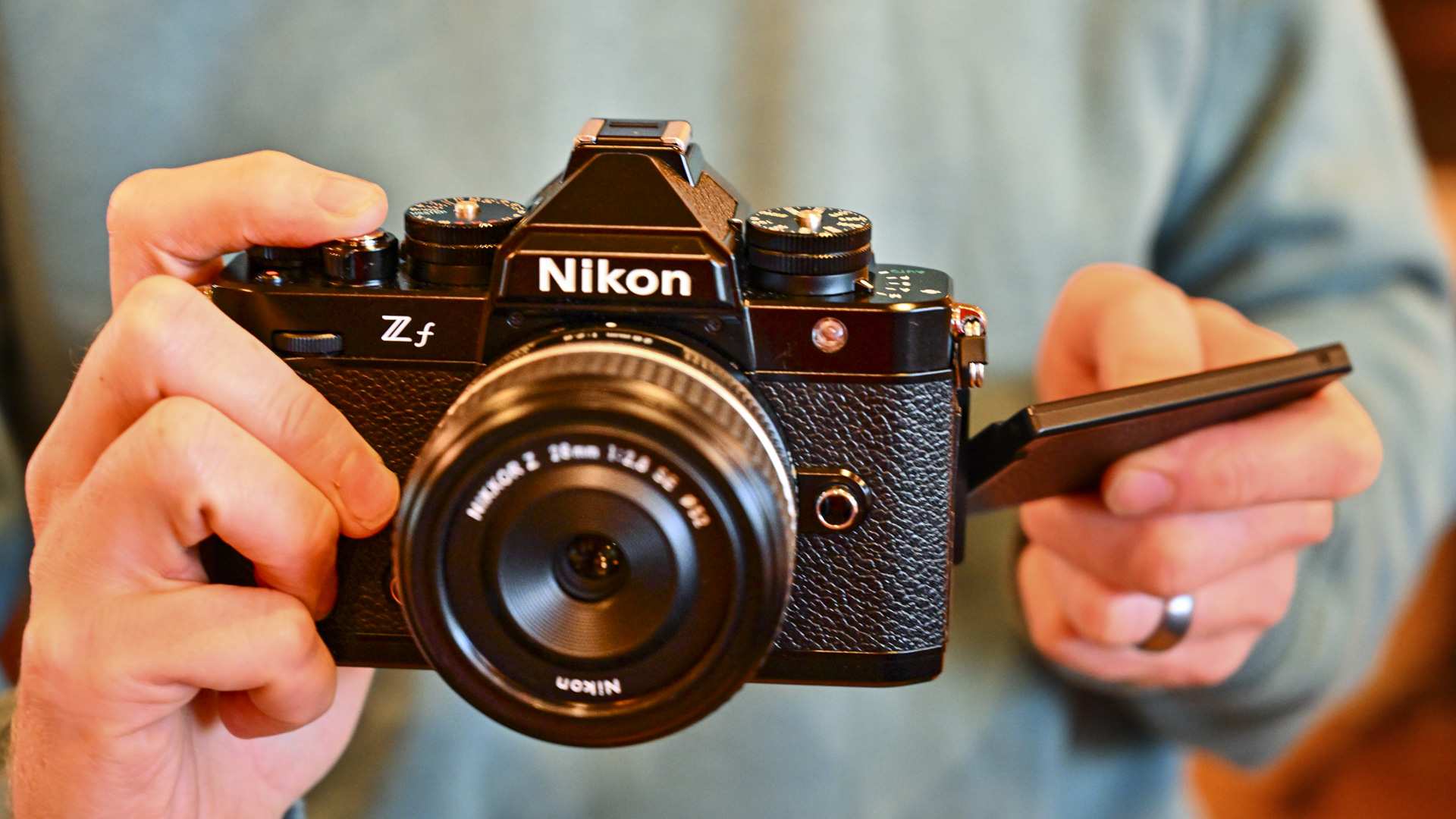
Specifications
Reasons to buy
Reasons to avoid
Nikon Zf sample images
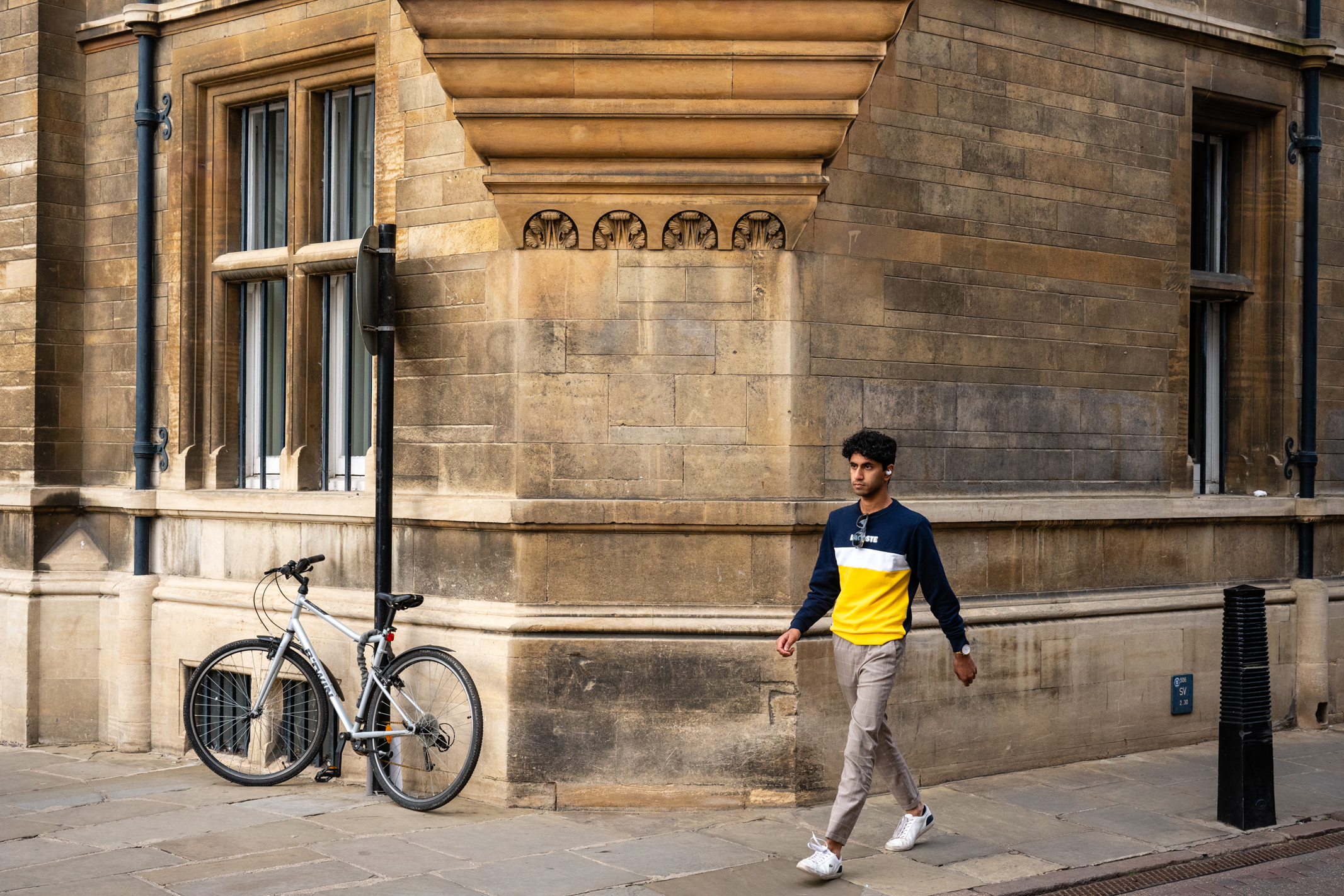
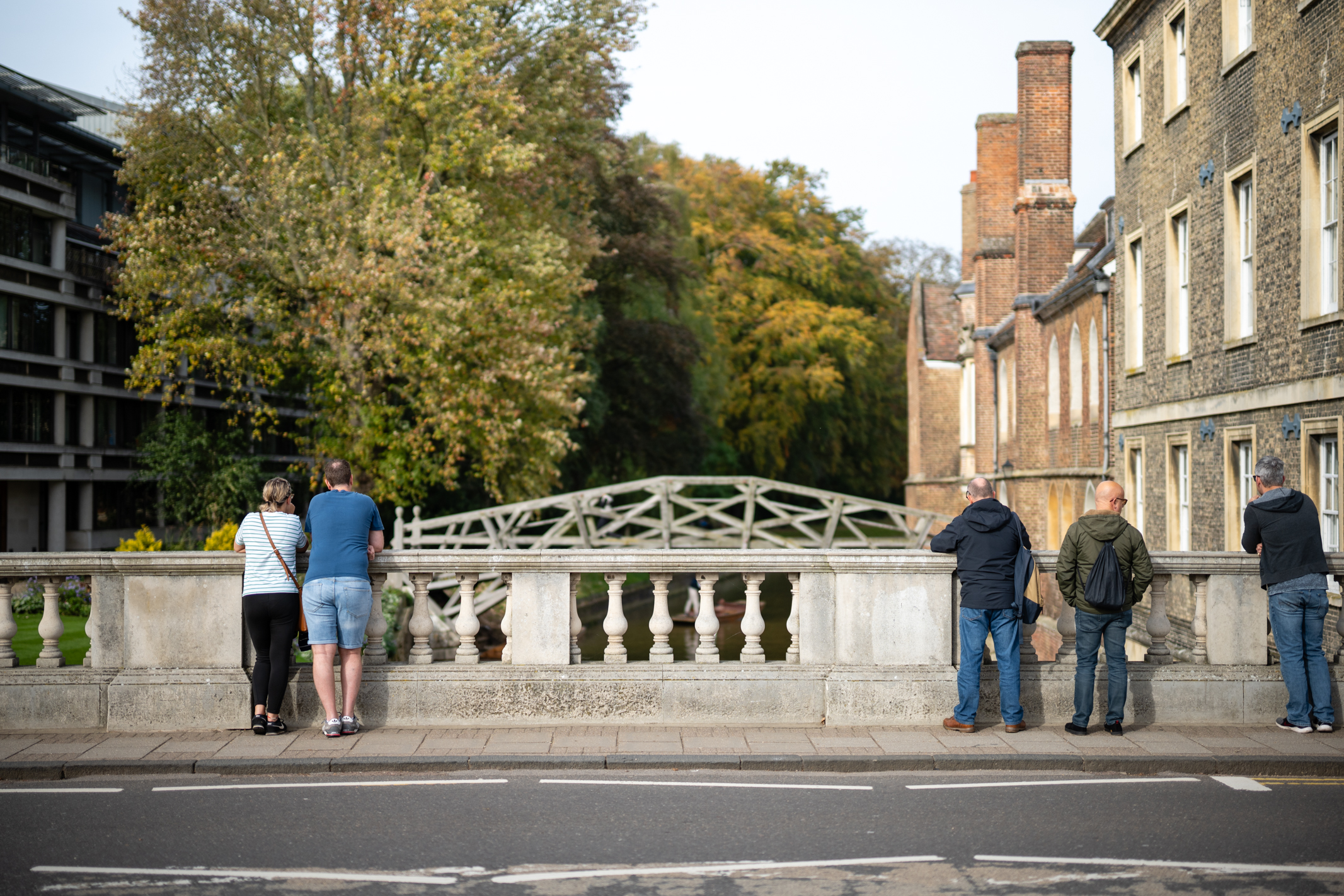
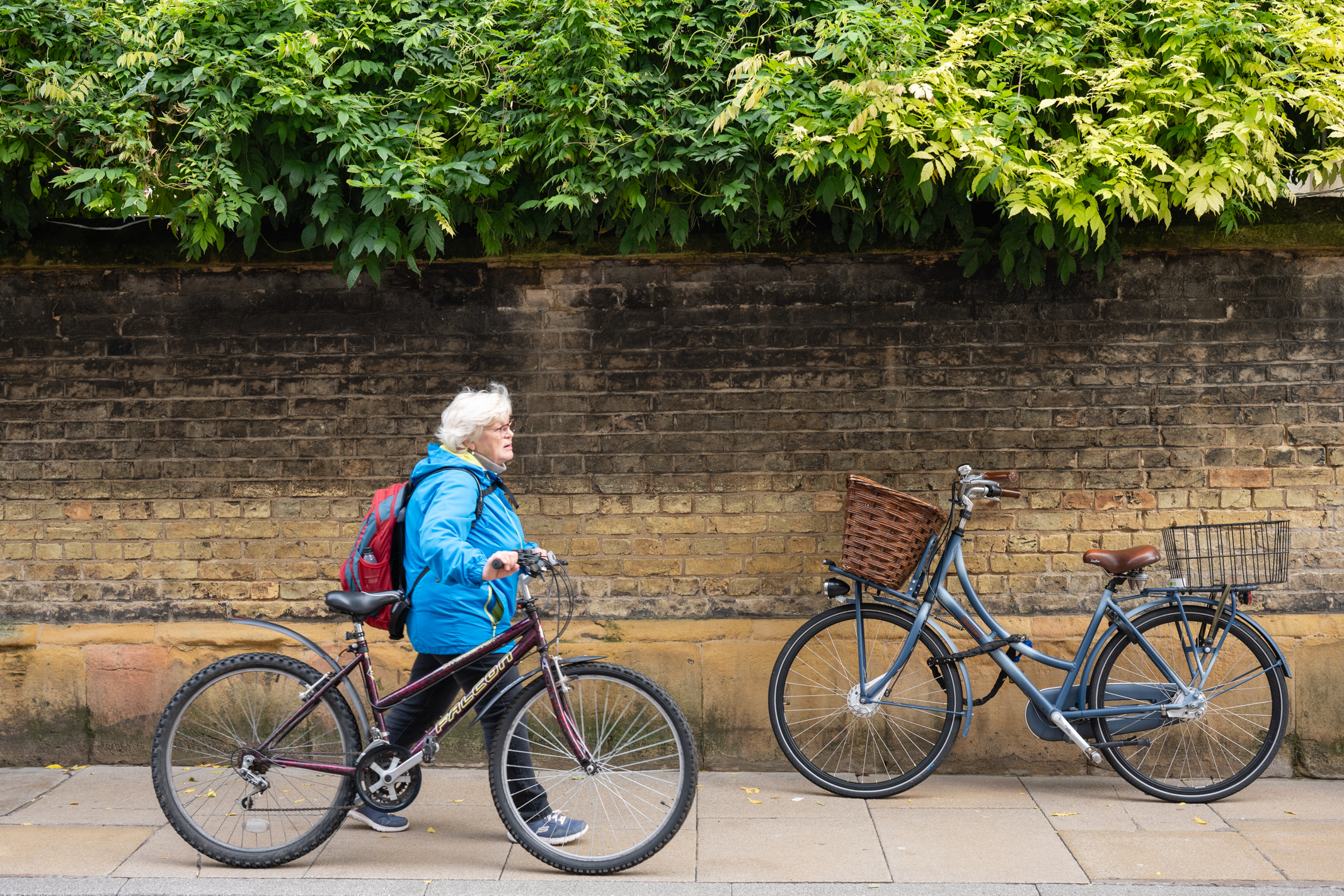
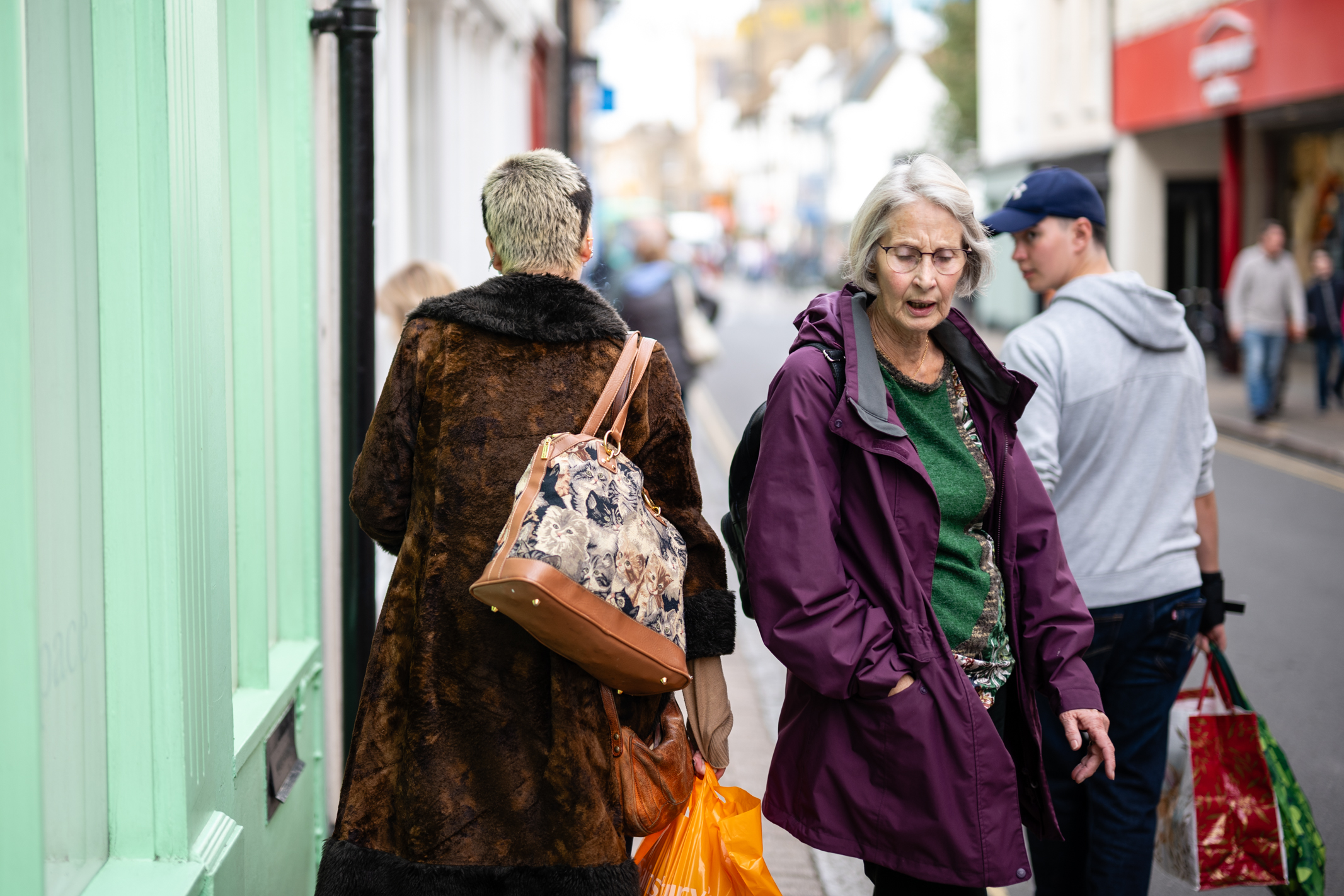
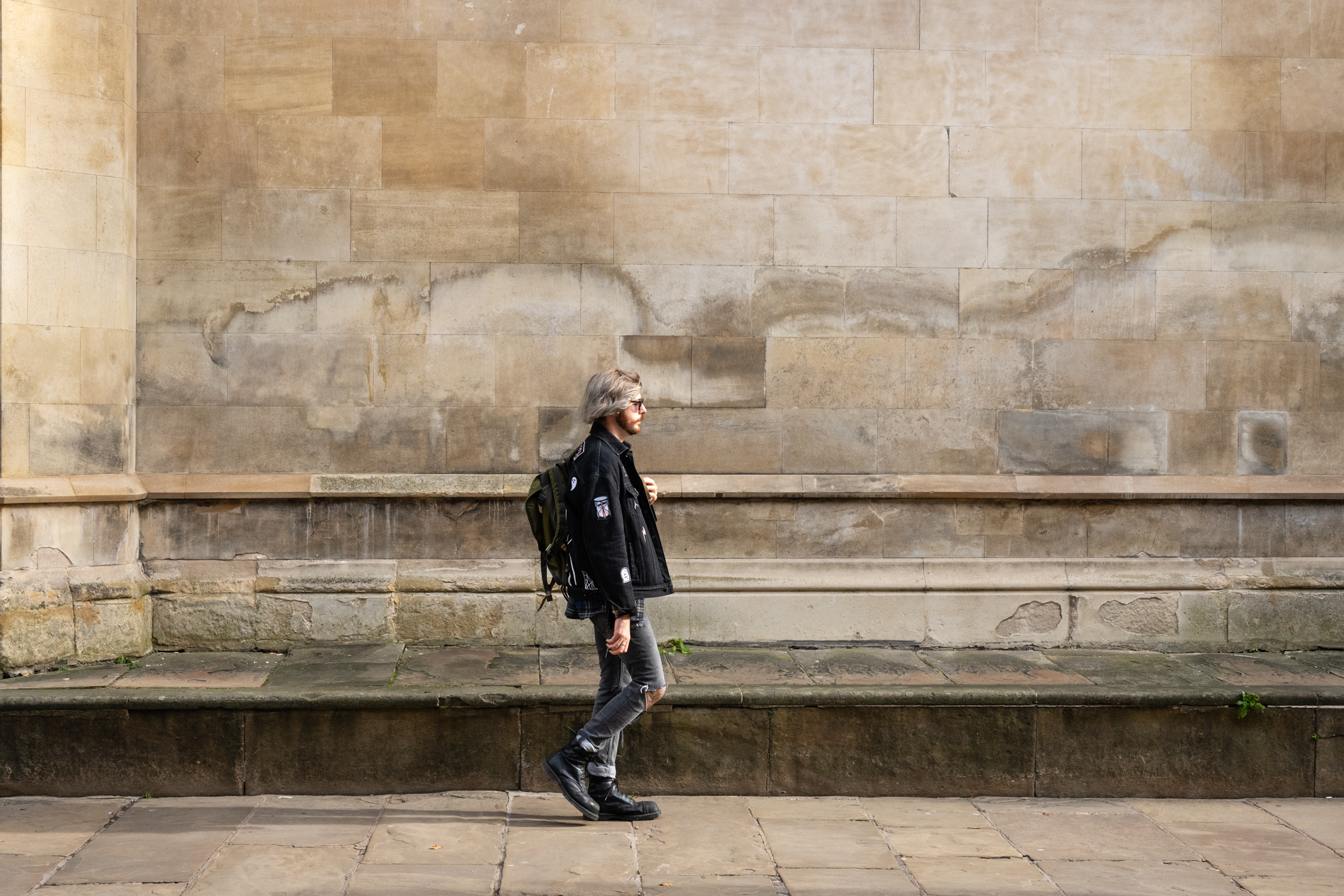

✅ You want a beautiful camera: Vintage looks and retro flourishes make this a gorgeous camera to carry around.
✅ You want tactile controls: Direct access controls make this a wonderfully tactile camera to shoot with.
❌ You want a lightweight camera: Its footprint is smaller than many full-frame cameras, but it's weighty at 710g.
❌ You need to shoot high-res video: Uncropped 4K/30p video lags behind the best 6K and 8K cameras in this list.
A full-frame mirrorless camera inspired by the iconic Nikon FM2, the Zf is a more serious sibling to the Nikon Z fc. Designed to ride the retro trend, its vintage appeal runs deep: in our review, we noted a number of beautiful flourishes, included brass dials and a threaded shutter button that can work with a cable release. We also found that its traditional controls offer tactile shooting experience that’s rare among contemporary cameras.
Beneath its old-school exterior, the Nikon Zf is very much a modern mirrorless camera. While we think it would be better served with the sensor from the Nikon Z7 II, its 24.5MP sensor is still capable of excellent image quality overall. It also benefits from Nikon’s best image stabilization to date, while continuous shooting speeds of up to 30fps are competitive – even if uncropped 4K/30p video isn’t. Realistically, this is a camera you’ll for how it looks and feels.
Read more: Nikon Zf review
The best full-frame mirrorless camera for design
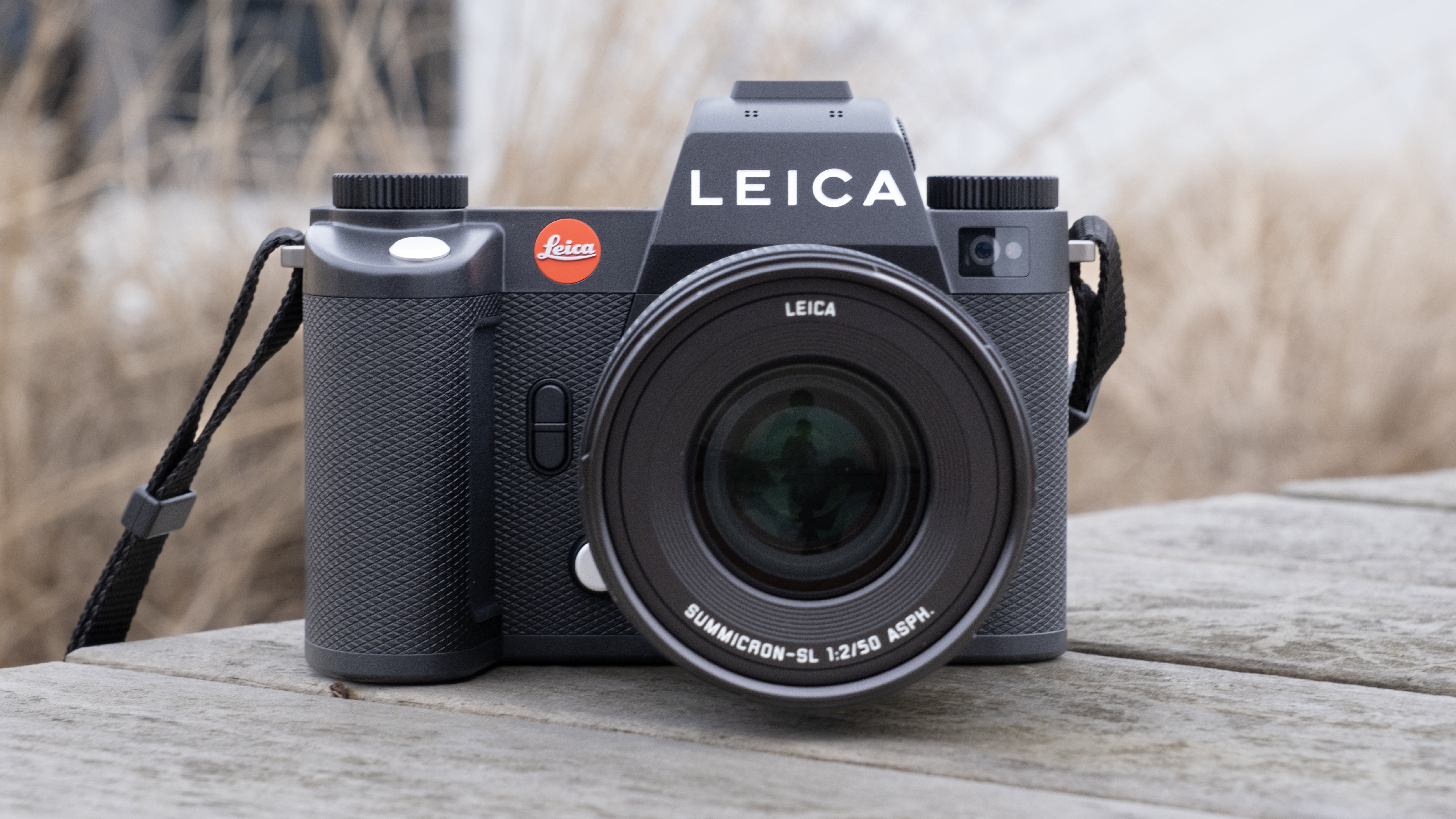
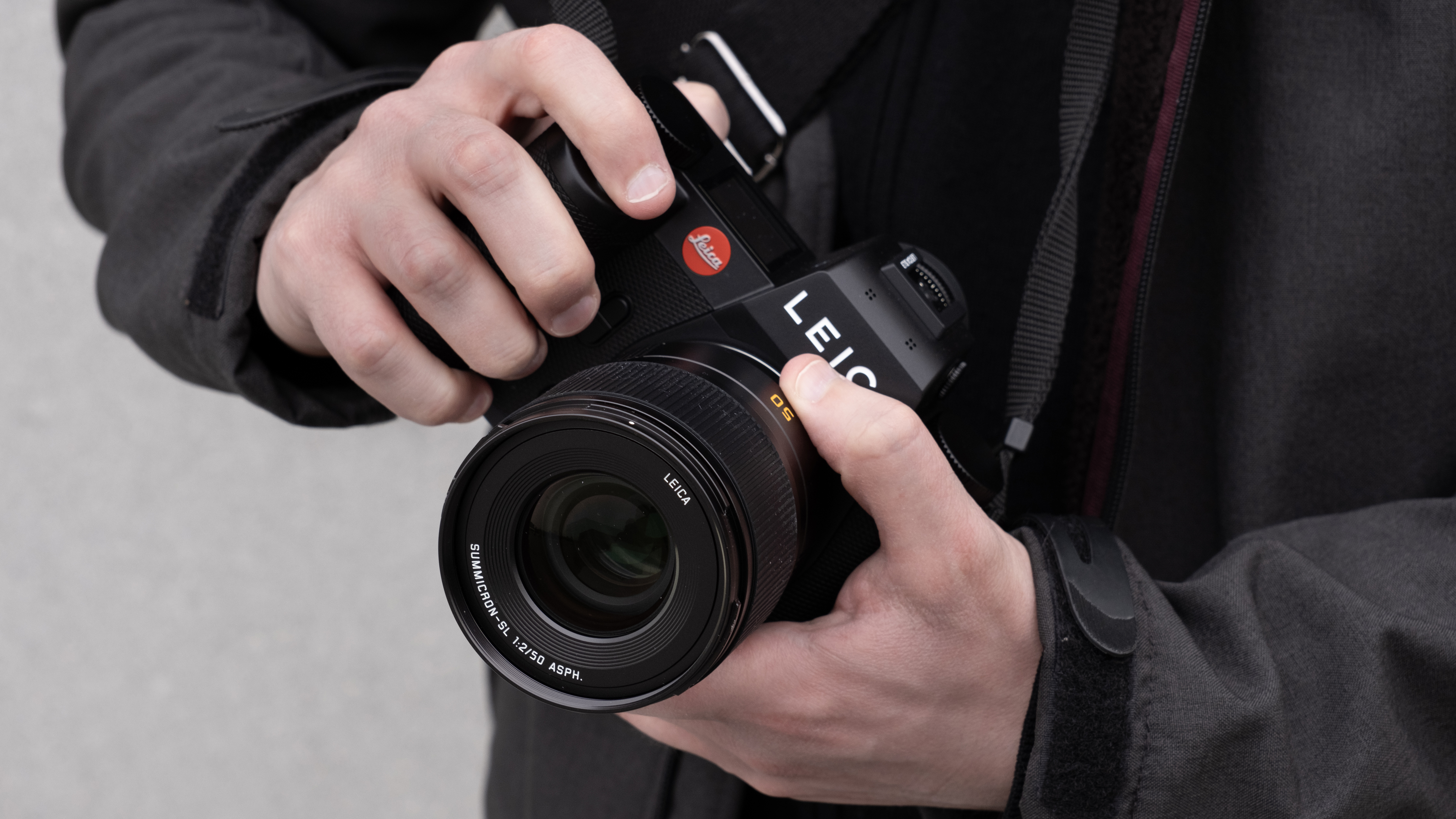
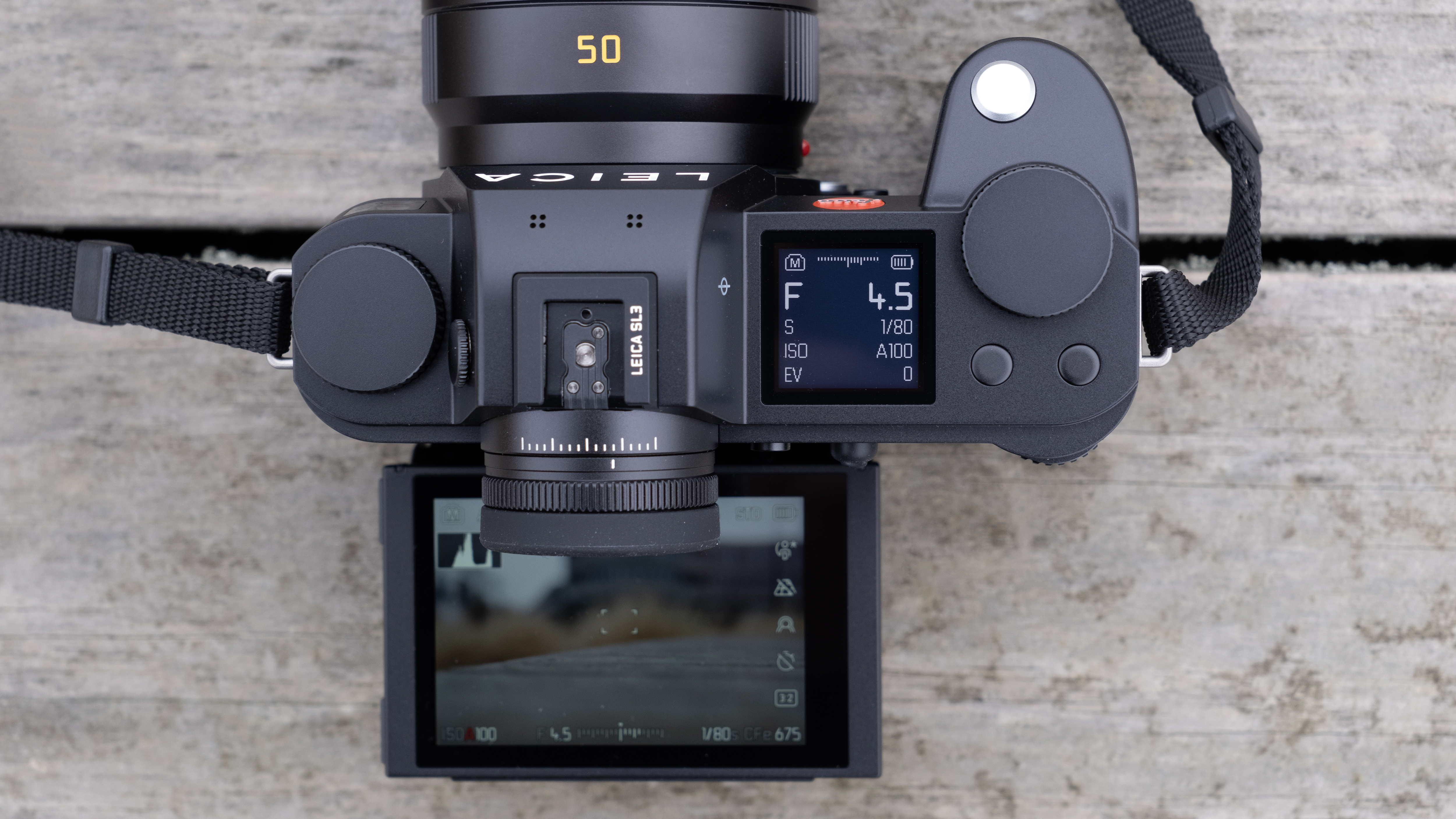
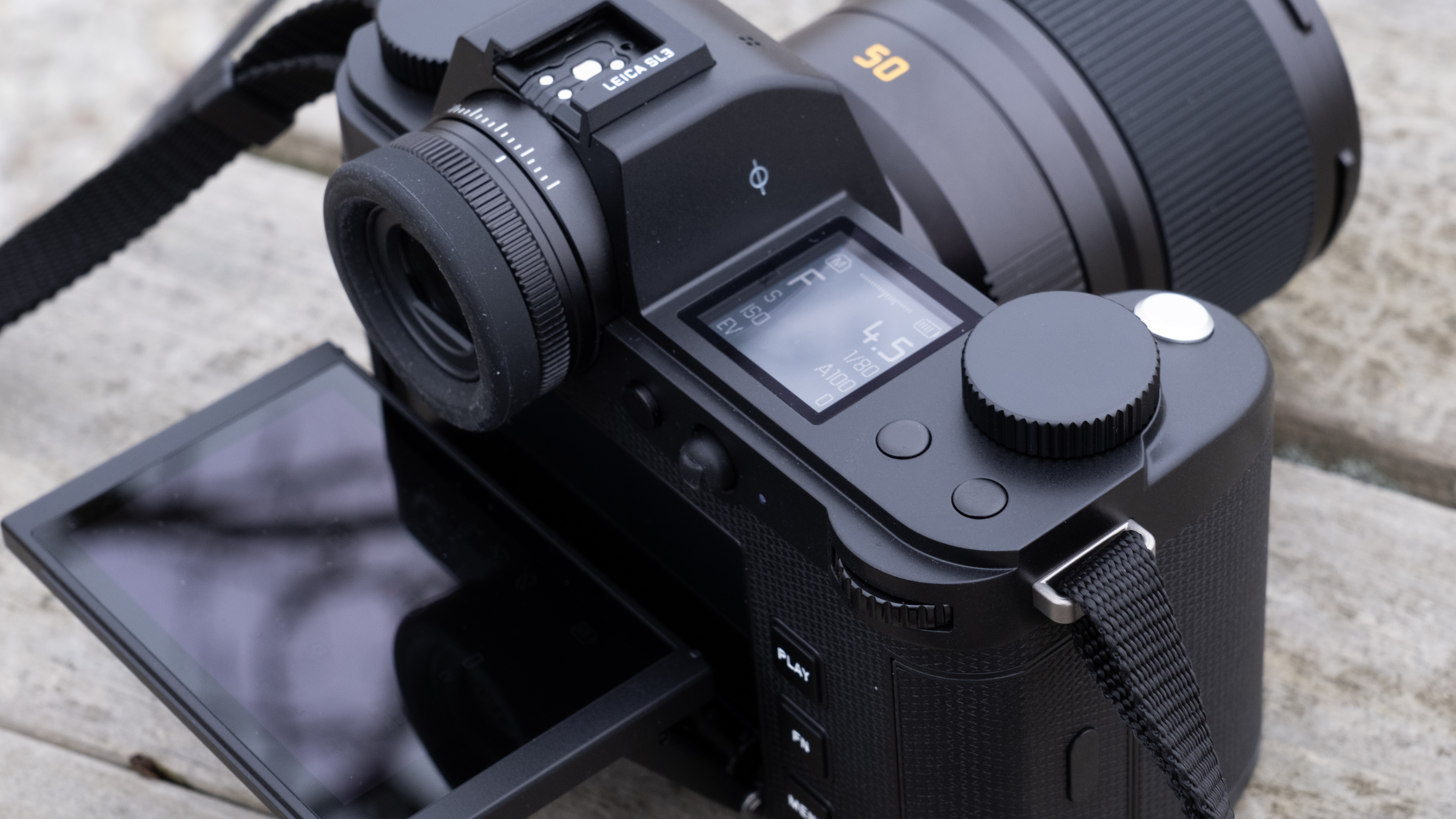
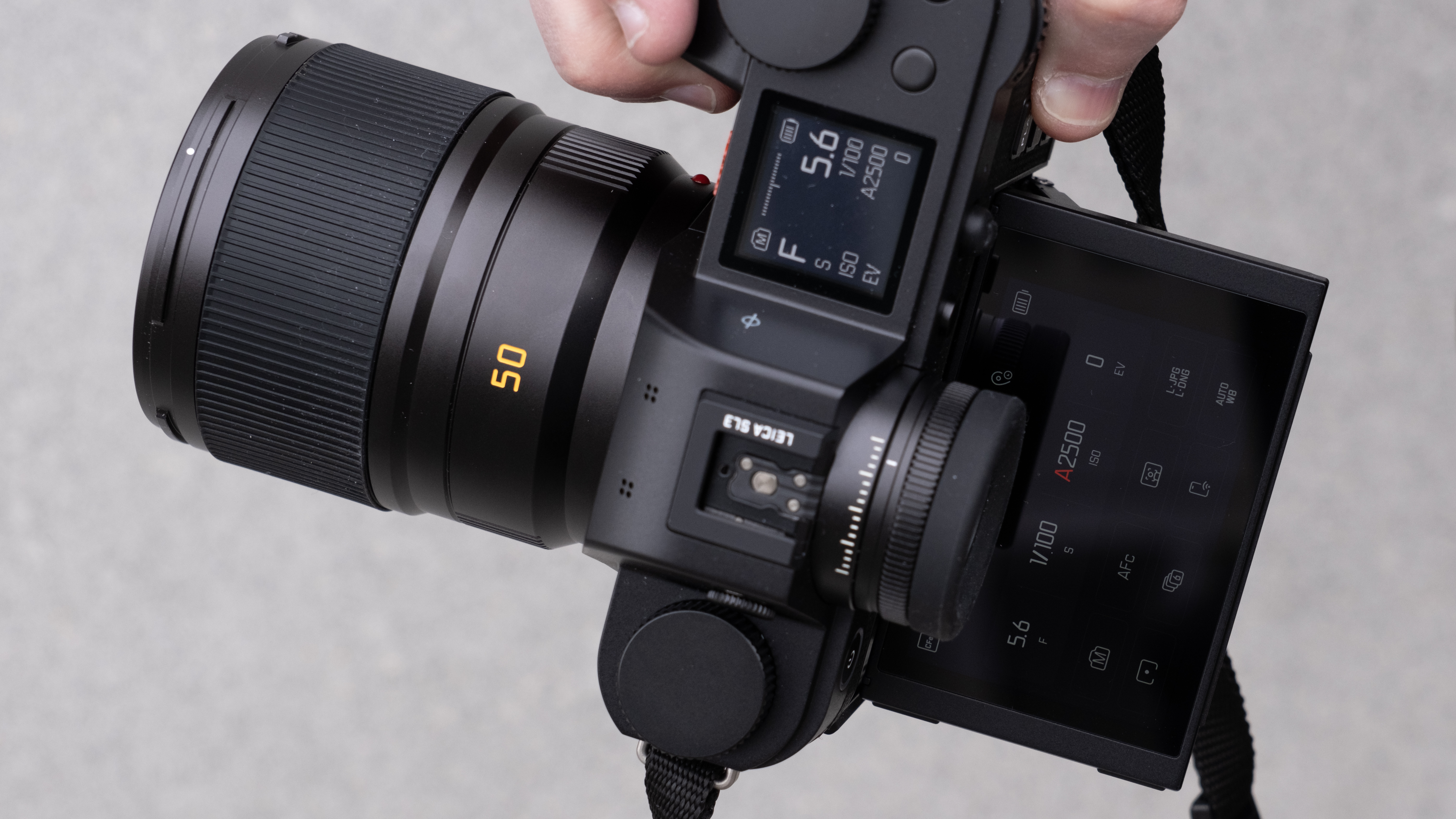
Specifications
Reasons to buy
Reasons to avoid
Leica SL3 sample images
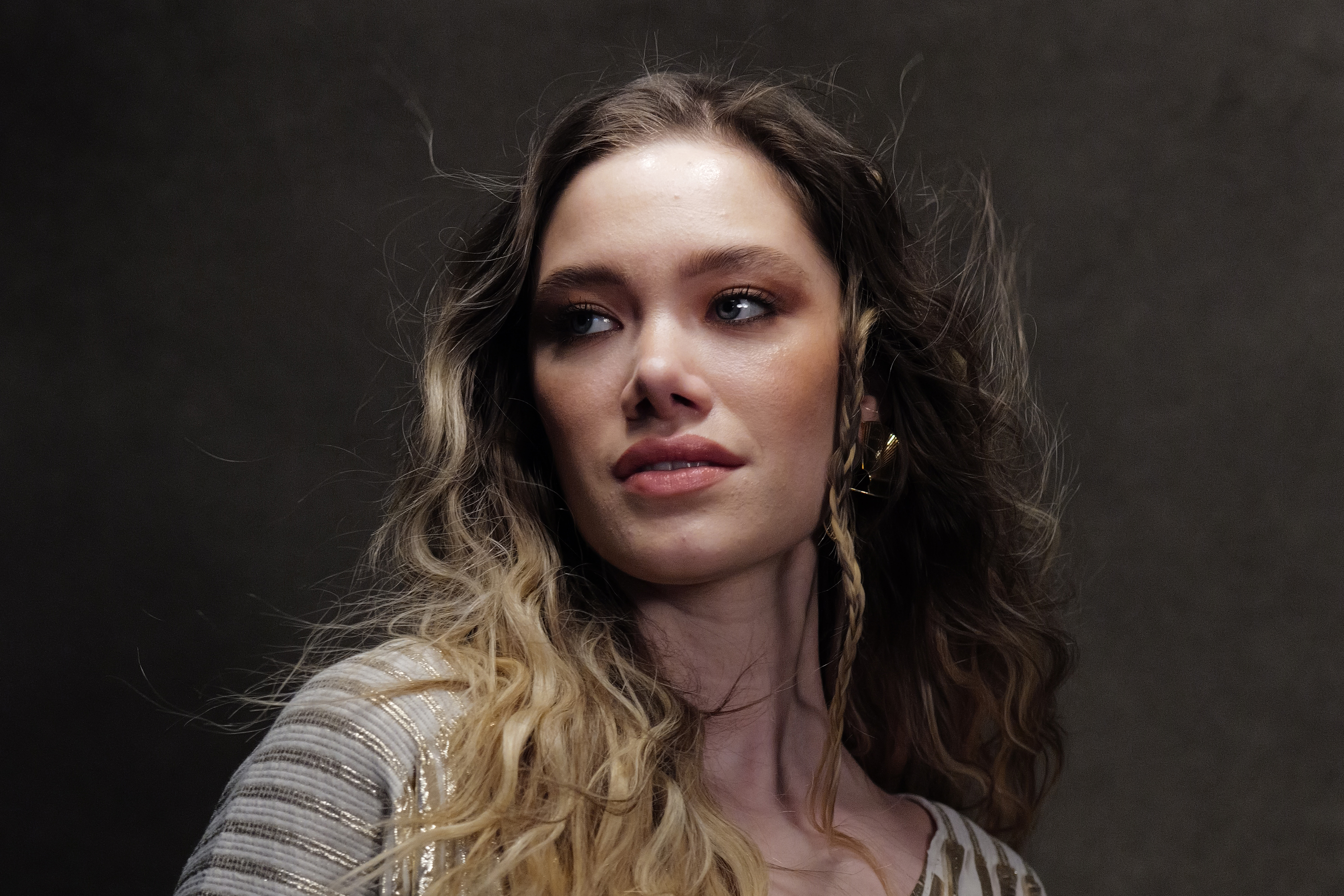
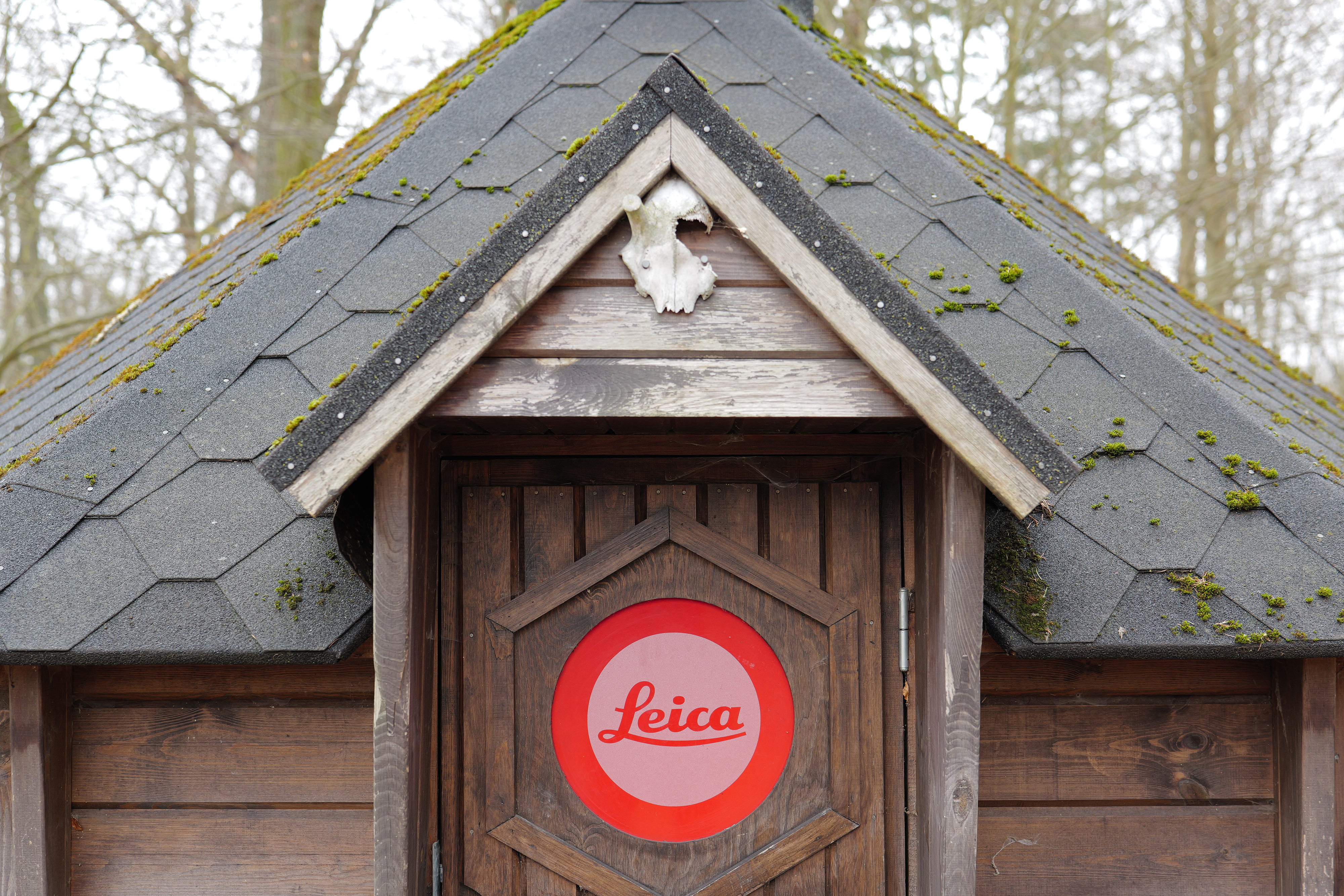
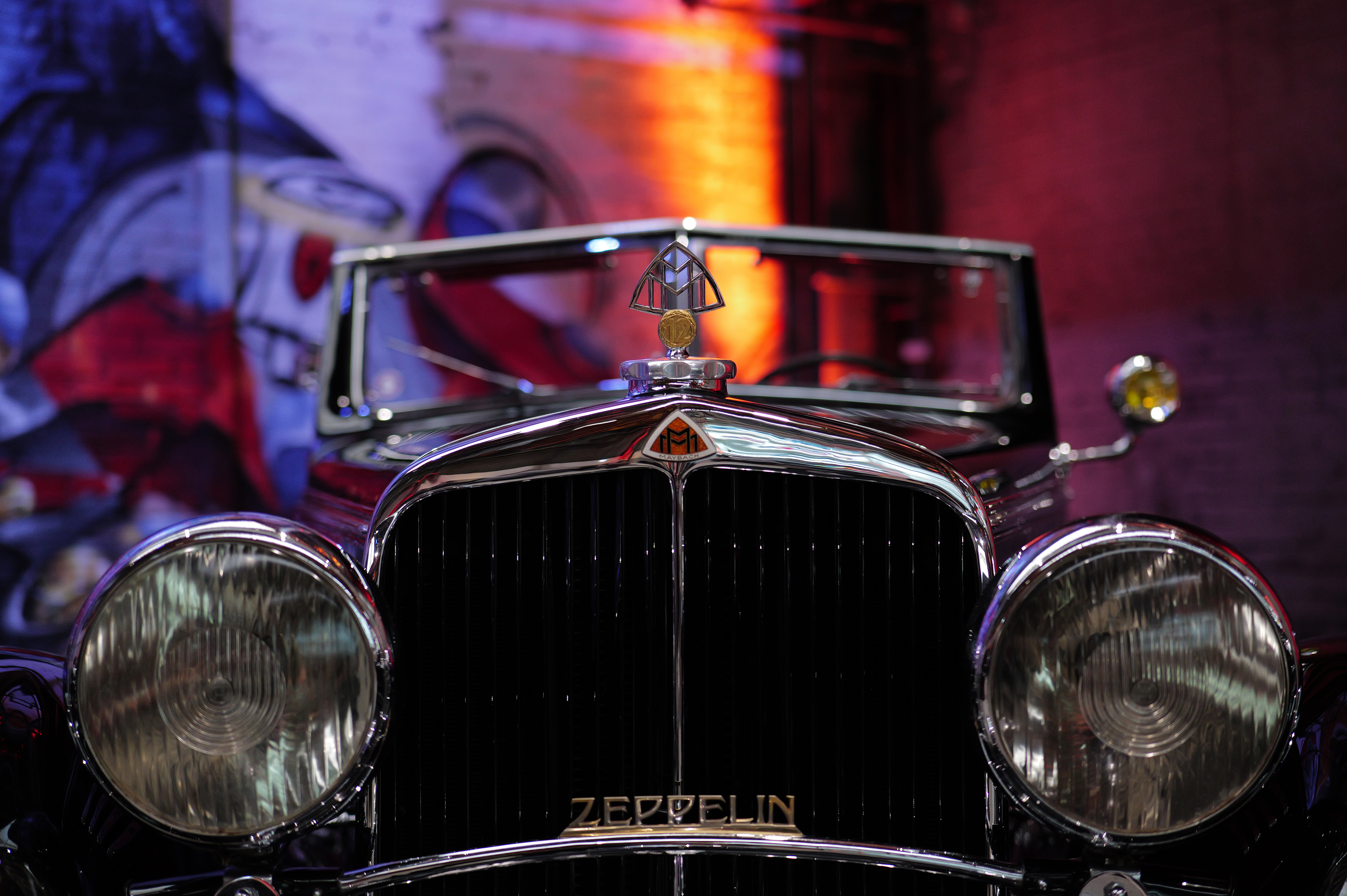

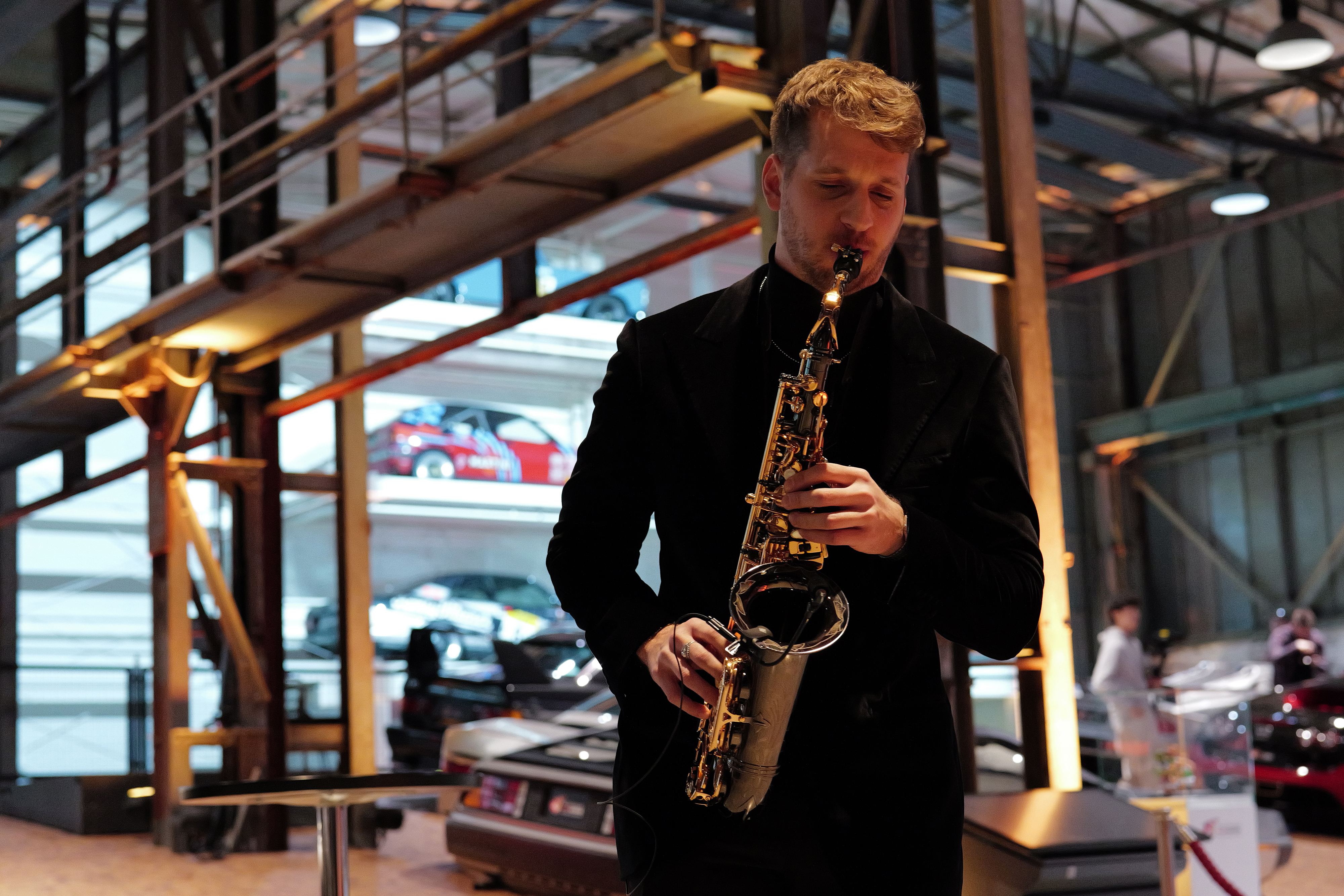

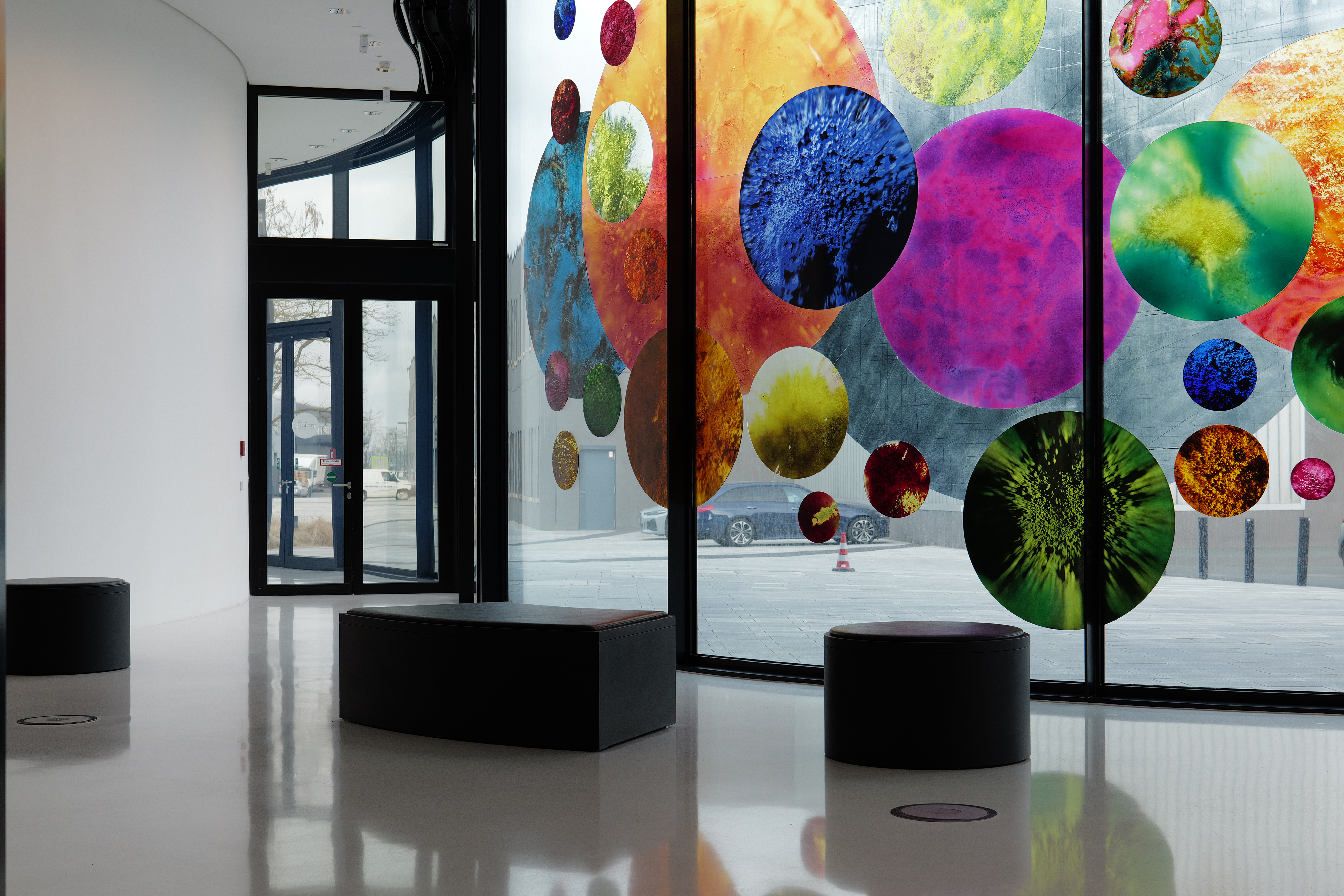
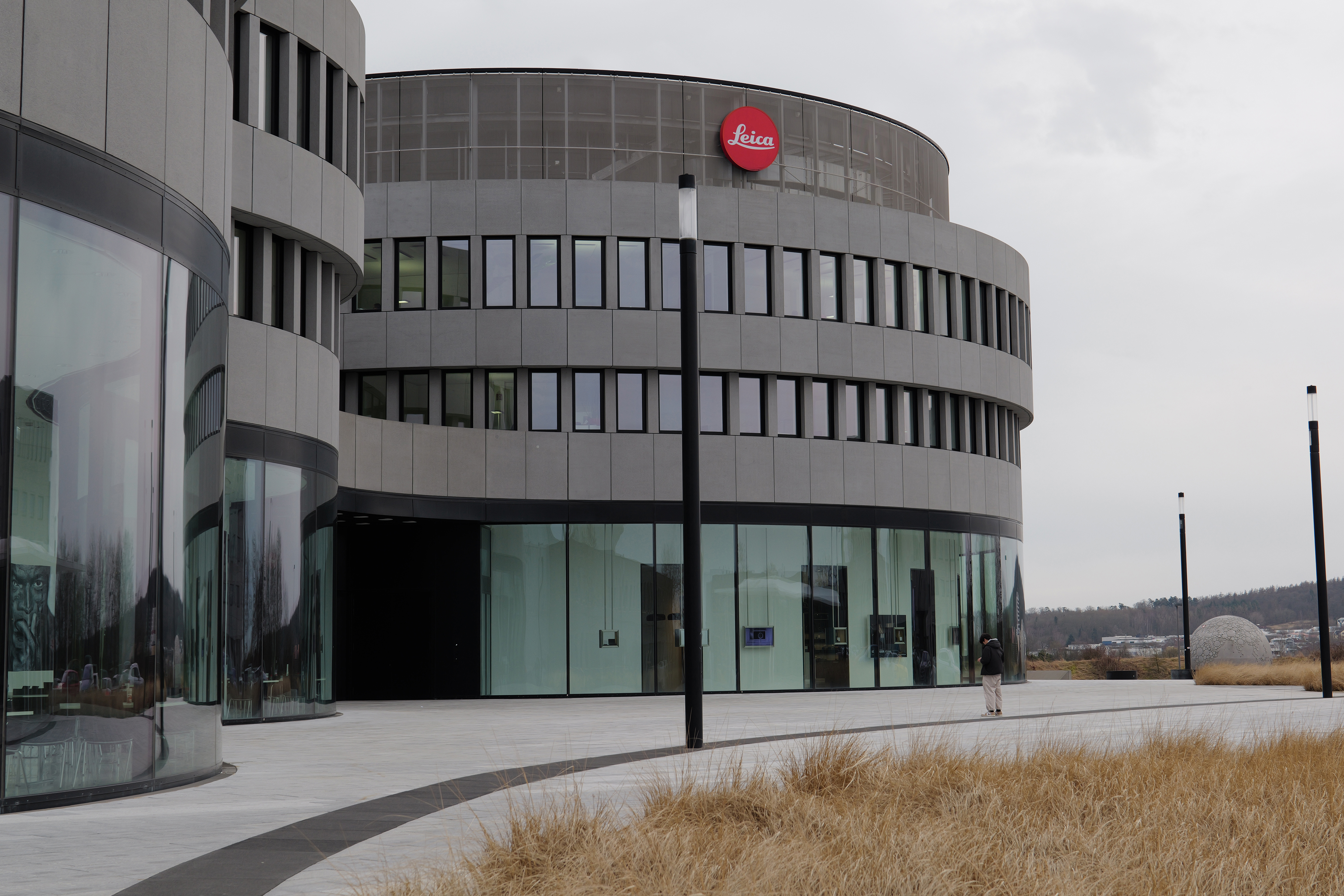
✅ You want to shoot high-res images: The SL3's 60MP sensor is as good as it gets for full-frame image quality.
✅ You appreciate the experience: From the minimalist interface to the build quality, the SL3 is a designer camera.
❌ You care most about value: The Leica label comes with a premium, and Sony A7R V offers better specs for less.
❌ You're invested in another system: The SL3 doesn't do enough to justify jumping ship and investing in new lenses.
It’s not perfect but, based on our in-depth review, we think the SL3 is Leica’s best full-frame mirrorless all-rounder yet. Equipped with a 60MP sensor, our tests found it capable of producing incredible images, aided by phase-detect autofocus for the first time. Build quality is superlative, while the minimalist interface will appeal to die-hard Leica fans. The tilting touchscreen is a welcome addition, too.
We still identified a few areas for improvement. Battery life was disappointing, while in-body image stabilization is weak when compared to others in this list. The SL3 does offer 8K video capture, but because it tops out at 30fps with 4:2:0 10-bit color sampling, we think its 4K/60p mode will be more useful, with its 4:2:2 10-bit support. But if you’ve got your eye on a Leica workhorse, it’s probably as much for the handling and shooting experience as anything else – and by those metrics, the SL3 excels.
Read more: Leica SL3
The best of the rest full-frame cameras
There are plenty of superb full-frame mirrorless cameras that haven't made our 2025 shortlist. In no particular order, here are our other favorites:
Best Sony overall – Sony A1 II: It might not have the outright speed of the A9 III, nor the 61MP of the A7R V, but the A1 II is Sony's true flagship that melds impressive speeds that even sports photographers will be blown away by, with superb detail thanks to its 50MP sensor and 8K video capture. Overall, it's a twinge better than the Nikon Z8 and Canon EOS R5 Mark II, but not enough to merit the huge difference in price – right now you can get two Nikon Z8's for the price of one Sony A1 II.
Best for beginners – Nikon Z5: Practically as cheap as the Canon EOS RP, the Z5 is Nikon's entry-level full-frame mirrorless camera that, despite its five years, still offers newcomers plenty of quality and excellent handling. It might lack the speed of today's pricier models, but the 24MP stills supported by in-body image stabilization look great, even if a better autofocus performance would be welcome. If you're seriously into video, you will want to look at other models for similar money, such as the Lumix S5.
Best for filmmakers – Blackmagic Cinema Camera 6K: If movie making is your thing, then we think the Blackmagic Cinema Camera 6K is your best bet for the money. You get stunning 6K raw video and a super slick workflow with Davinci Resolve (included with a purchase of the camera). You won't get the same finesse as other mirrorless cameras in this guide for photography, nor do you get in-body image stabilization or comparable autofocus performance, but make no mistake this is the best bang for buck for a full-frame camera for filmmakers.
How to choose the best full-frame mirrorless camera
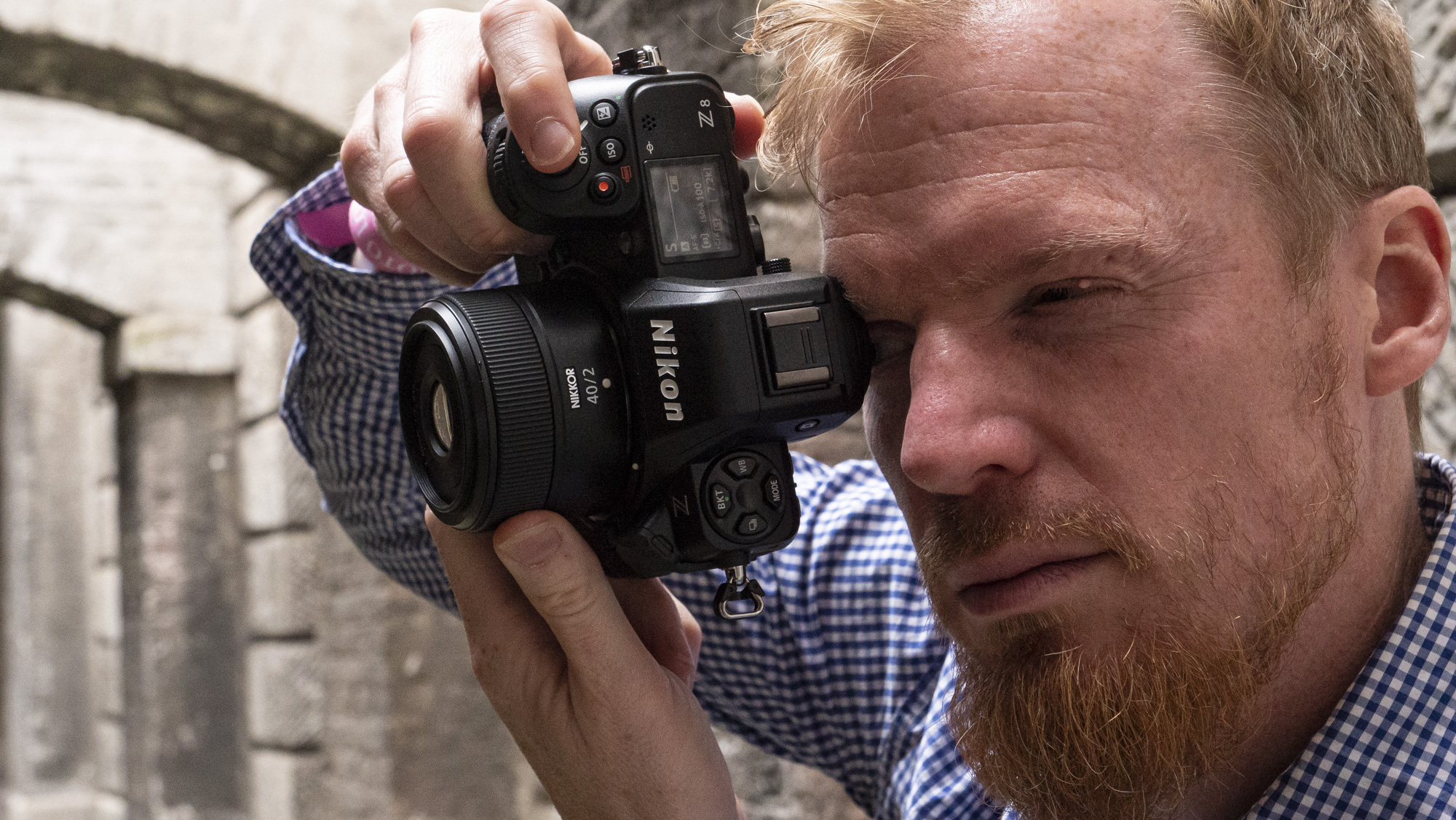
How do I choose the best full-frame mirrorless camera?
With the latest full-rate mirrorless cameras offering such cutting-edge performance, the question is what to look for when deciding which is right for you. There's obviously the sensor at the heart of the camera, but it's also worth looking at the current lens options available, and what lenses manufacturers have said are in development.
There's not a lot of point in buying a great camera if the lenses you'd like to use don't exist or are out of your price range. You might also be able to use existing lenses from anything you're currently using, via an adapter, so it's always worth checking out the adapter situation too.
If you're somebody who shoots burst of images frequently – for example sports and action photographers – make sure you not only check the burst rate, but also the burst depth. The latter specification will indicate how long can you keep shooting for, and is also very important to consider. Continuous focus may decreases these figures, so keep an eye on that in the spec shoot, too.
For videographers, you may find that you'll be better served by a camera with a lower-resolution sensor rather than a very high pixel count one. Make sure to also check the shooting options you have in terms of video frame rates, as well as ports for microphones and headphones. If you do a lot of video shooting, you might want to check out our round-up of the best video cameras for more video-focused suggestions.
The design and resolution of electronic viewfinders (EVFs) and LCD screens vary considerably across these models. Some EVFs are large and detailed, others less so. The LCD screens also sometimes tilt, sometimes swivel and occasionally do neither, although almost all now are touch-sensitive – great for things like setting the focusing point.
Finally, it’s also worth considering the age-old mirrorless vs DSLR debate. While mirrorless cameras are very much the future of photography, there are still a number of full-frame DSLR cameras available which might suit you better if you value an ergonomic grip or an optical viewfinder. Take a look at our full list of the best full-frame cameras to find out more.
Meet the team
Our expert team of reviewers has amassed thousands of hours testing the latest camera gear in real world situations, tracking the last 20 years.

As Cameras Editor, Tim looks after all cameras content on Tech Radar. This includes buying guides, opinions, reviews and news, and covers anything from mirrorless cameras to film and smartphones. He has been cutting his teeth in the photo and video industry for almost 20 years.

Mark is TechRadar's Senior news editor and has been a technology journalist since 2004. Formerly Trusted Reviews and TechRadar's cameras editor, Mark has tested cameras over many years from all of the leading brands.

Amy has been writing about cameras, photography and associated tech since 2009. Amy was once part of the photography testing team for Future Publishing working across TechRadar, Digital Camera, PhotoPlus, N Photo and Photography Week.
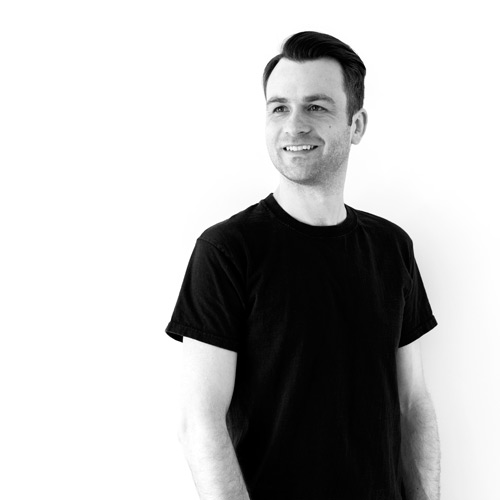
James Abbott is a professional photographer and freelance photography journalist. He contributes articles about photography, cameras and drones to a wide range of magazines and websites where he applies a wealth of experience to testing the latest photographic tech.
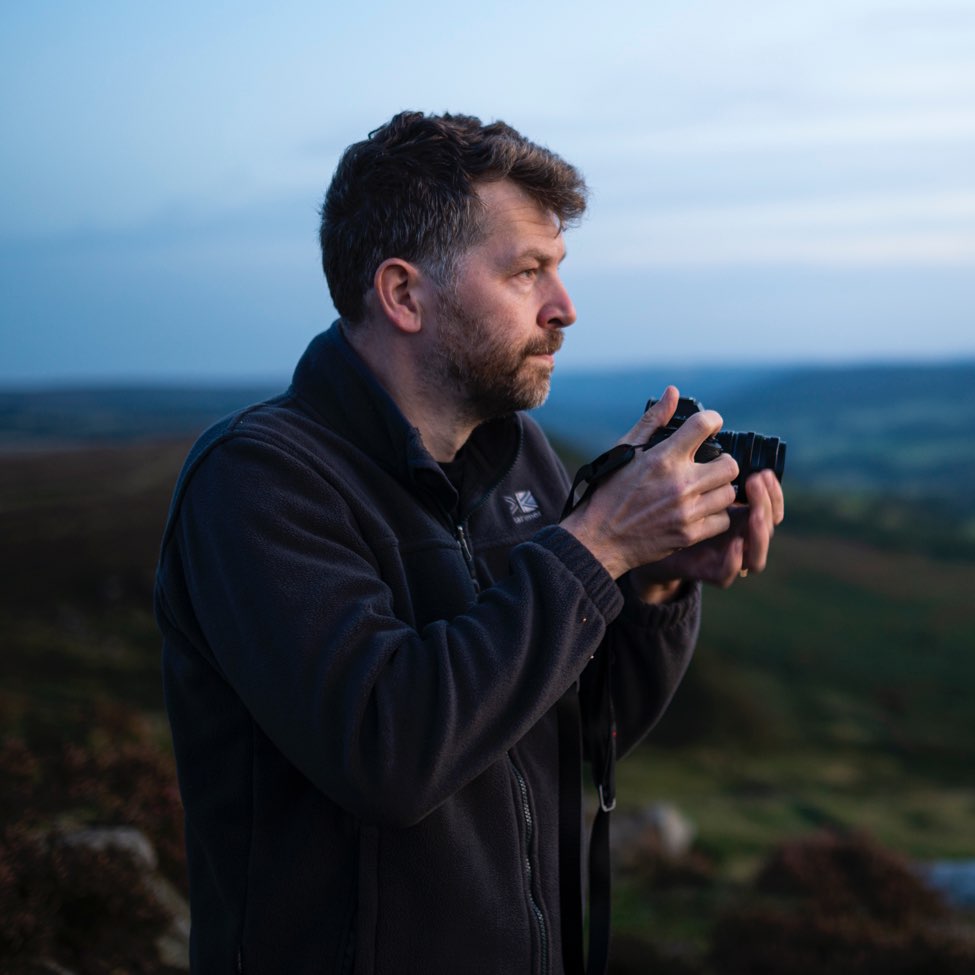
Richard Sibley is a photographer and writer passionate about travel and landscape photography. With over 15 years of experience writing and reviewing in the photo industry, he was formerly Deputy Editor at Amateur Photographer magazine and has had his words and images published in numerous other magazines and websites.
How we test DSLRs
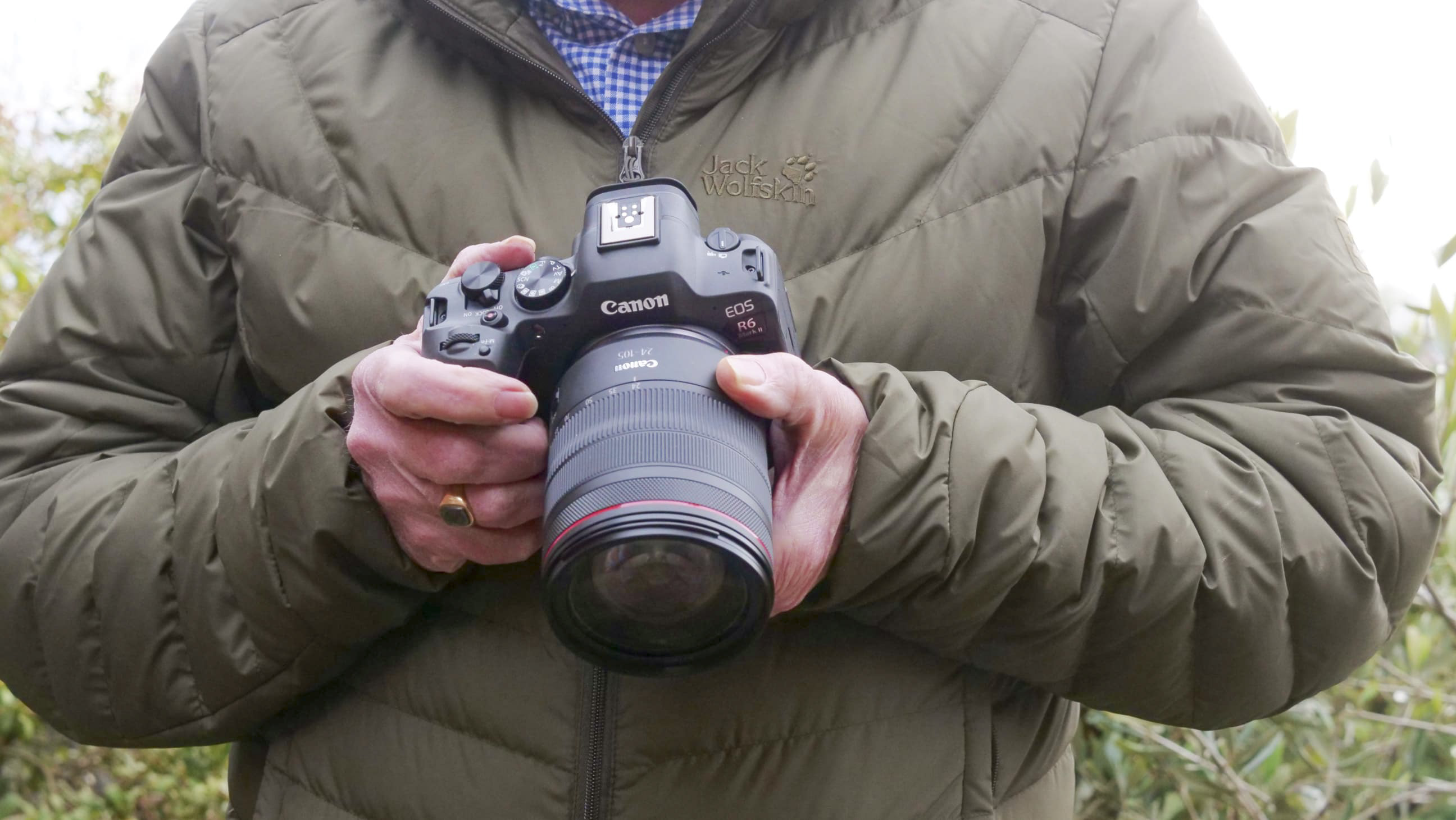
☑️ 100s of cameras reviewed
☑️ 15 years of product testing
☑️ Over 16,000 products reviewed in total
☑️ Nearly 200,000 hours testing tech
Even the cheapest full-frame mirrorless cameras represent a sizeable investment. That's why every camera in this guide has been comprehensively tested by our expert team. We believe that real-world tests are the most useful way to assess a camera's performance and character, so we focus heavily on these – although we do also carry out standardized tests for factors such as ISO performance.
To begin with, we consider each camera's design, handling and controls to get a sense of who it's aimed at, and what kind of photographer would most enjoy using it. We'll try shooting with it handheld, to get a feel for its accessibility and comfort in the kind of scenarios where it's most likely to be used. We'll also set it up on a tripod for a full assessment.
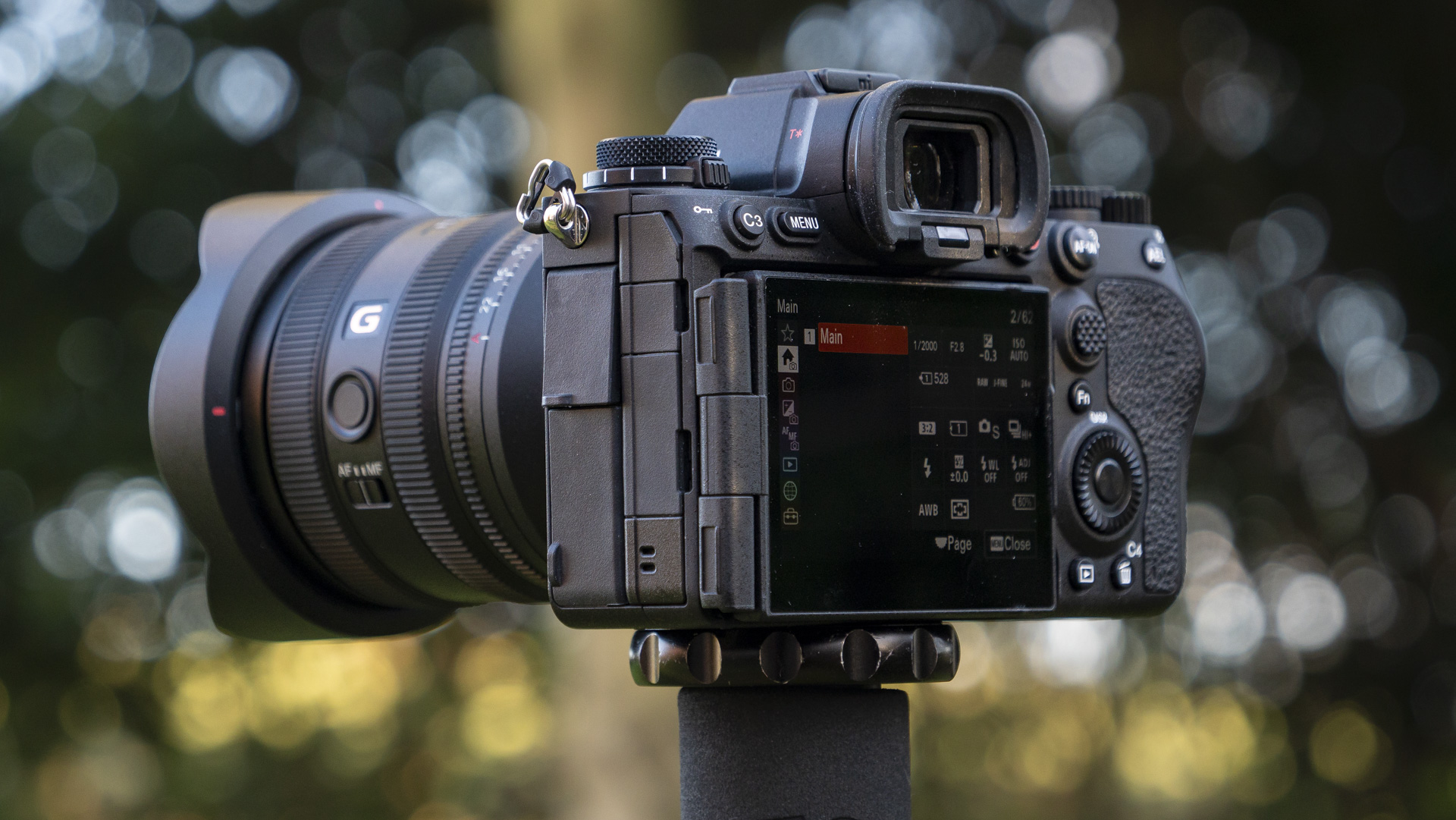
When it comes to testing a full-frame mirrorless camera's performance, we'll use a formatted memory card to shoot both raw and JPEG stills. We'll dial in our regular test settings (1/250 sec, ISO 200, continuous AF) and time the camera's burst speeds to see if it lives up to its claimed figures. We'll also keep an eye on how quickly the buffer clears, both for raw and JPEG files.
Where relevant, we also test each camera's autofocus modes in different lighting conditions. For most modern full-frame mirrorless cameras, this includes testing the effectiveness of subject-detection autofocus – specifically how well it picks up and tracks targets. We'll also test Face and Eye AF modes in single, area and continuous AF modes.
We'll also shoot a range of stills in different styles, including portrait, landscape and macro, to check the consistency of a camera's metering, as well its sensor's ability to resolve fine detail.
Because full-frame sensors are often favored for their light-gathering abilities, we'll perform a number of tests in low-light conditions. The idea is to push a camera's ISO levels up in increments, to find the point at which detail is lost and results are no longer usable.
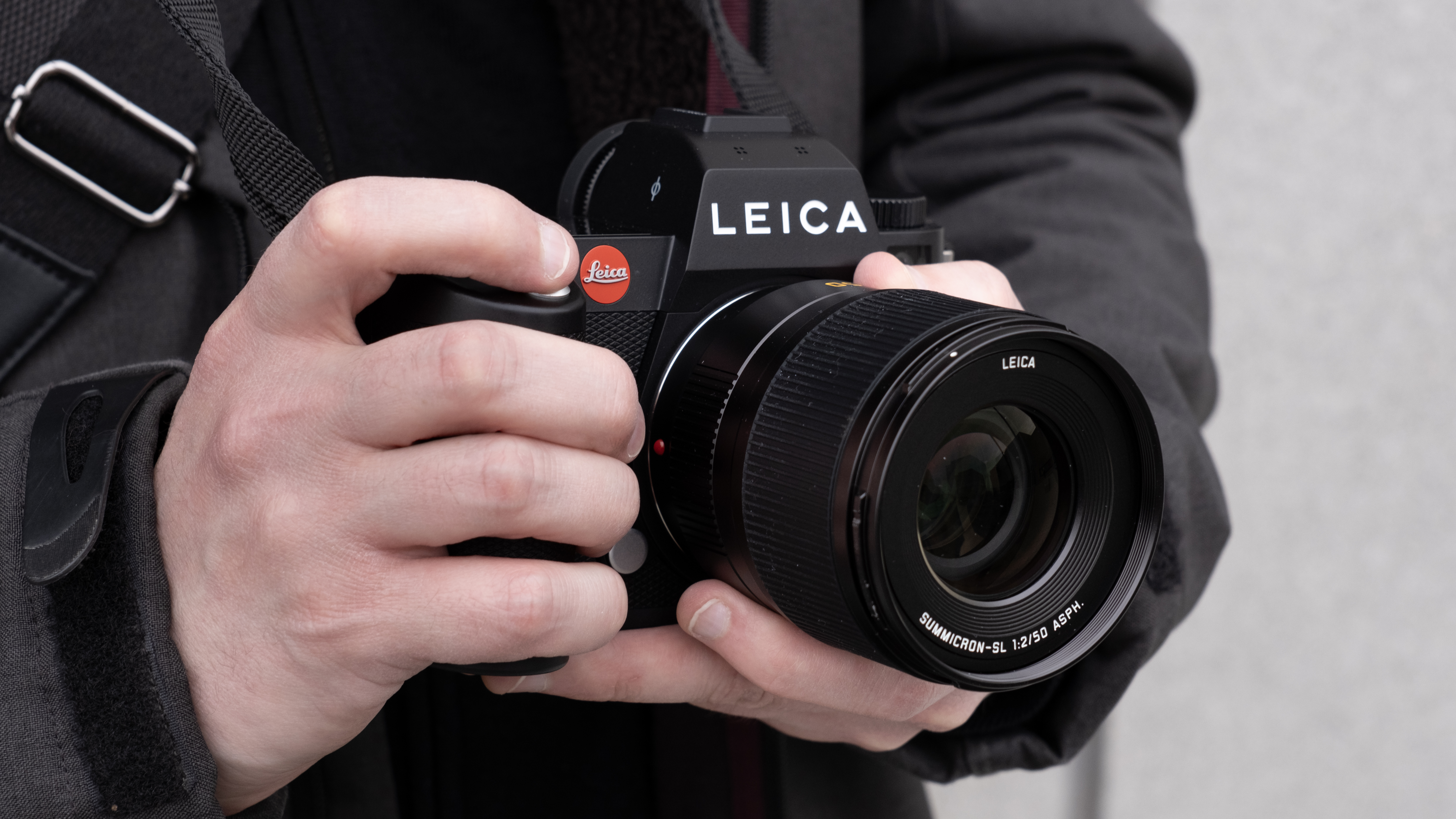
Because most full-frame mirrorless cameras are also capable of shooting high-quality video, recording plays a key part in our tests. To check video performance, we'll capture a series of clips at a camera's highest possible resolution and frame rate, shooting handheld in the kind of situations videographers are likely to cover. We'll also test slow-mo performance, capture panning shots to check for rolling shutter, and shoot in high-contrast conditions to assess the effectiveness of auto-exposure.
Battery life is also tested in a realistic way. We'll put each camera through a day of mixed use, with the display on its default settings, until the battery runs out. This gives us a holistic measure of battery performance. We'll the spend another full day shooting only stills, before counting the number of shots until the battery drained, to see how this figure compares to the camera's CIPA rating.
Based on all of the above, we'll form an overall assessment of how a camera performed, both as a standalone and when compared to the competition. We'll then think about the value it offers, before reaching our final verdict.
Get daily insight, inspiration and deals in your inbox
Sign up for breaking news, reviews, opinion, top tech deals, and more.

Tim is the Cameras editor at TechRadar. He has enjoyed more than 15 years in the photo video industry with most of those in the world of tech journalism. During his time as Deputy Technical Editor with Amateur Photographer, as a freelancer and consequently editor at Tech Radar, Tim has developed a deeply technical knowledge and practical experience with cameras, educating others through news, reviews and features. He’s also worked in video production for Studio 44 with clients including Canon, and volunteers his spare time to consult a non-profit, diverse stories team based in Nairobi. Tim is curious, a keen creative, avid footballer and runner, and moderate flat white drinker who has lived in Kenya and believes we have much to enjoy and learn from each other.
- Chris Rowlands
- Mark WilsonSenior news editor
- Sharmishta SarkarManaging Editor (APAC)